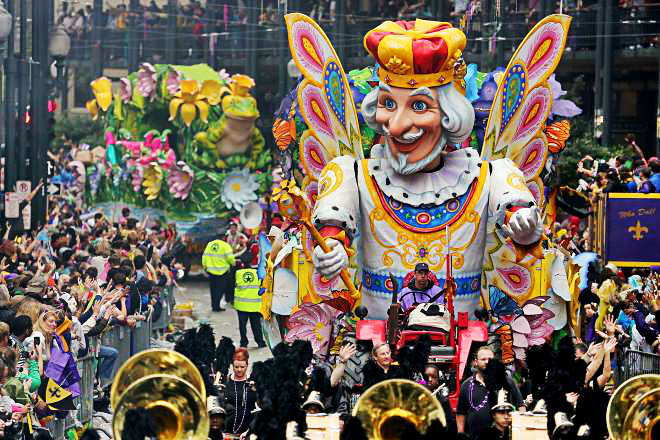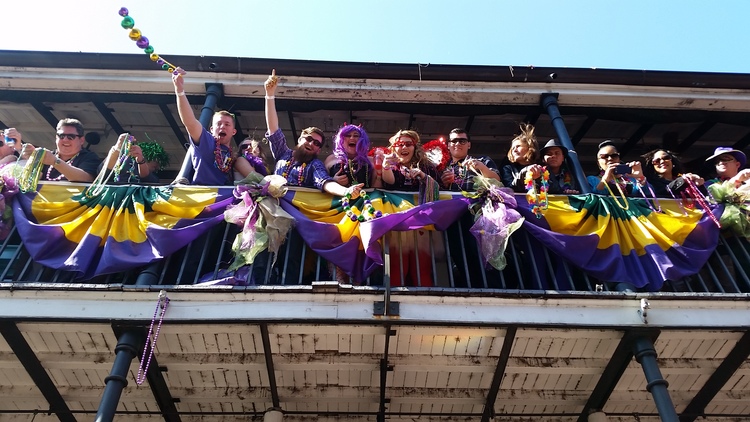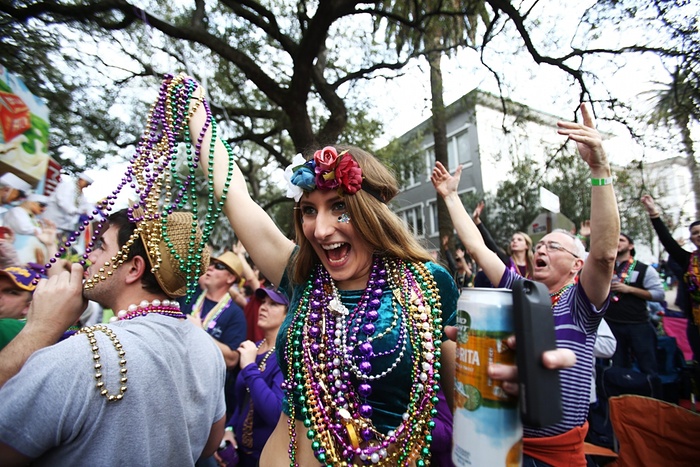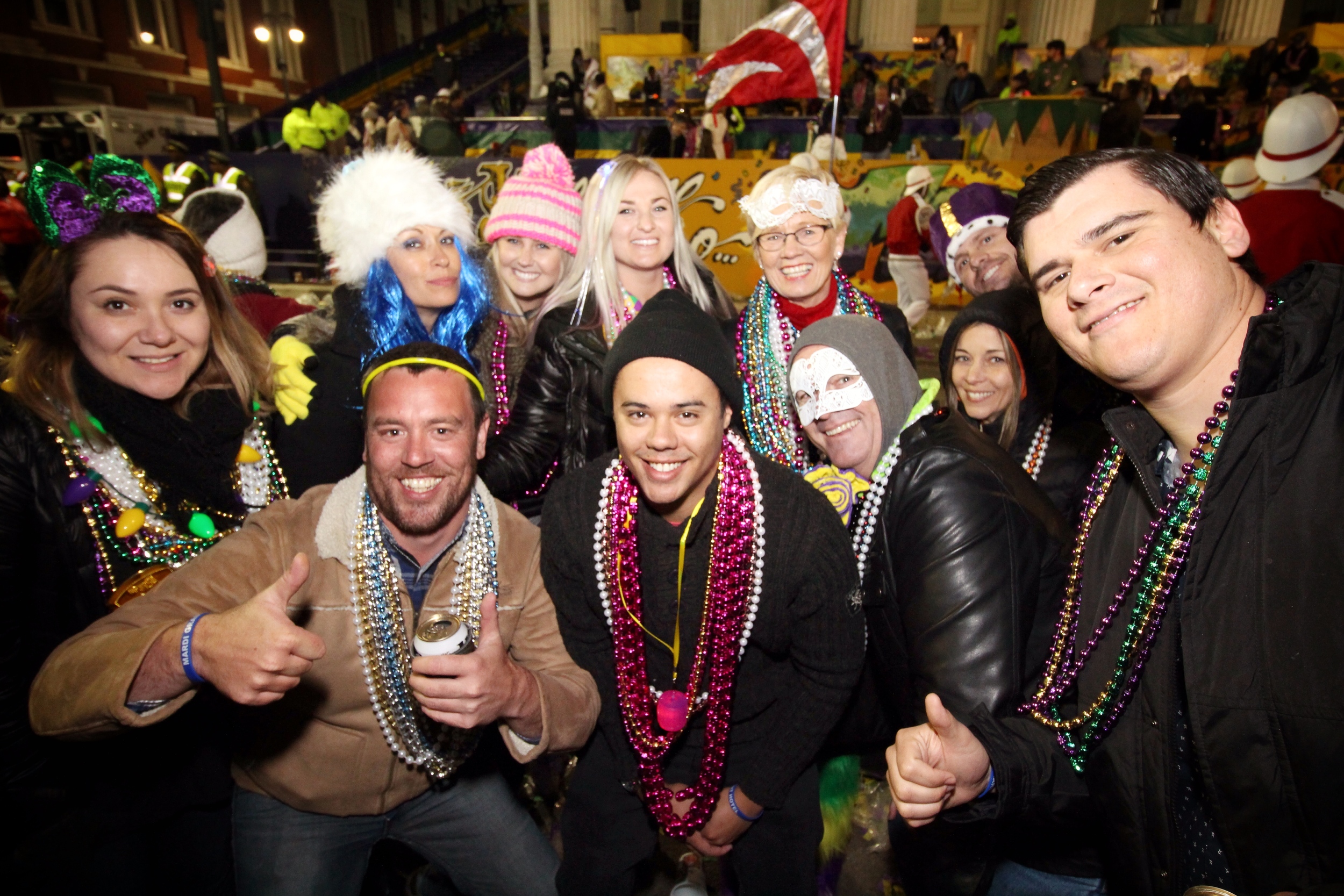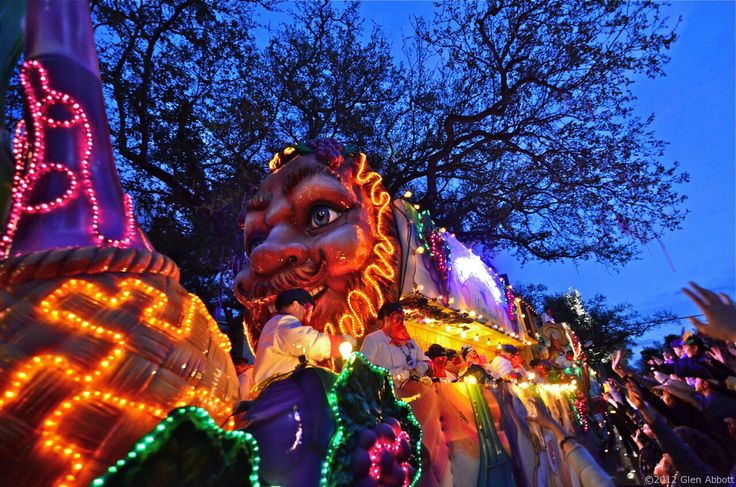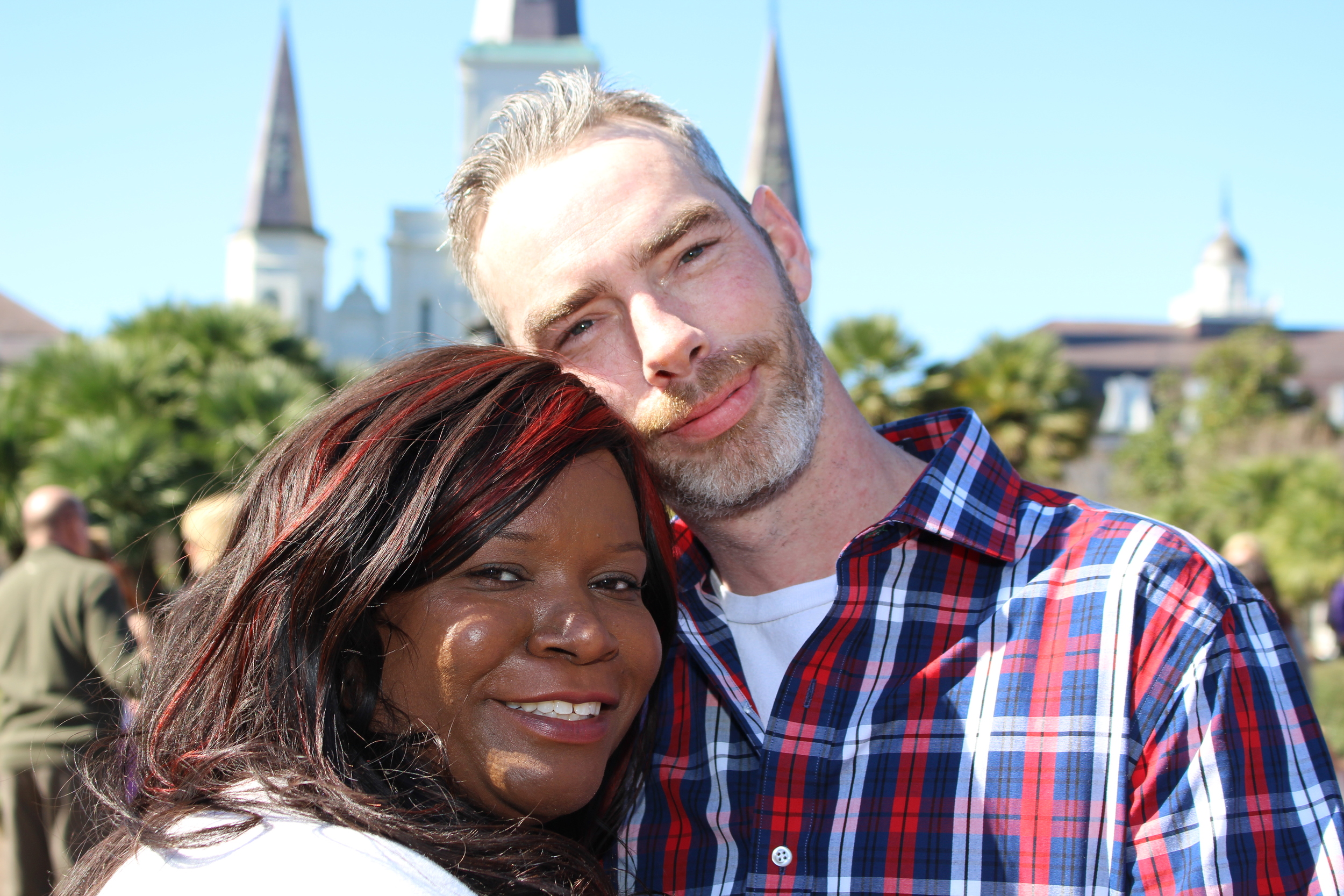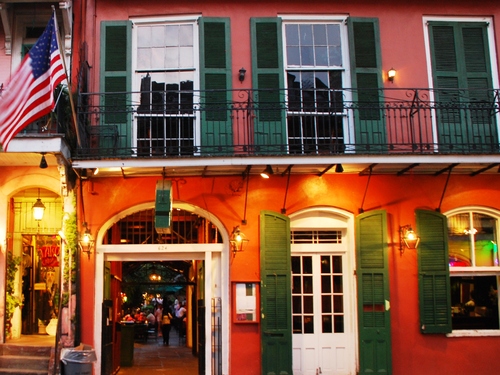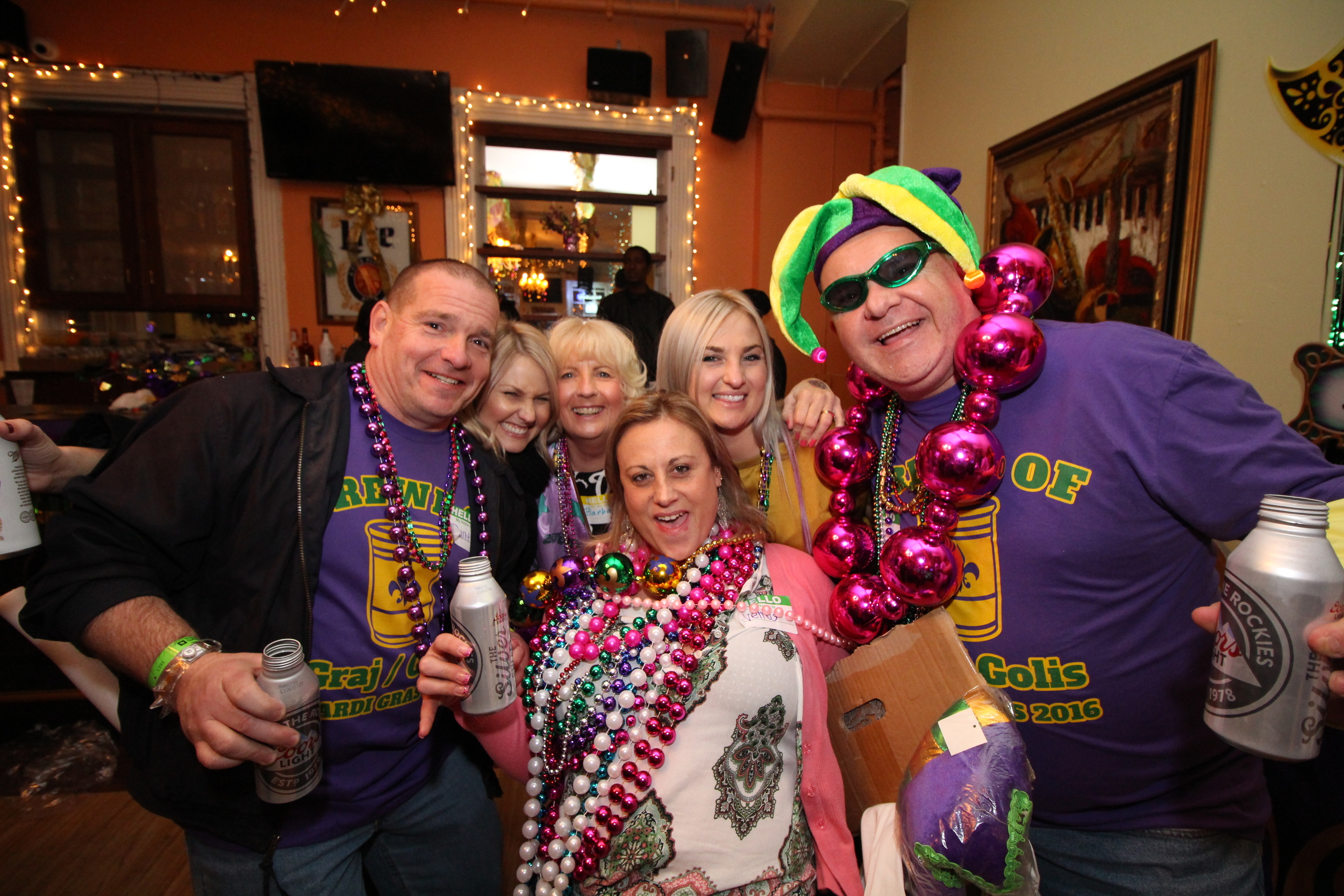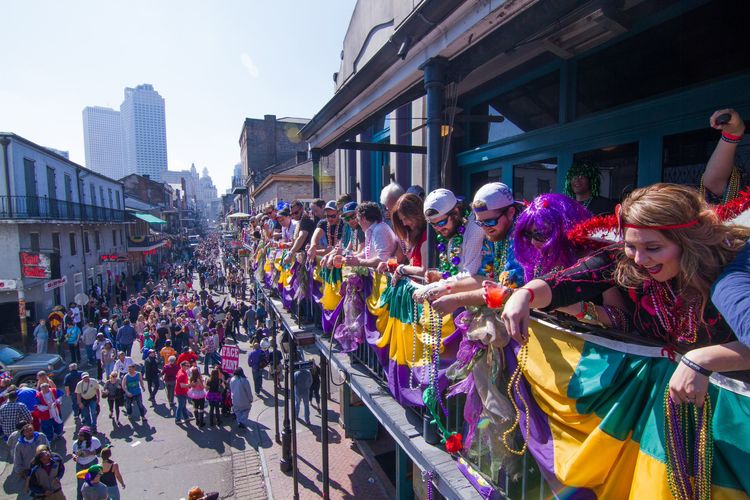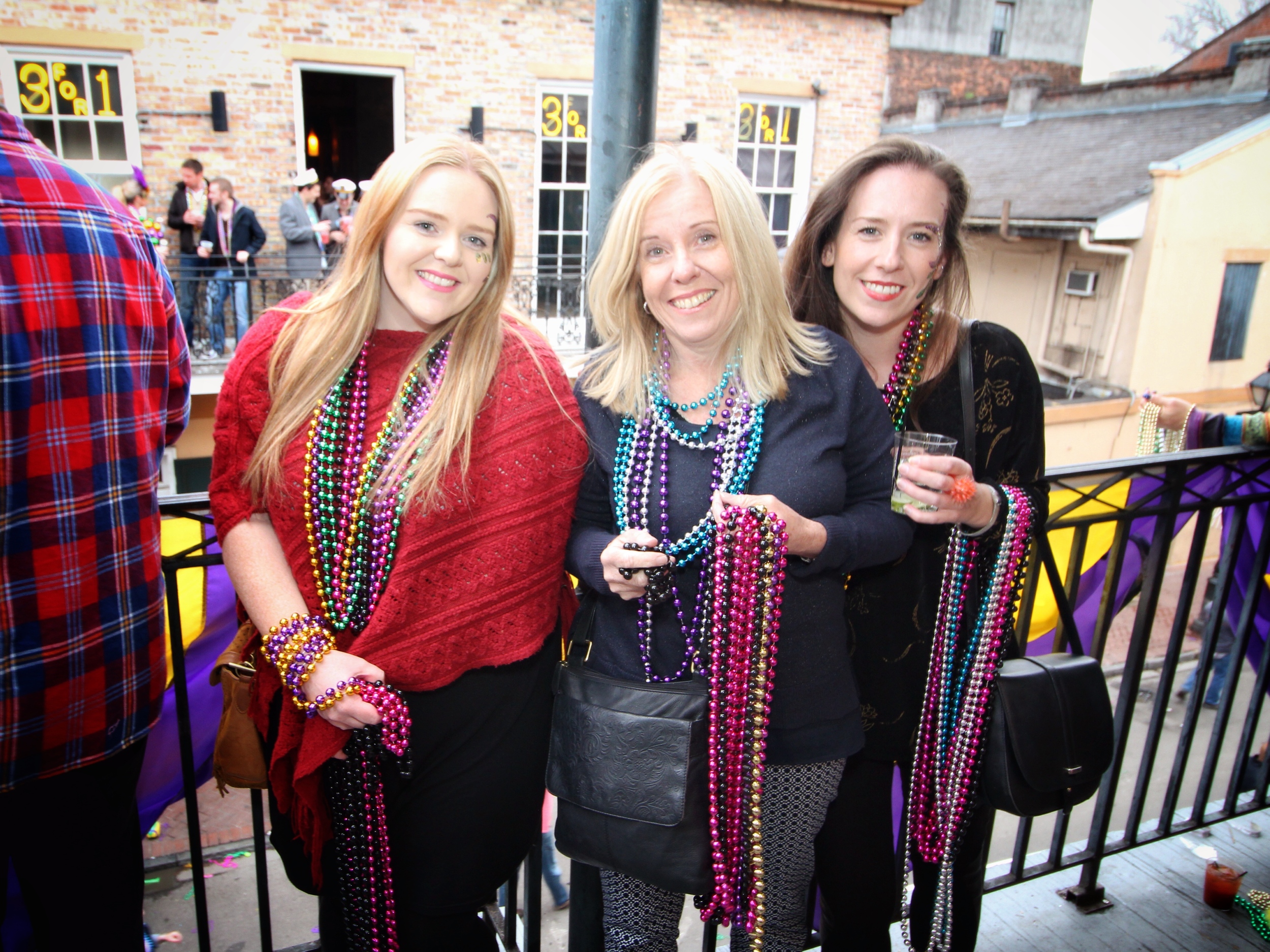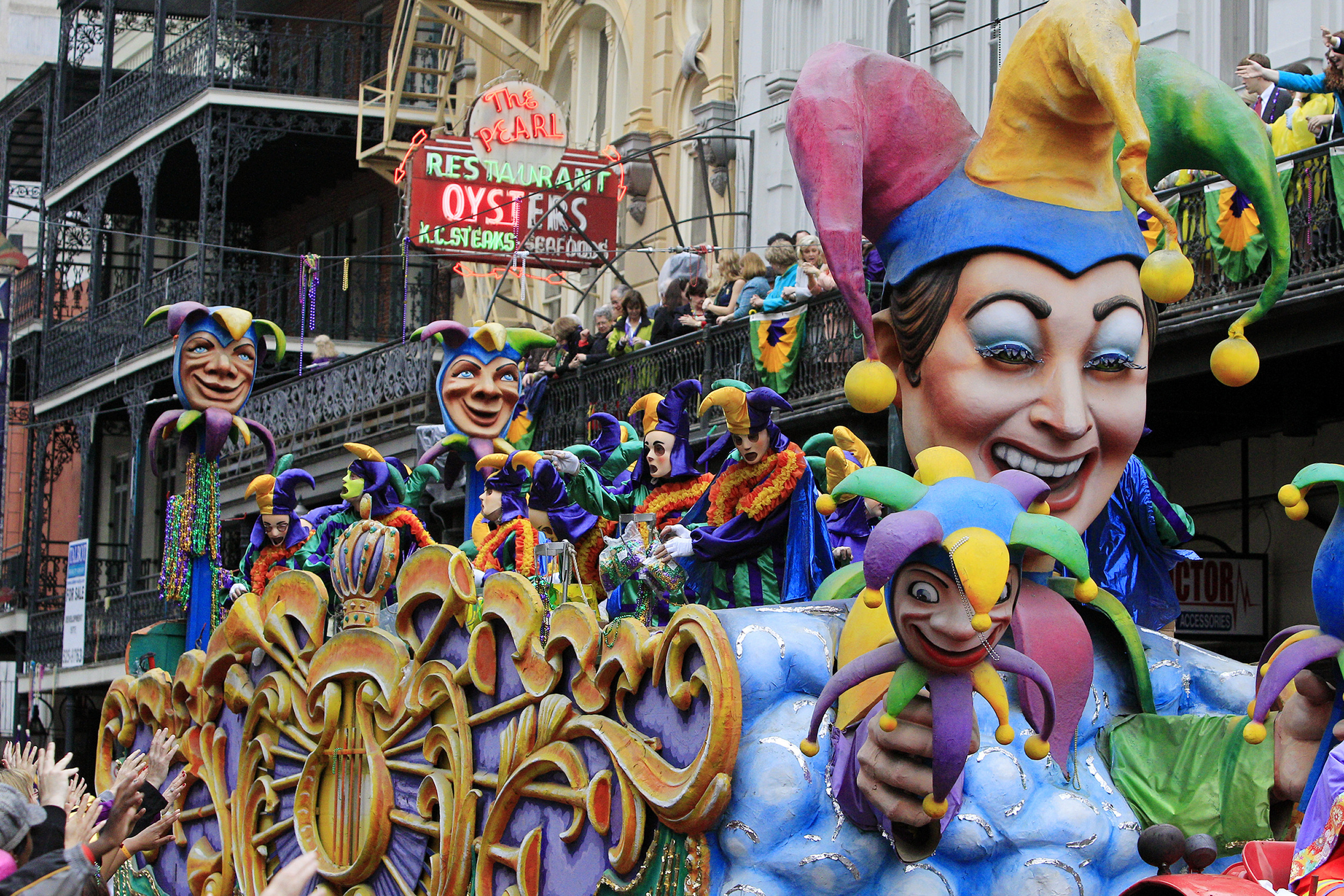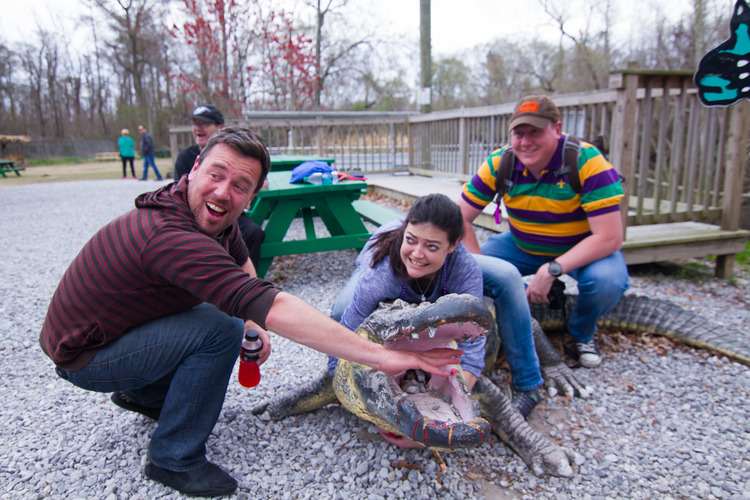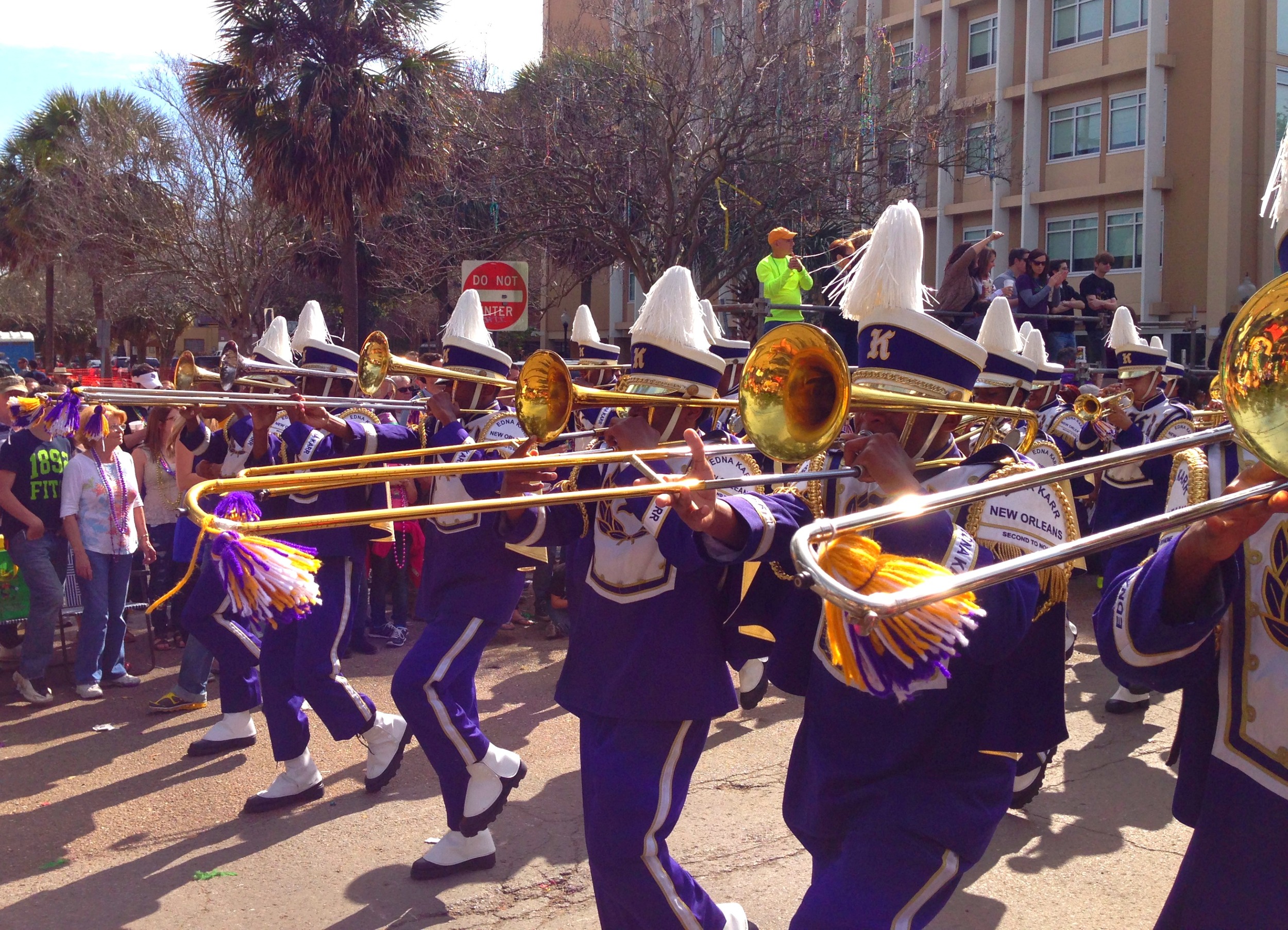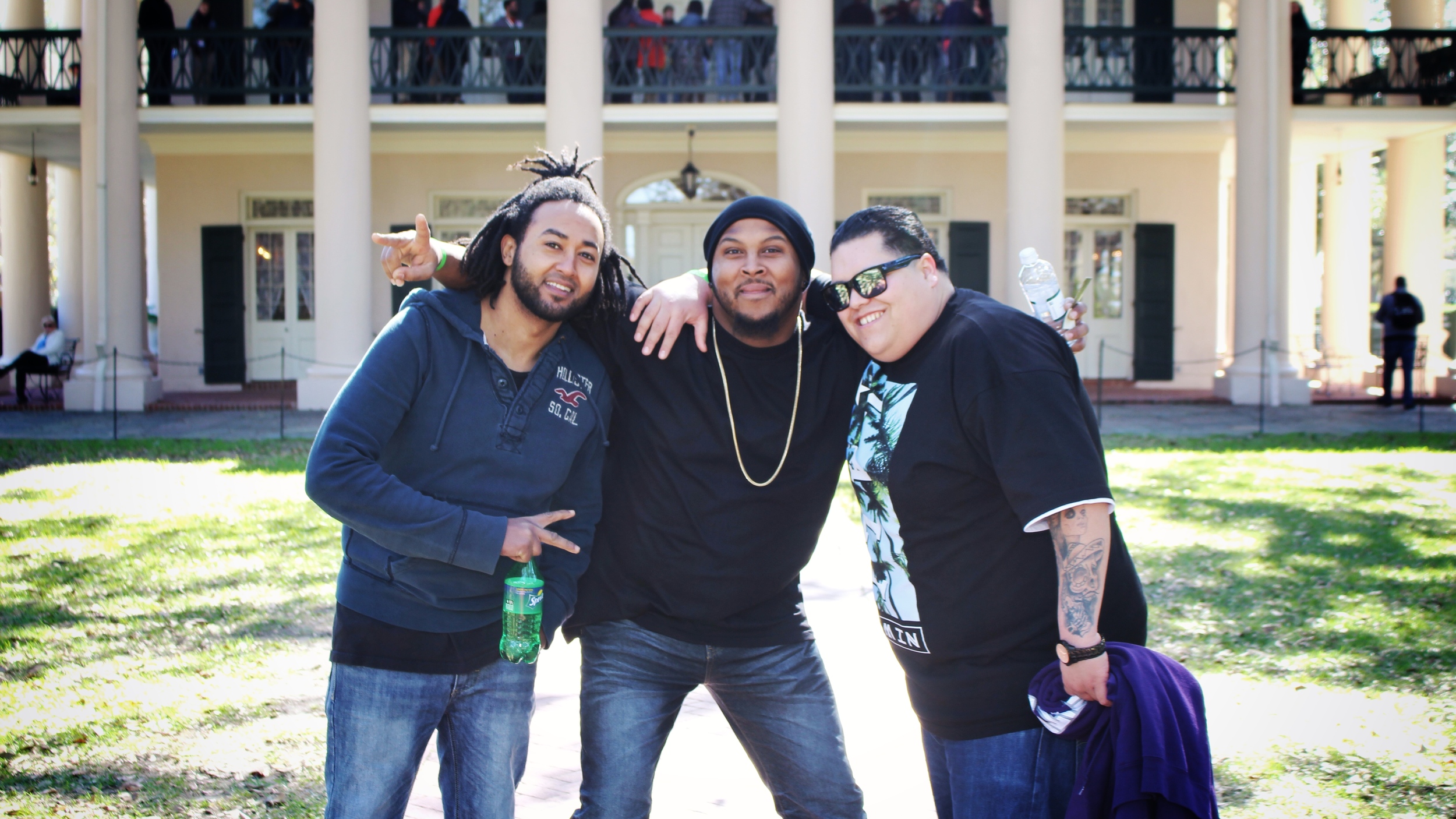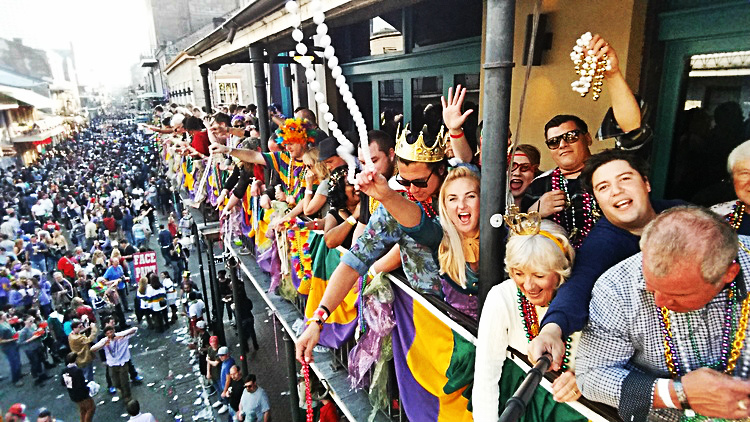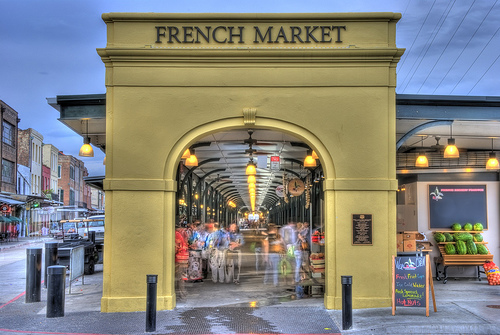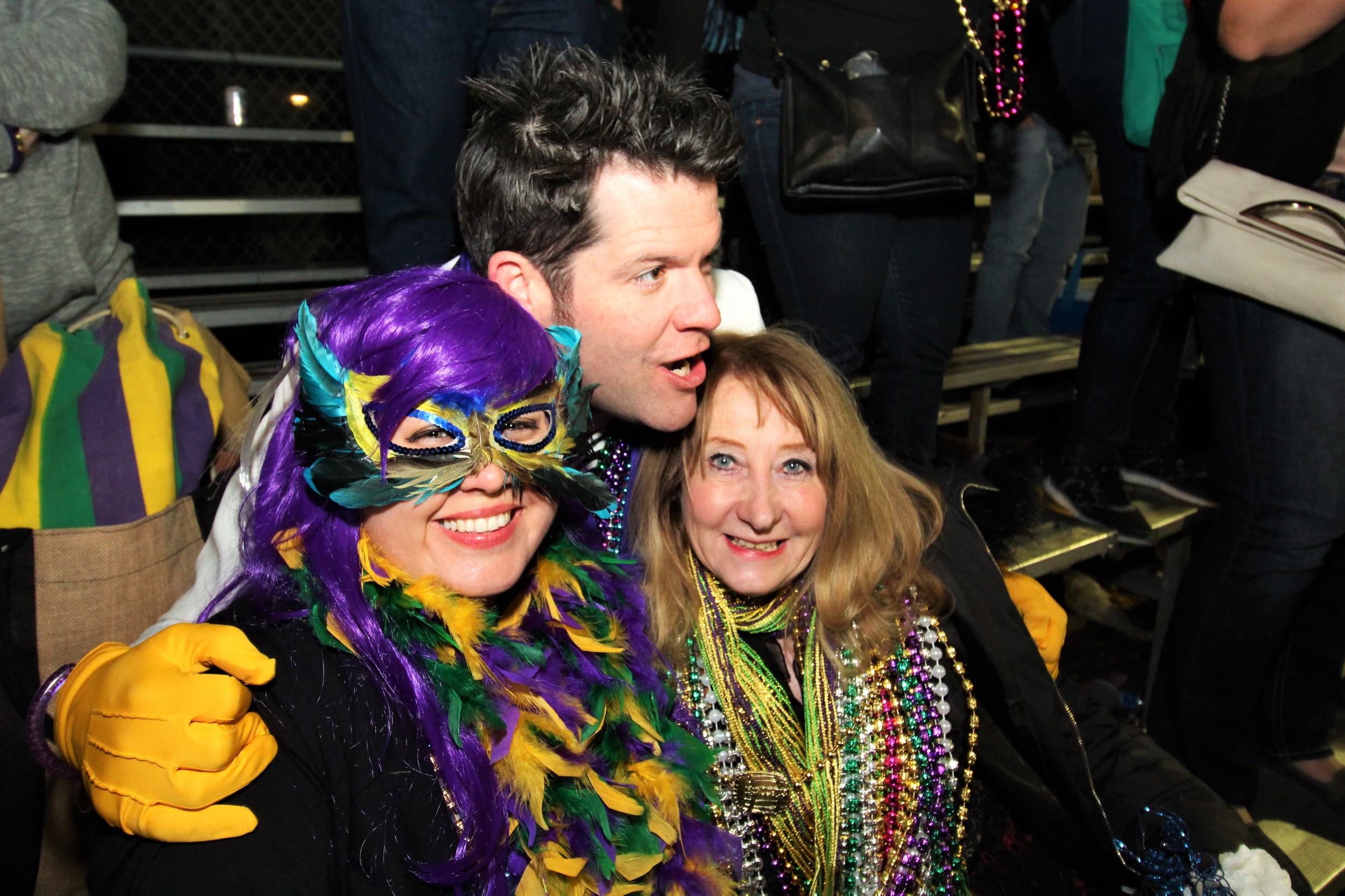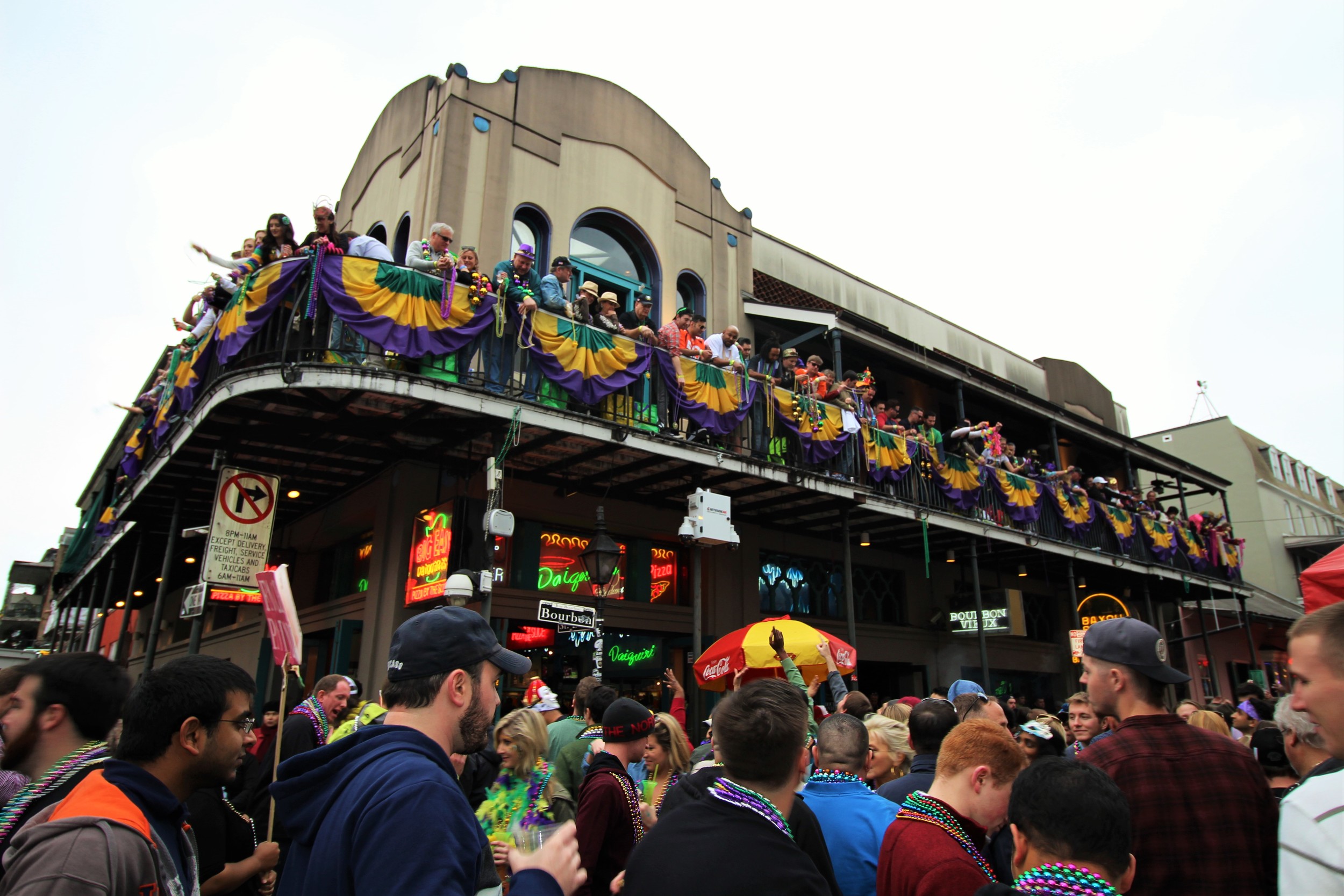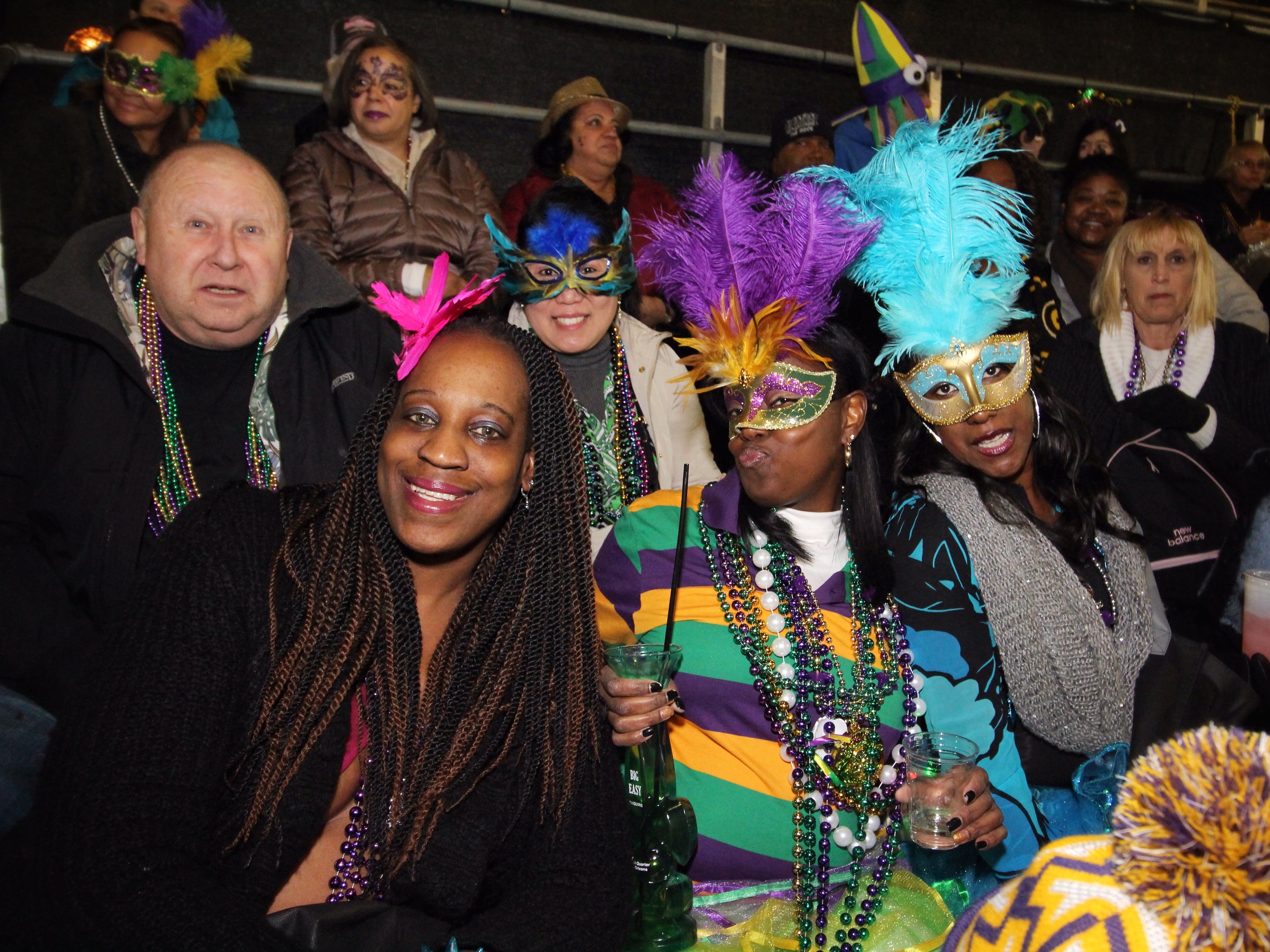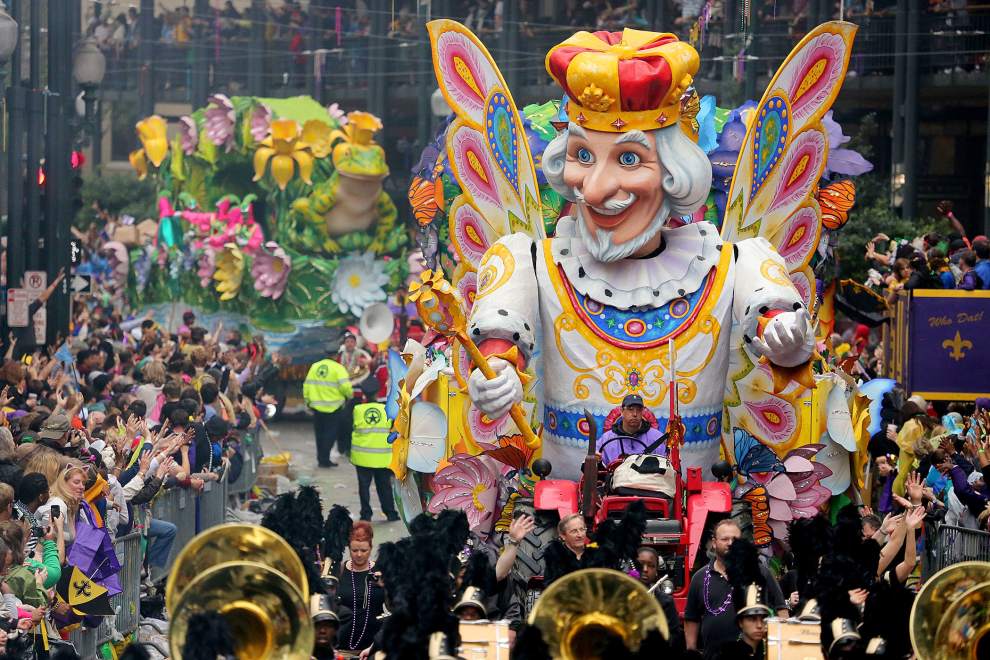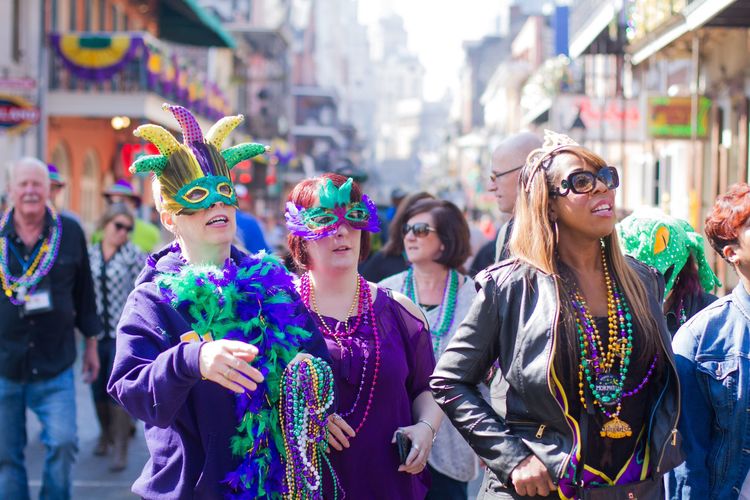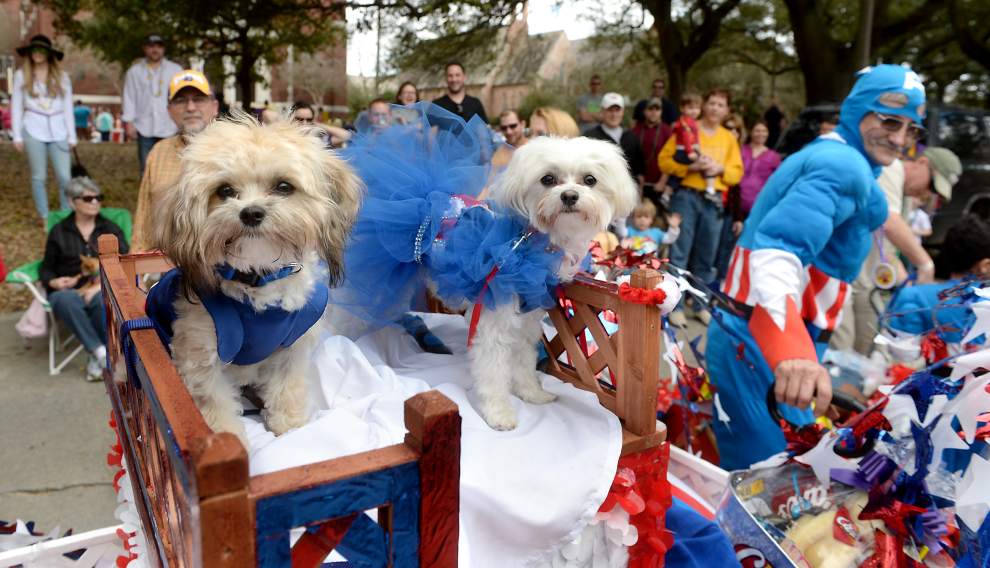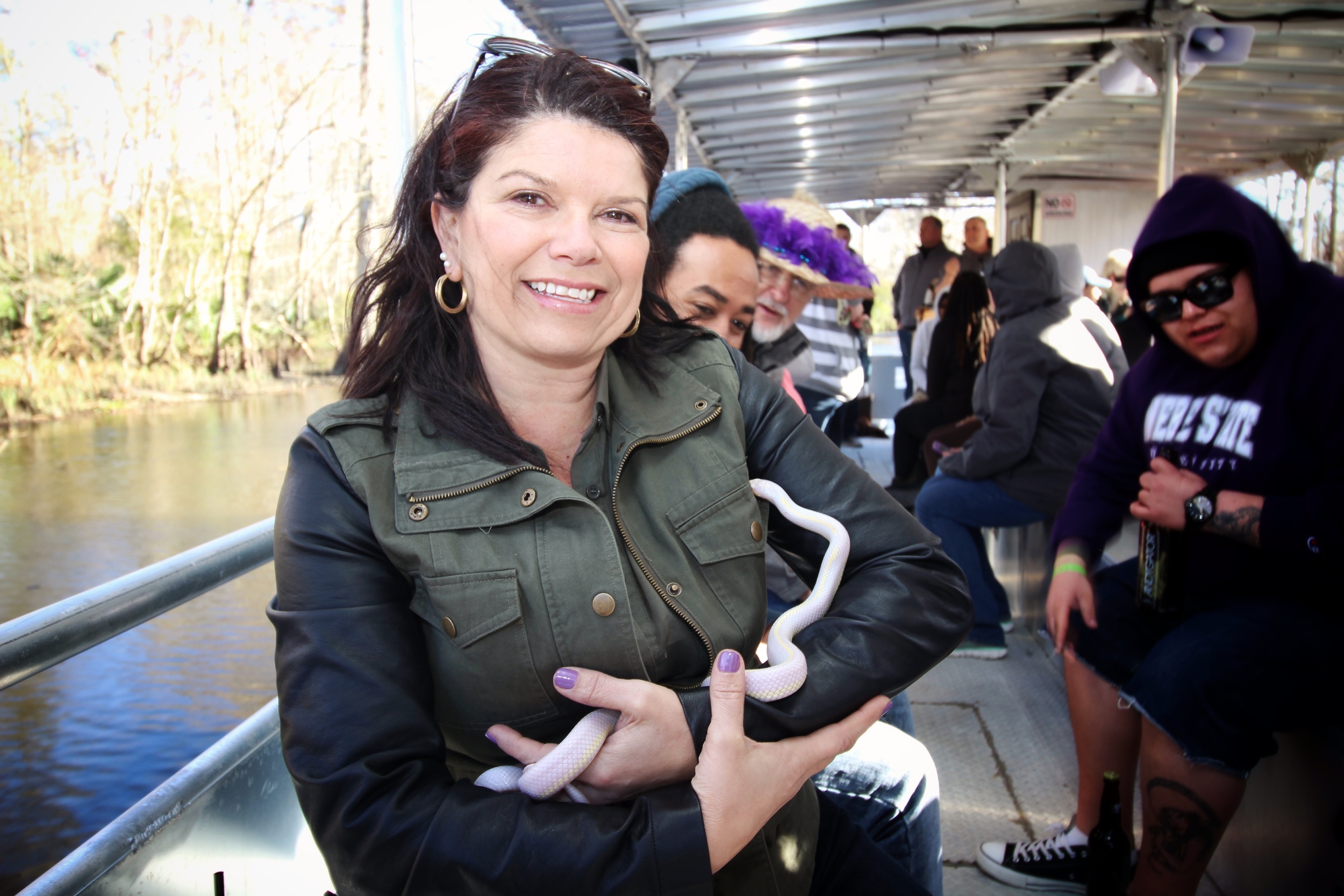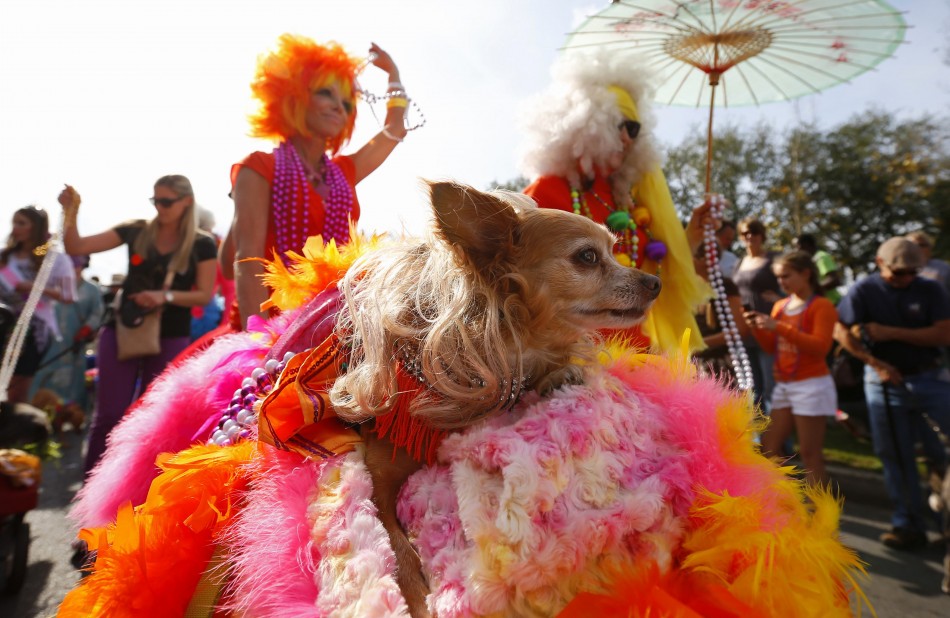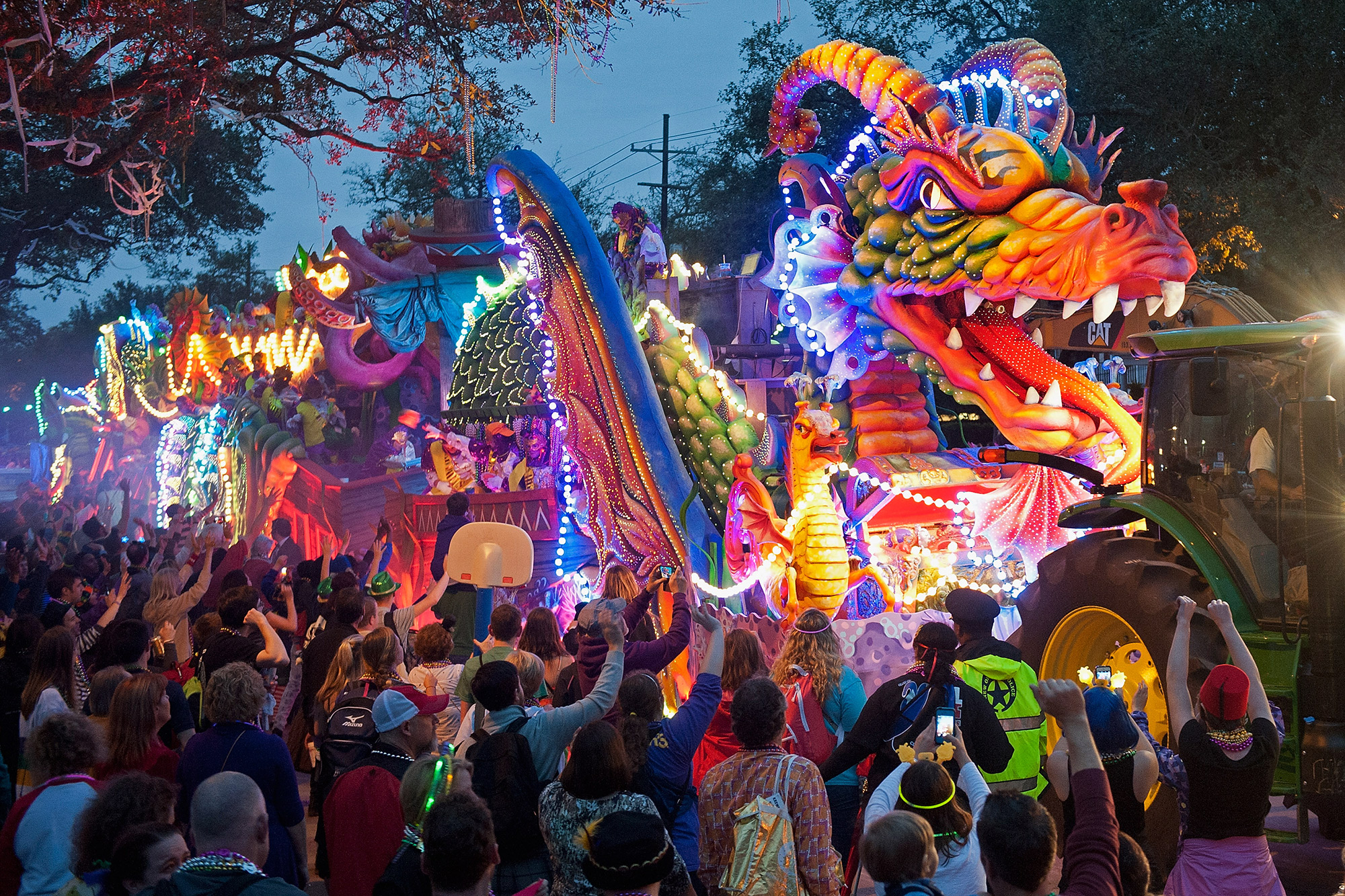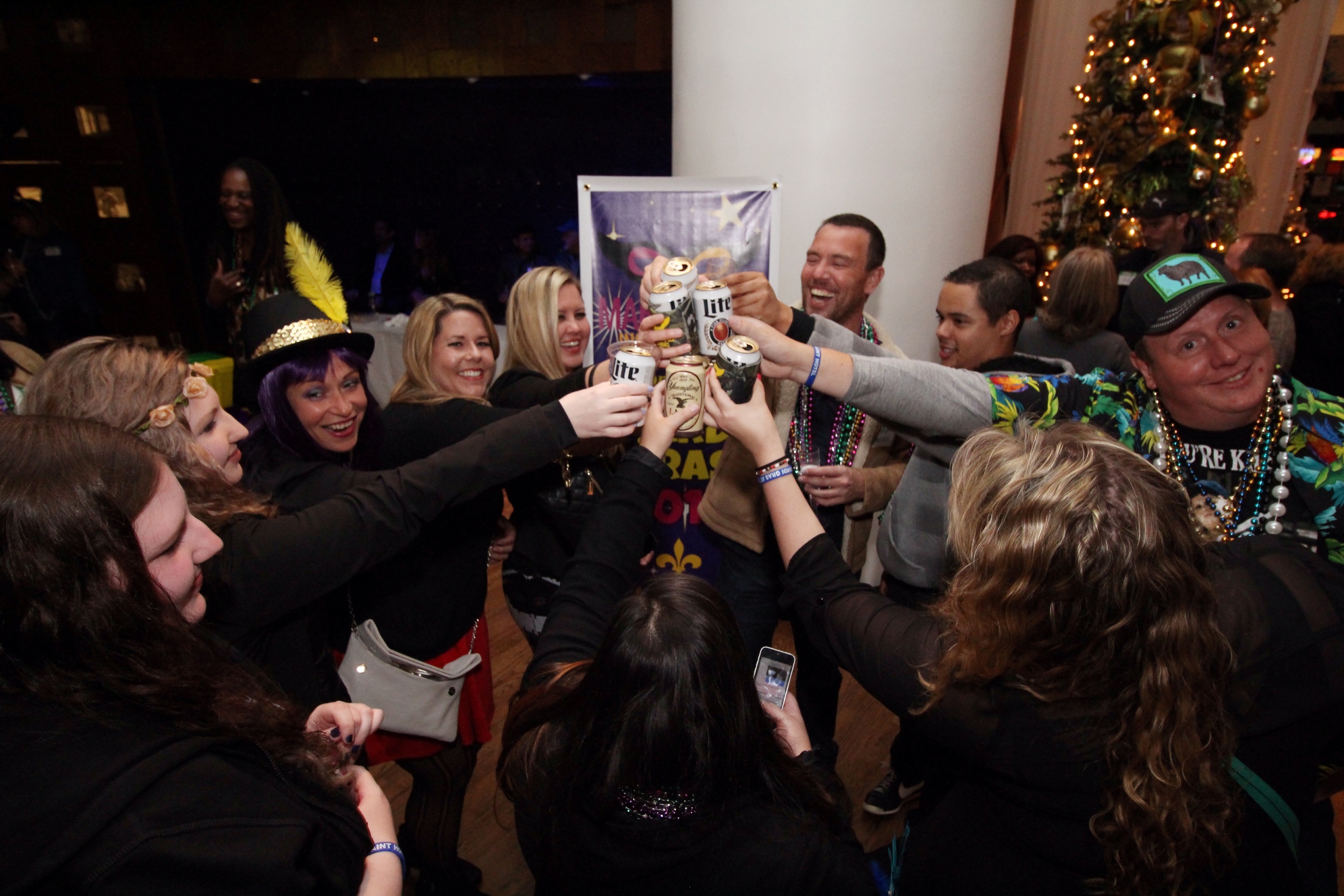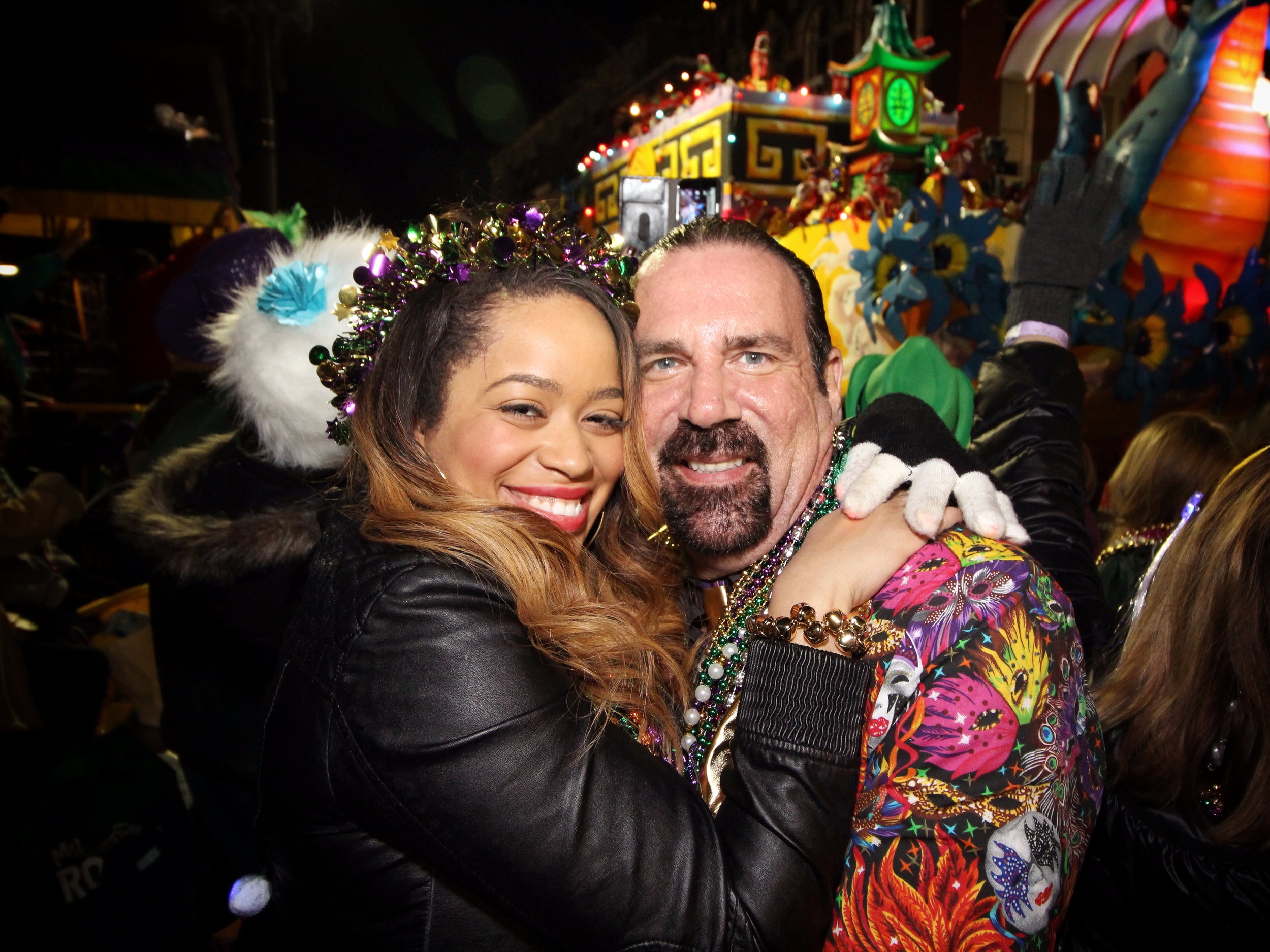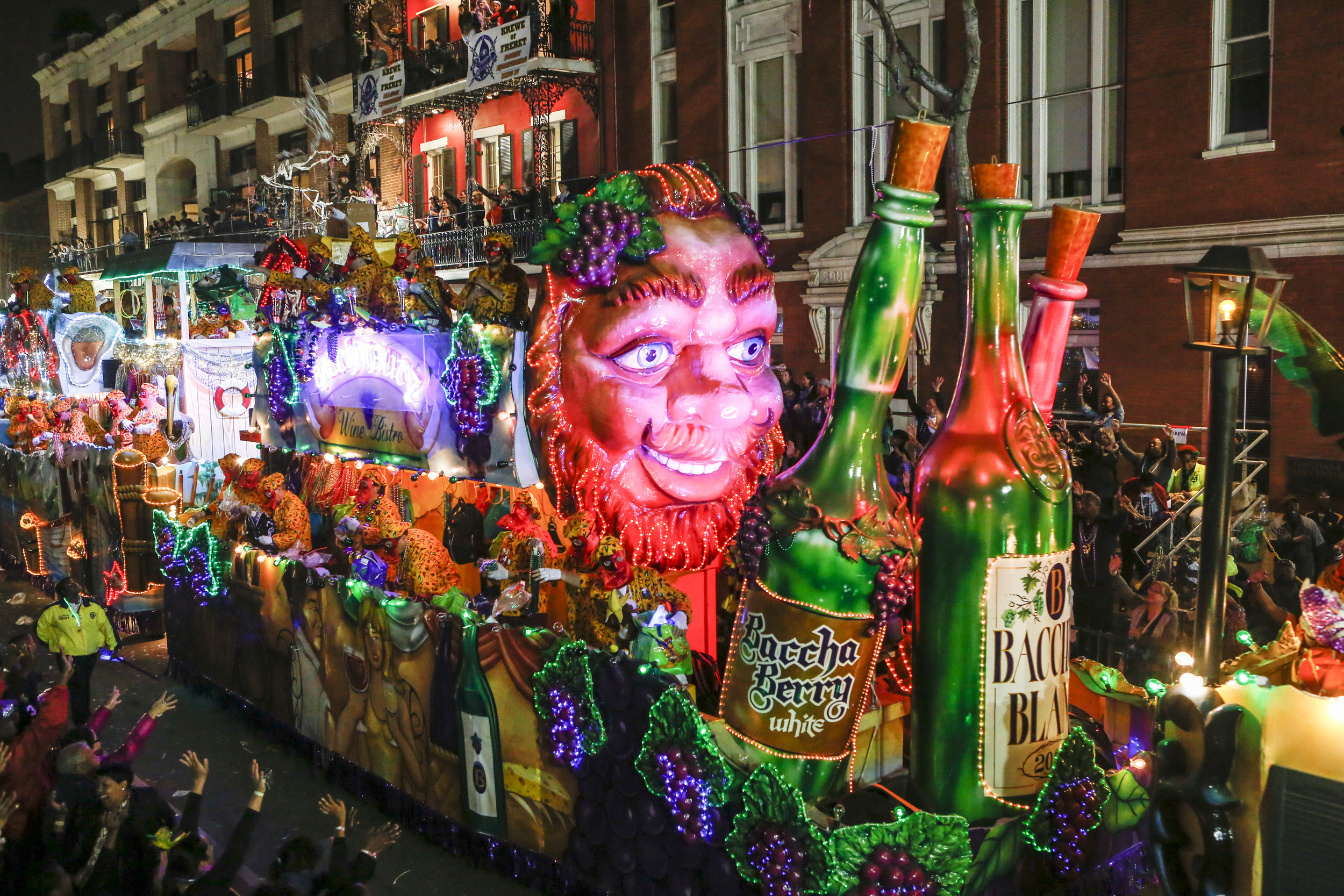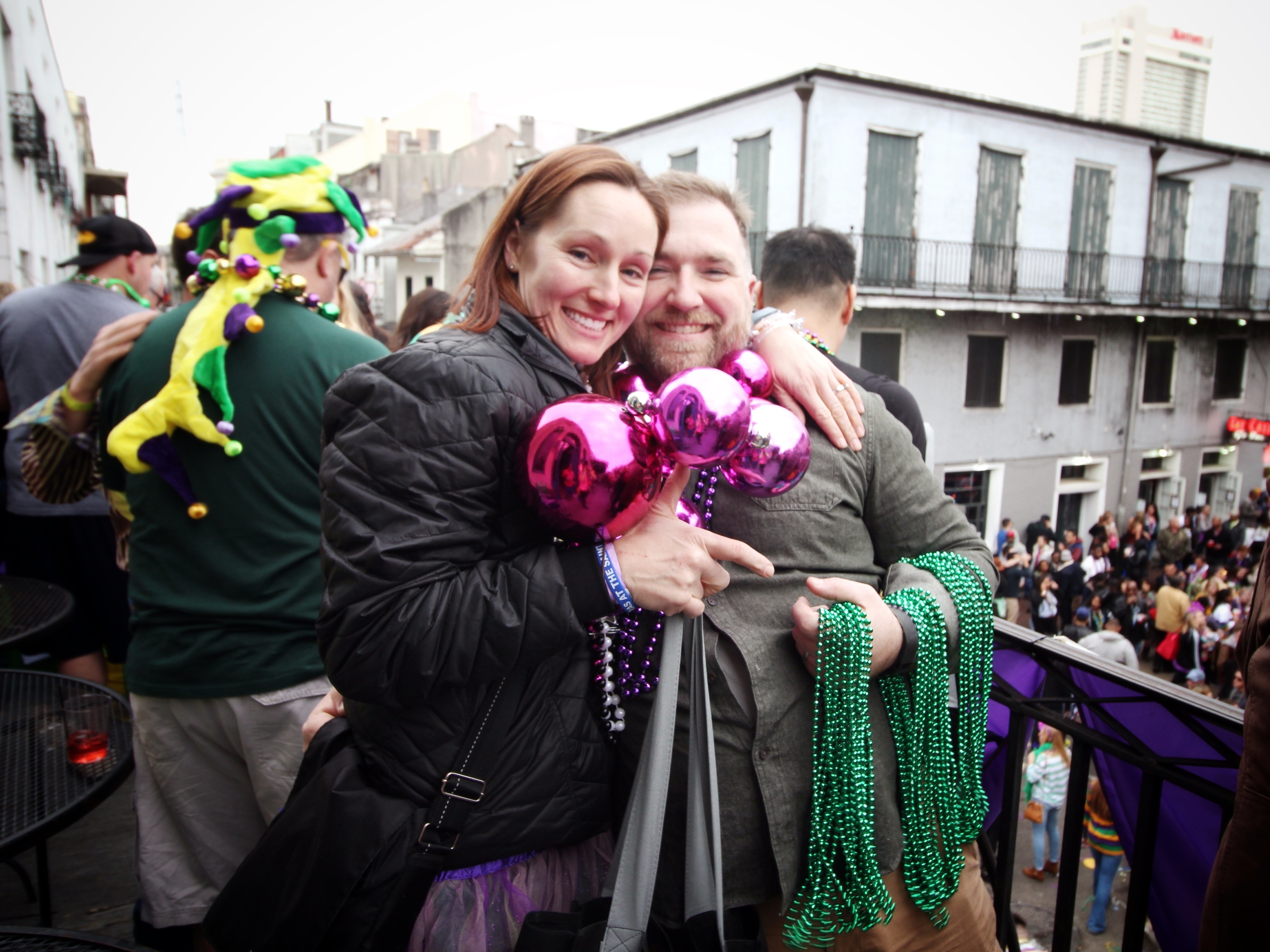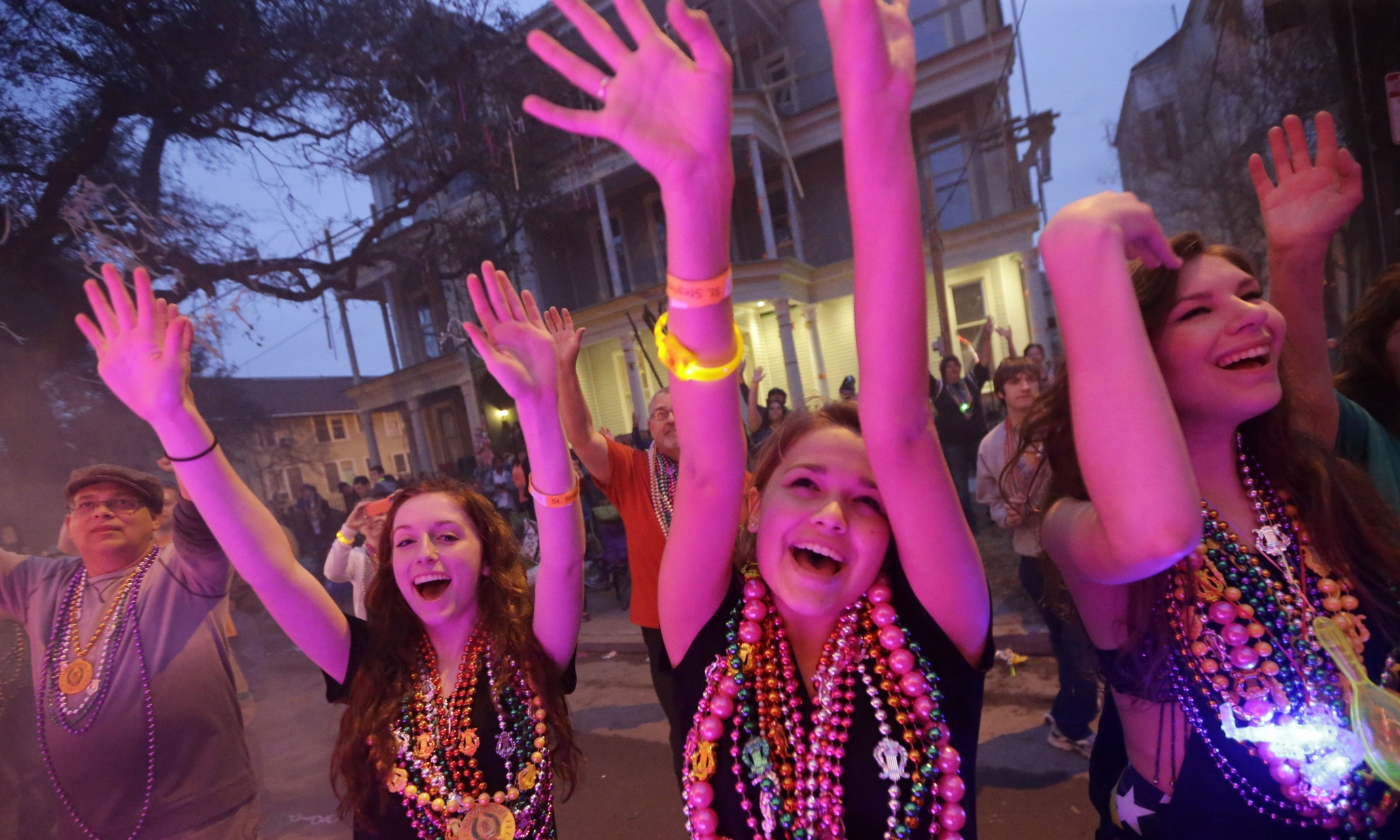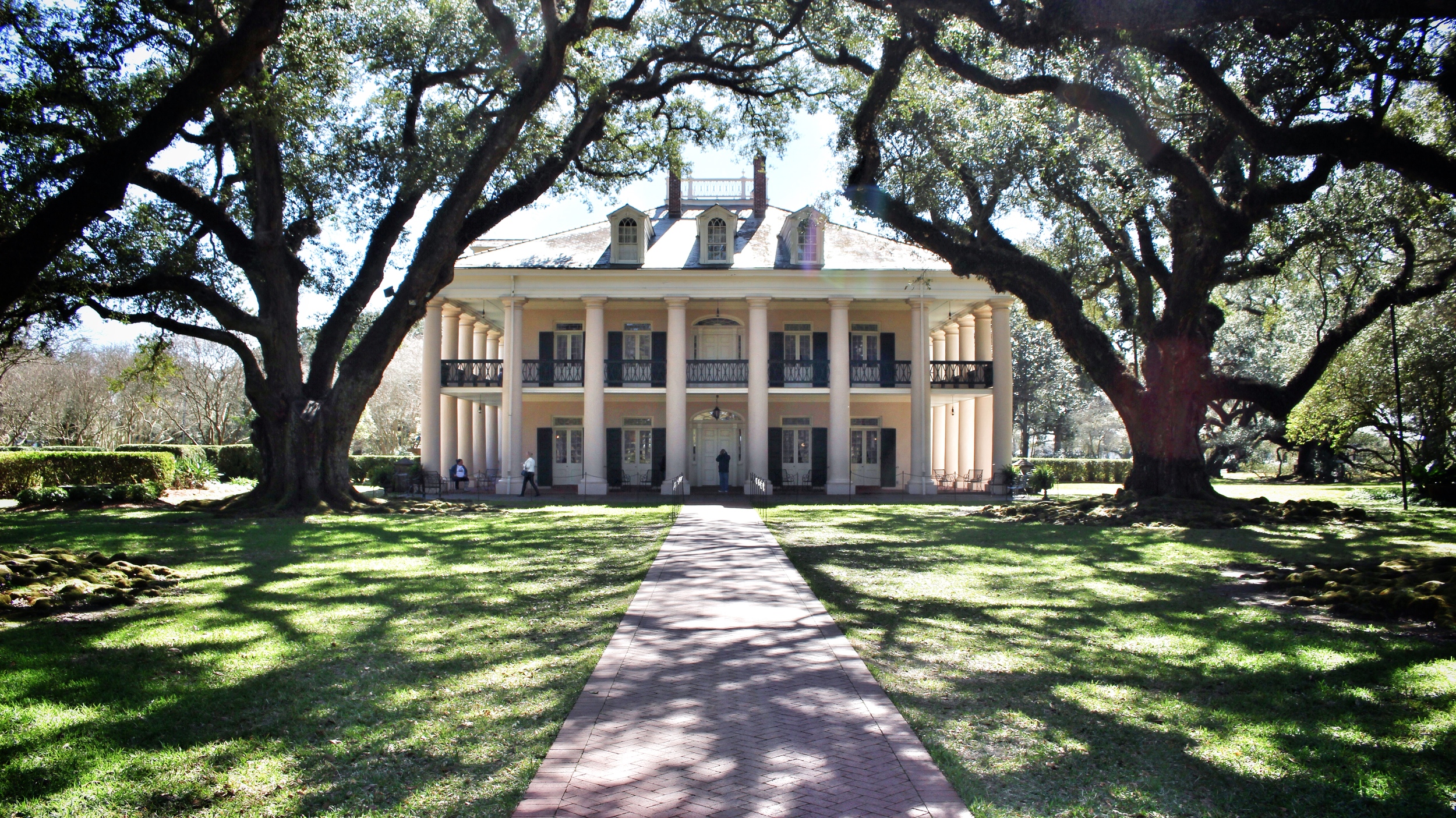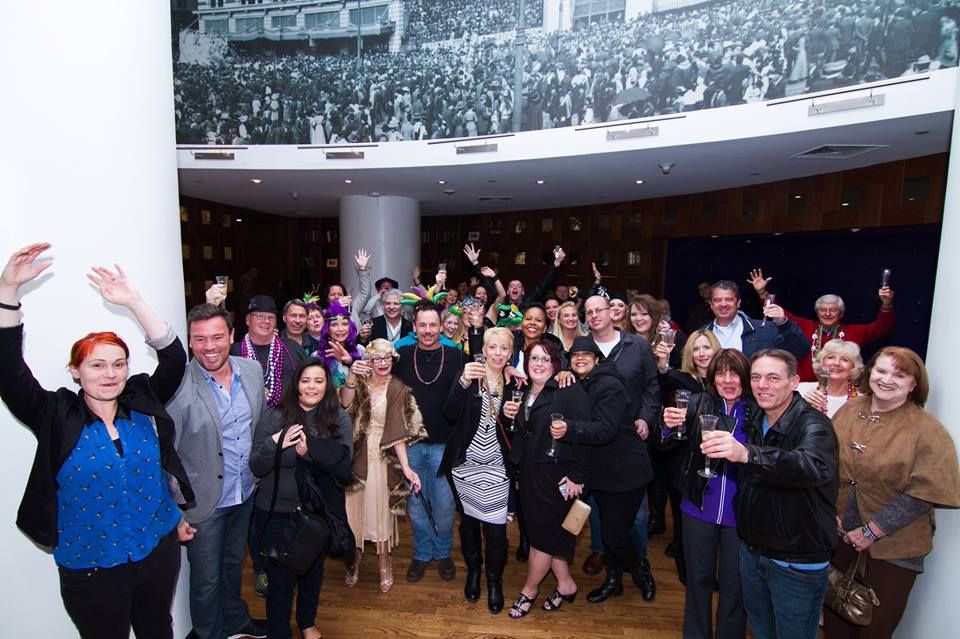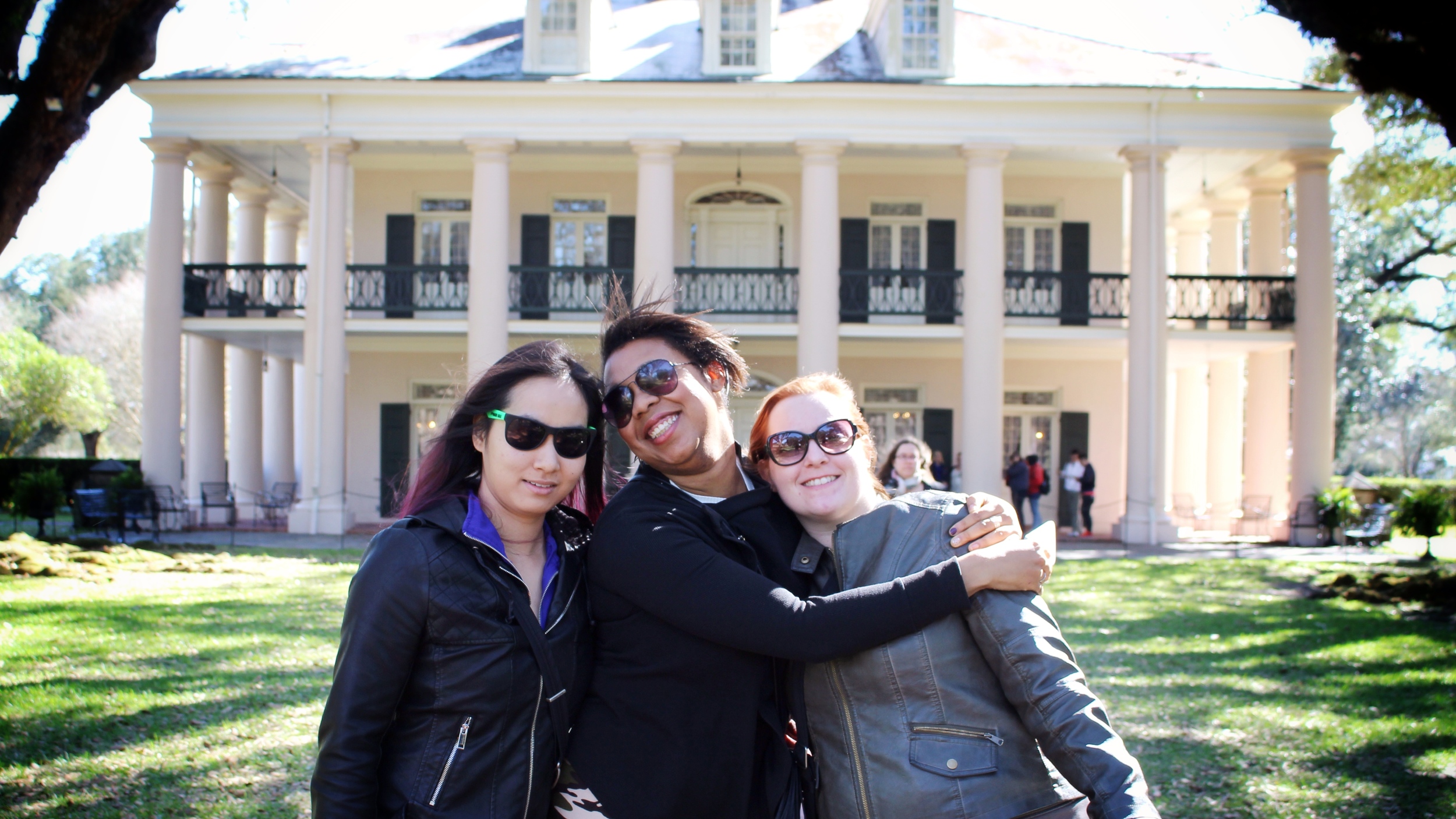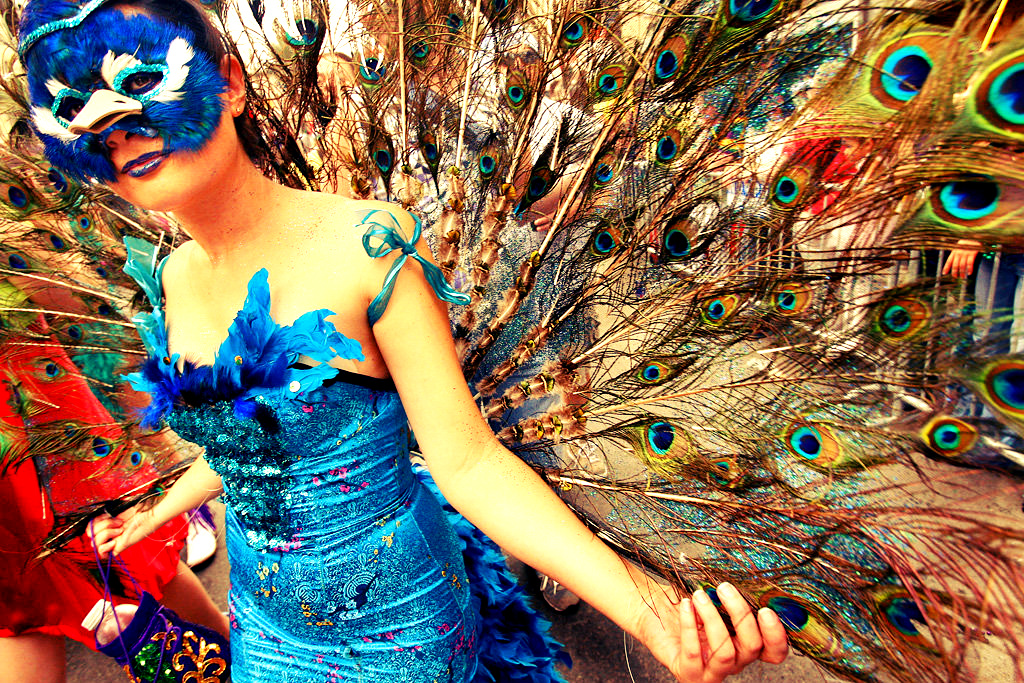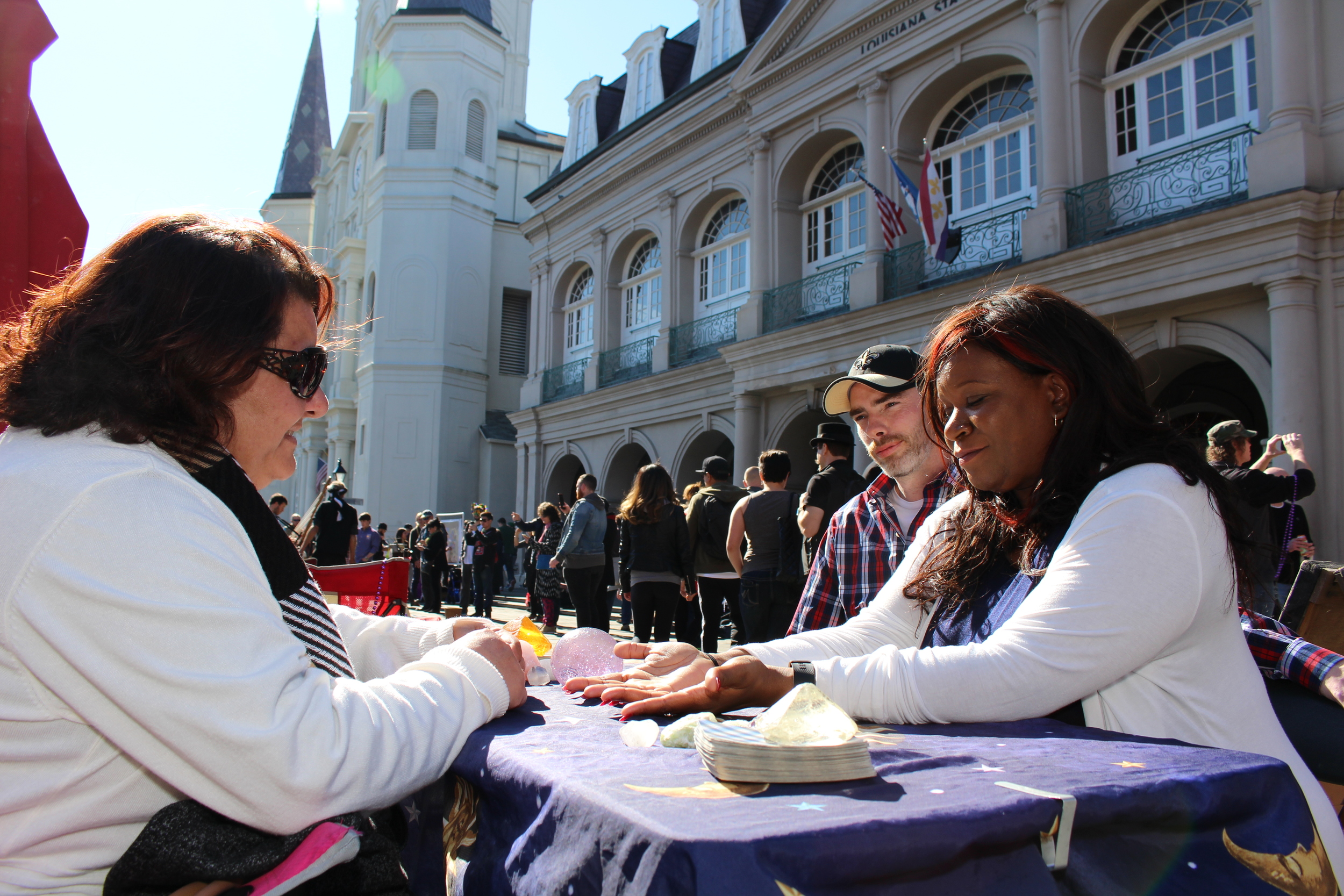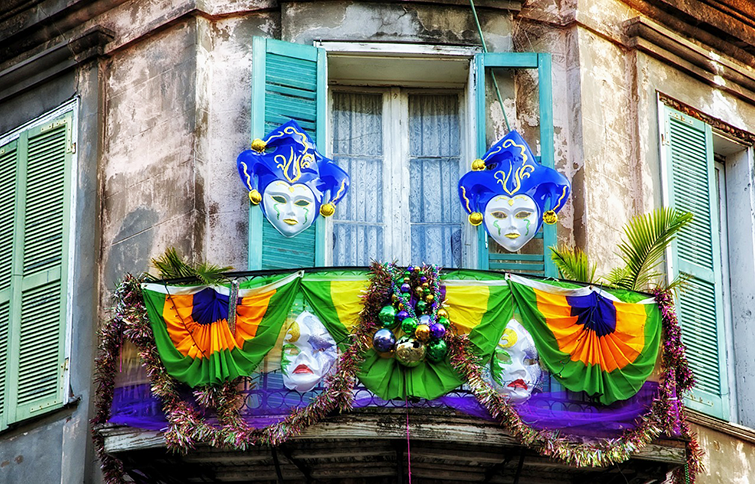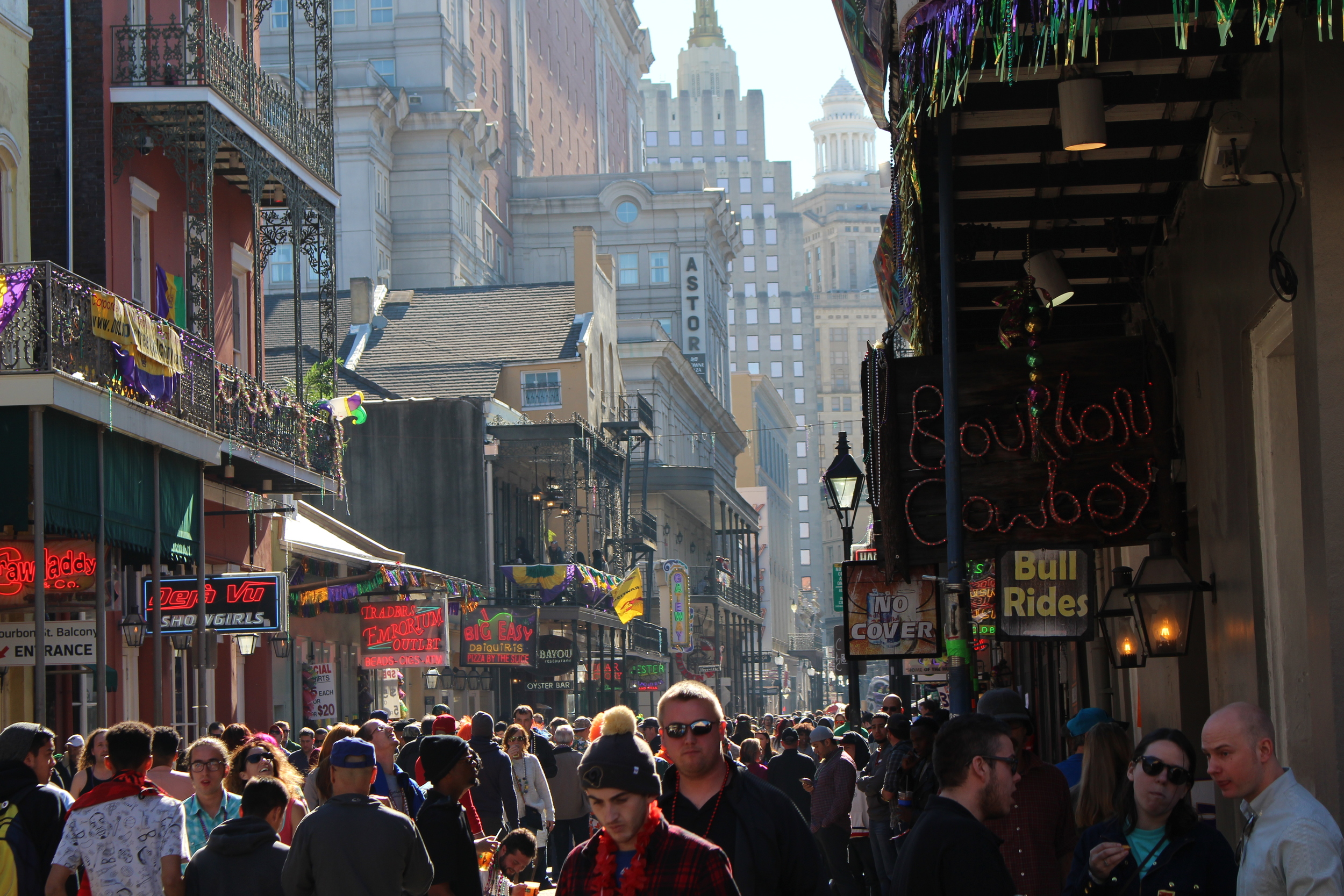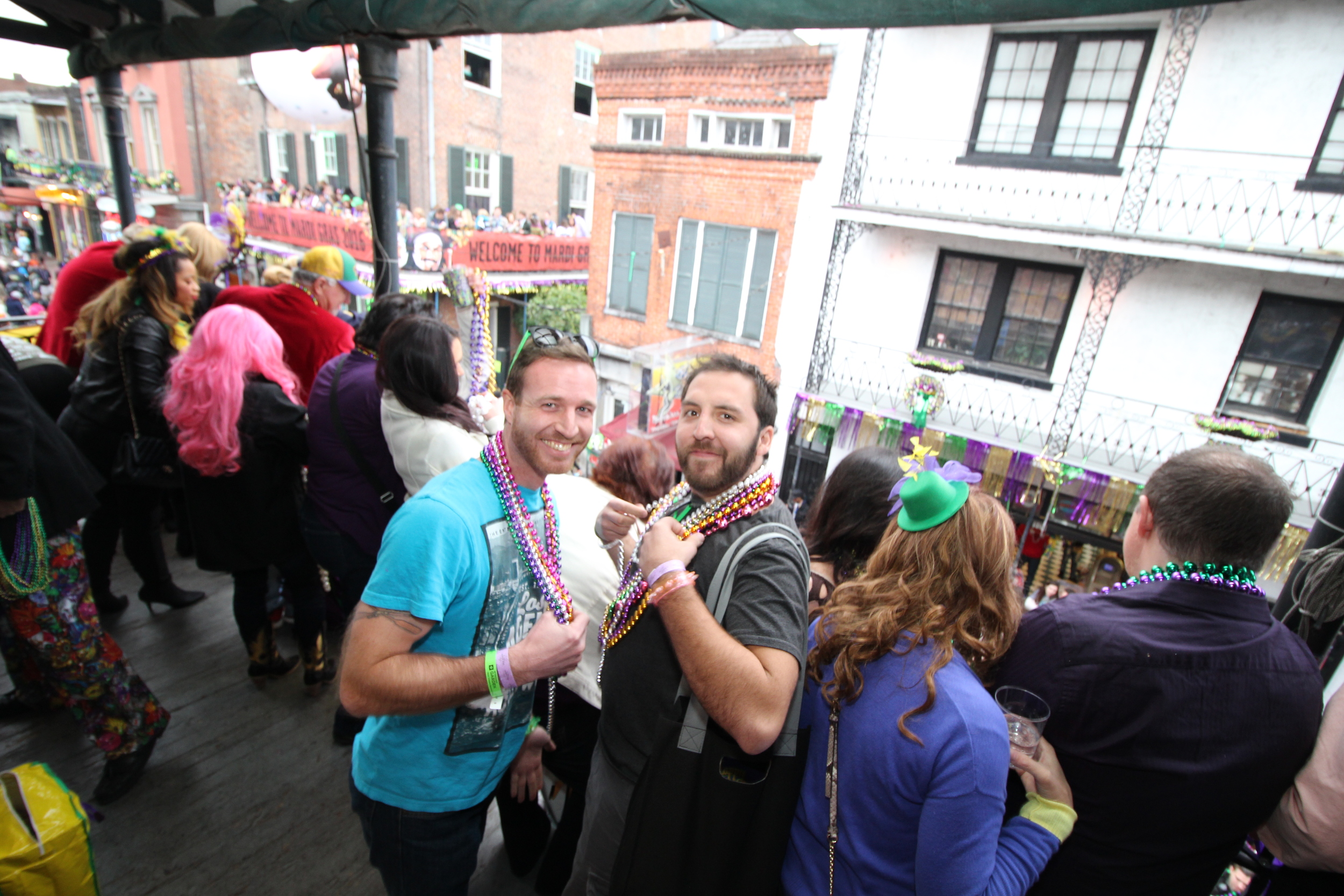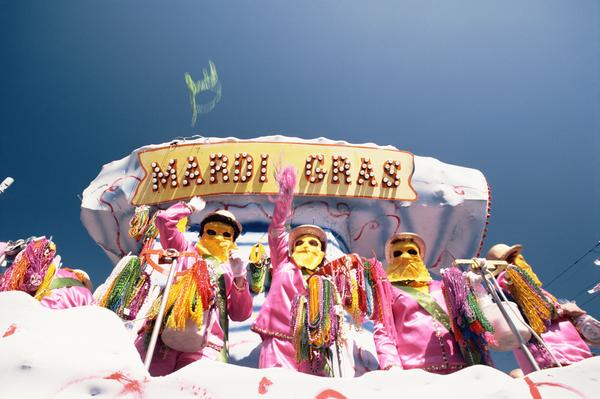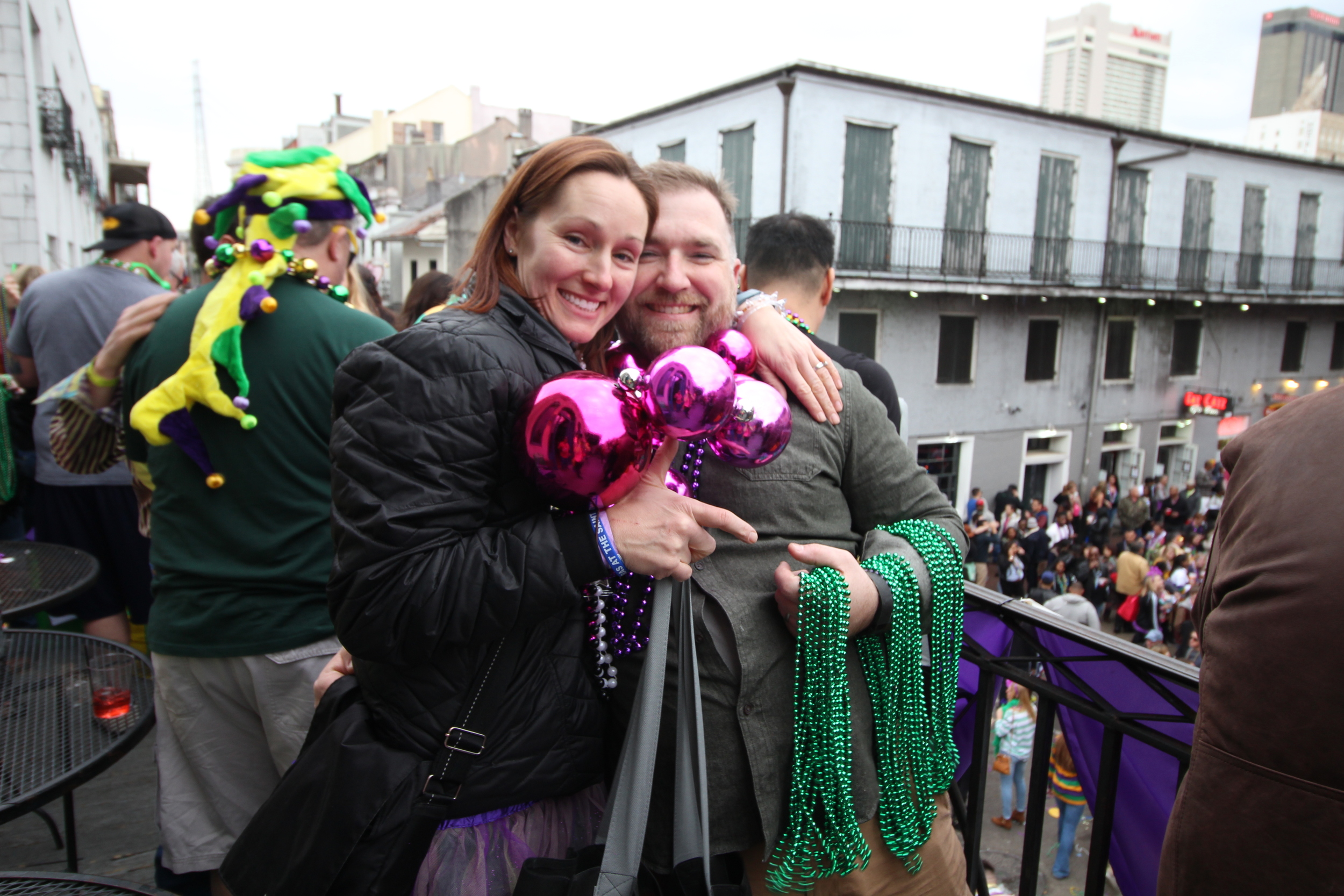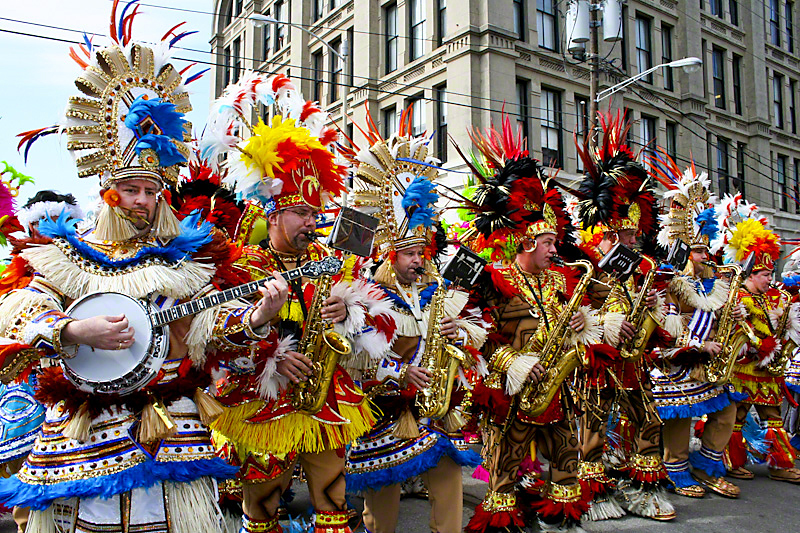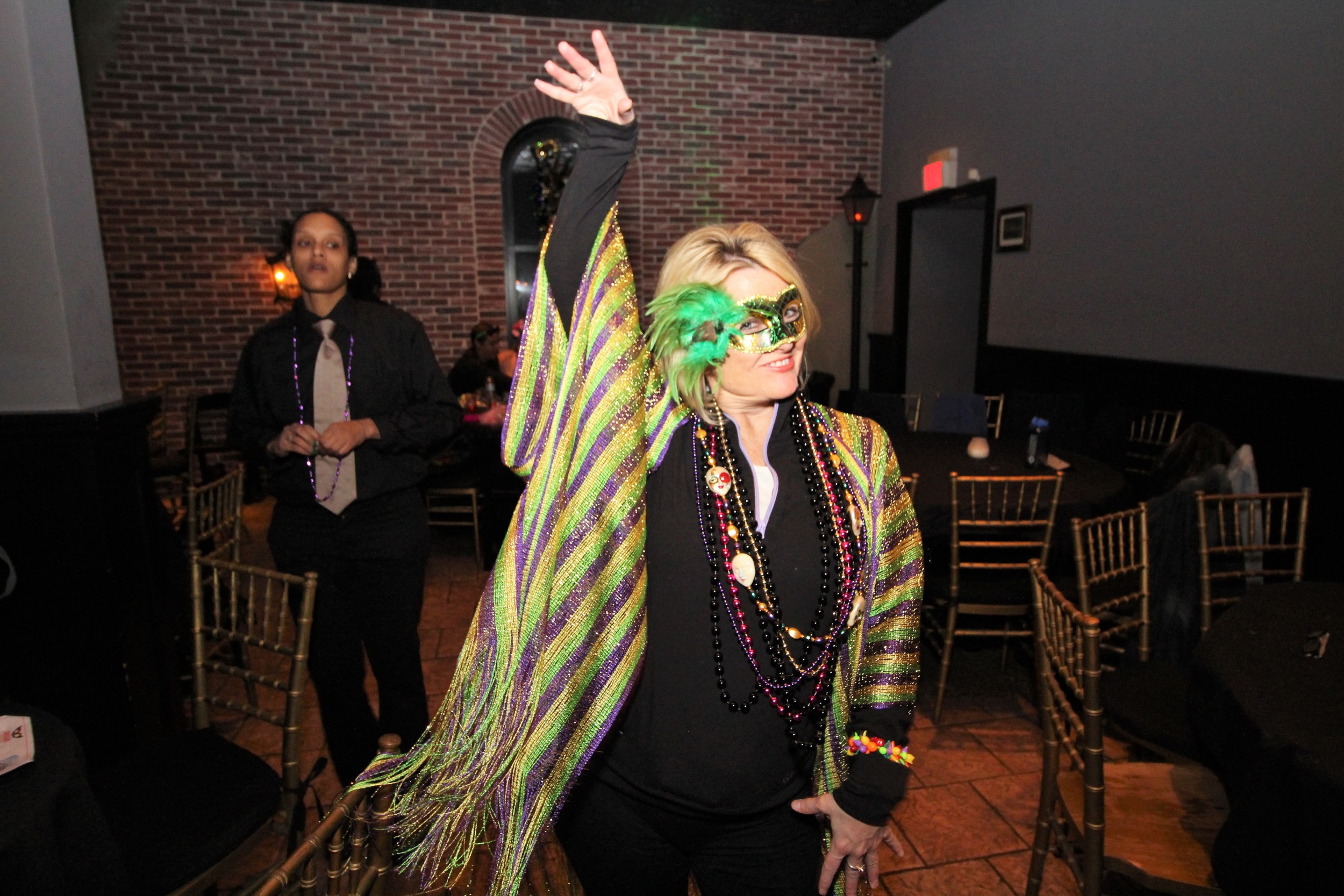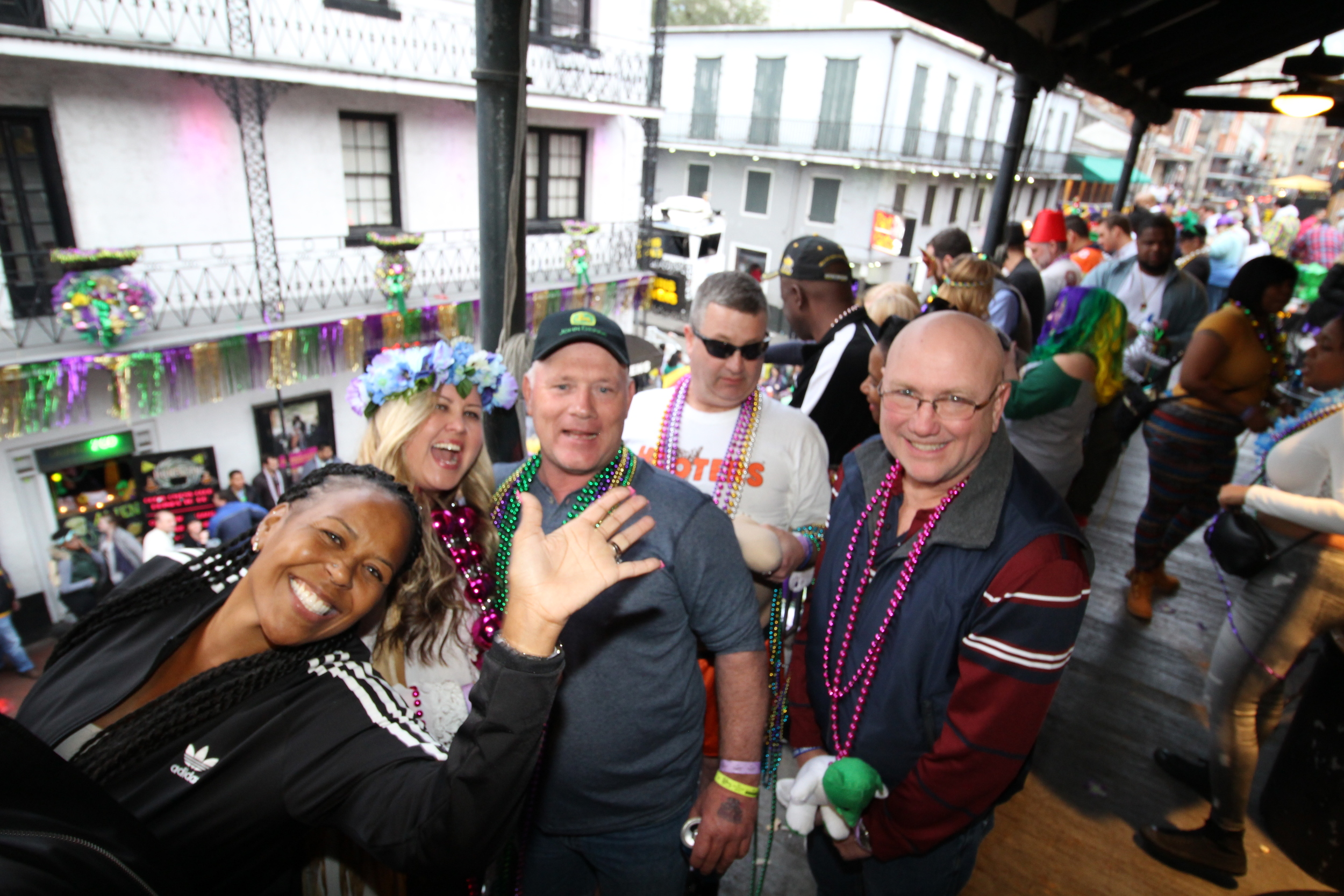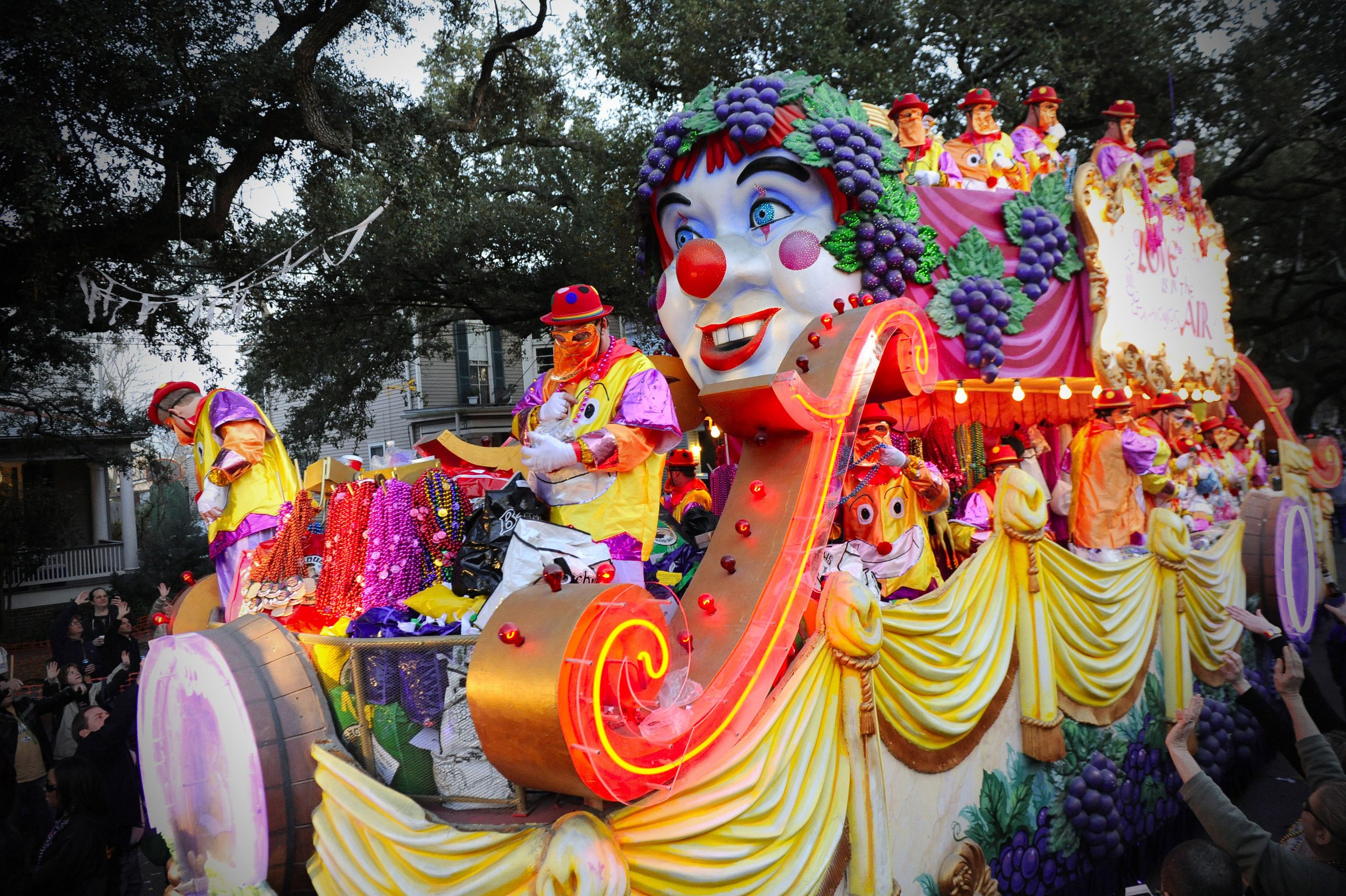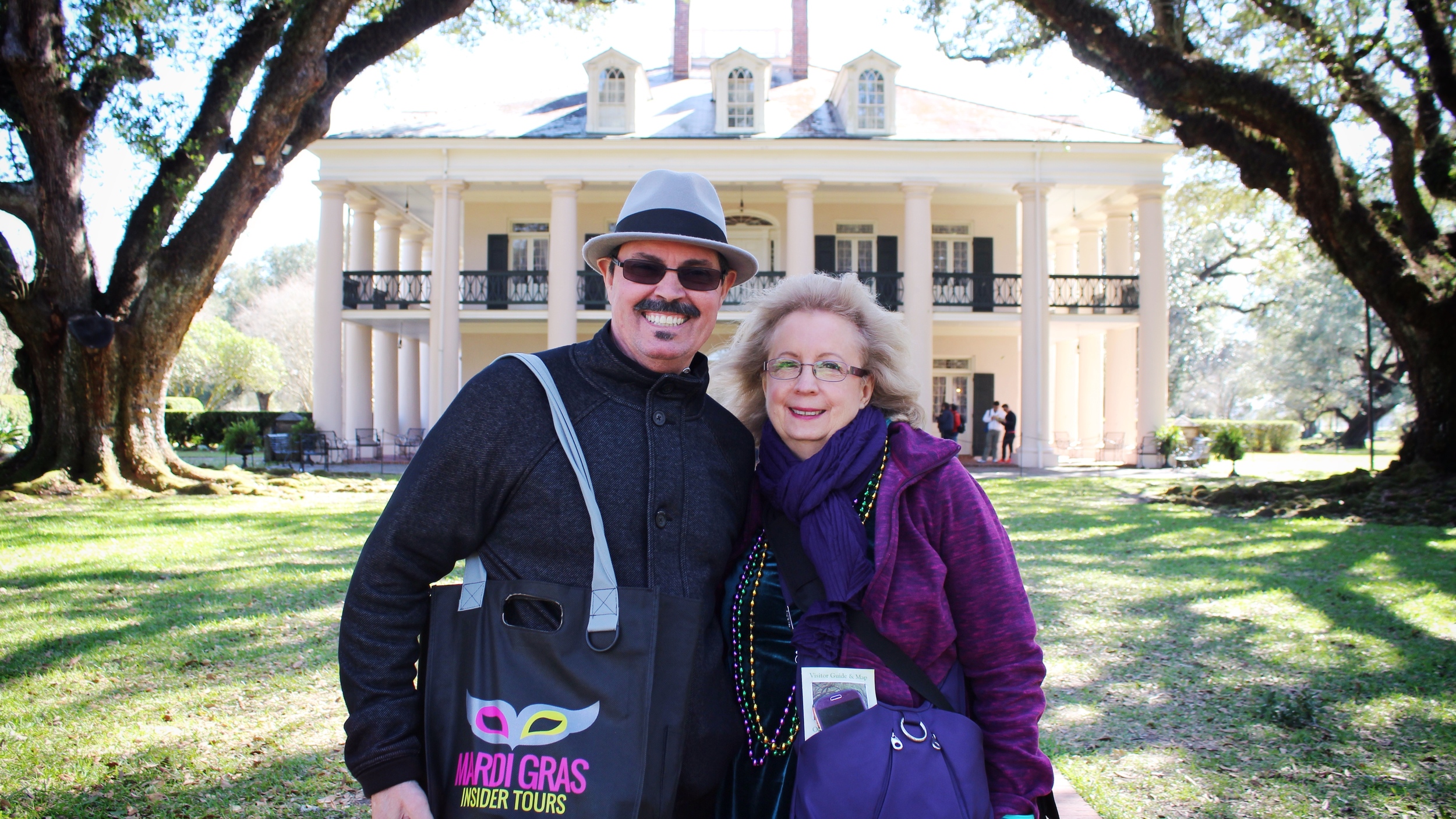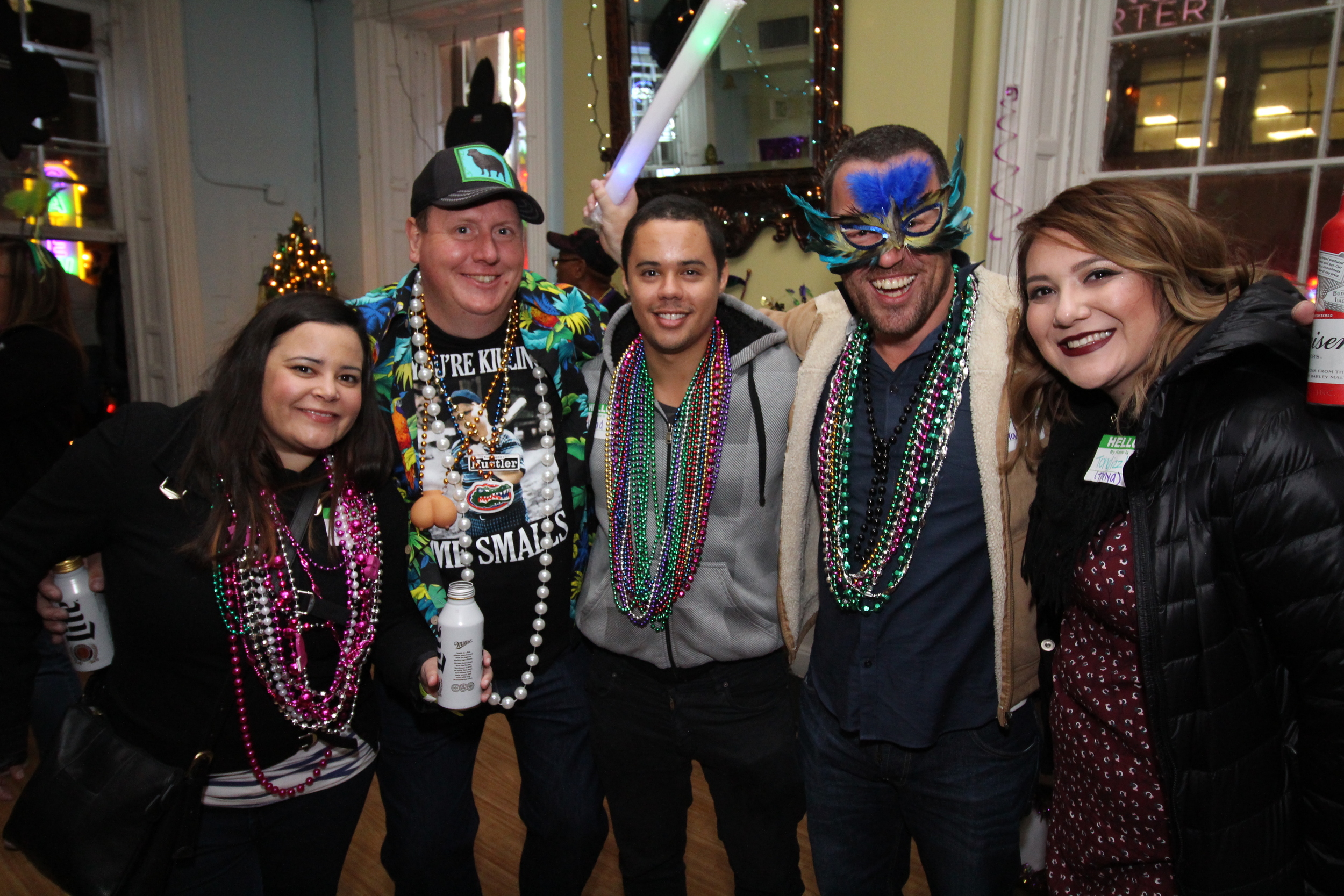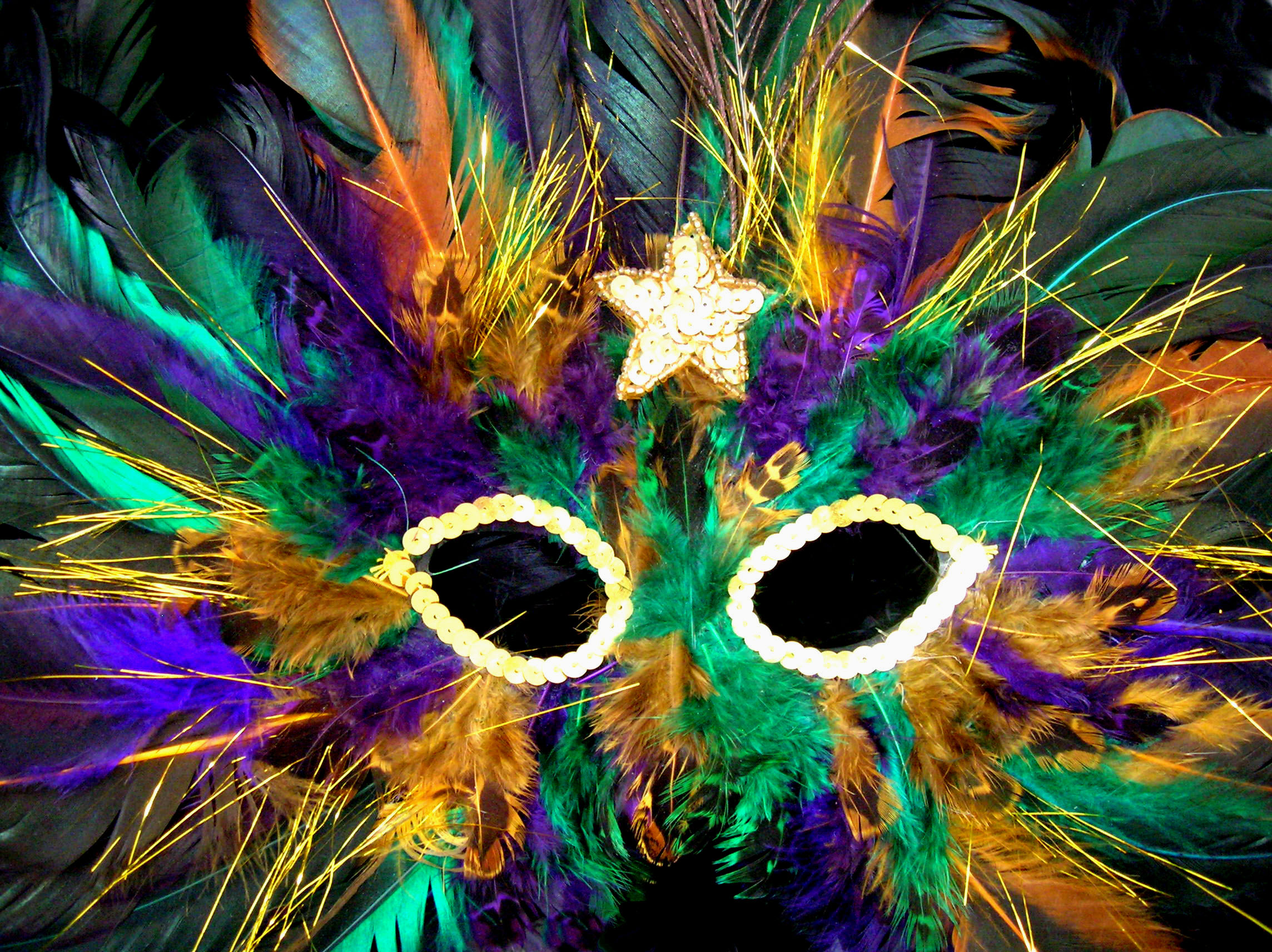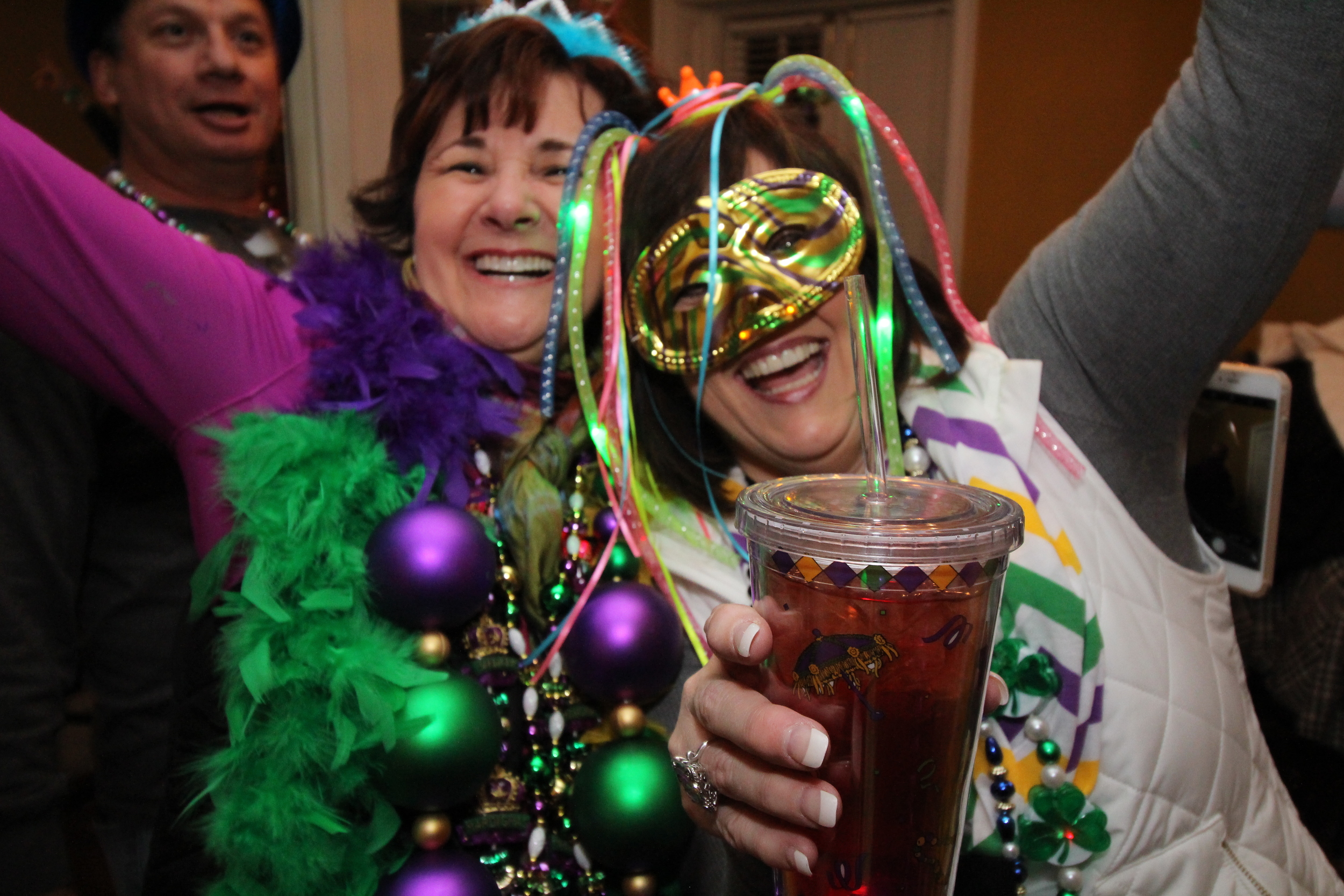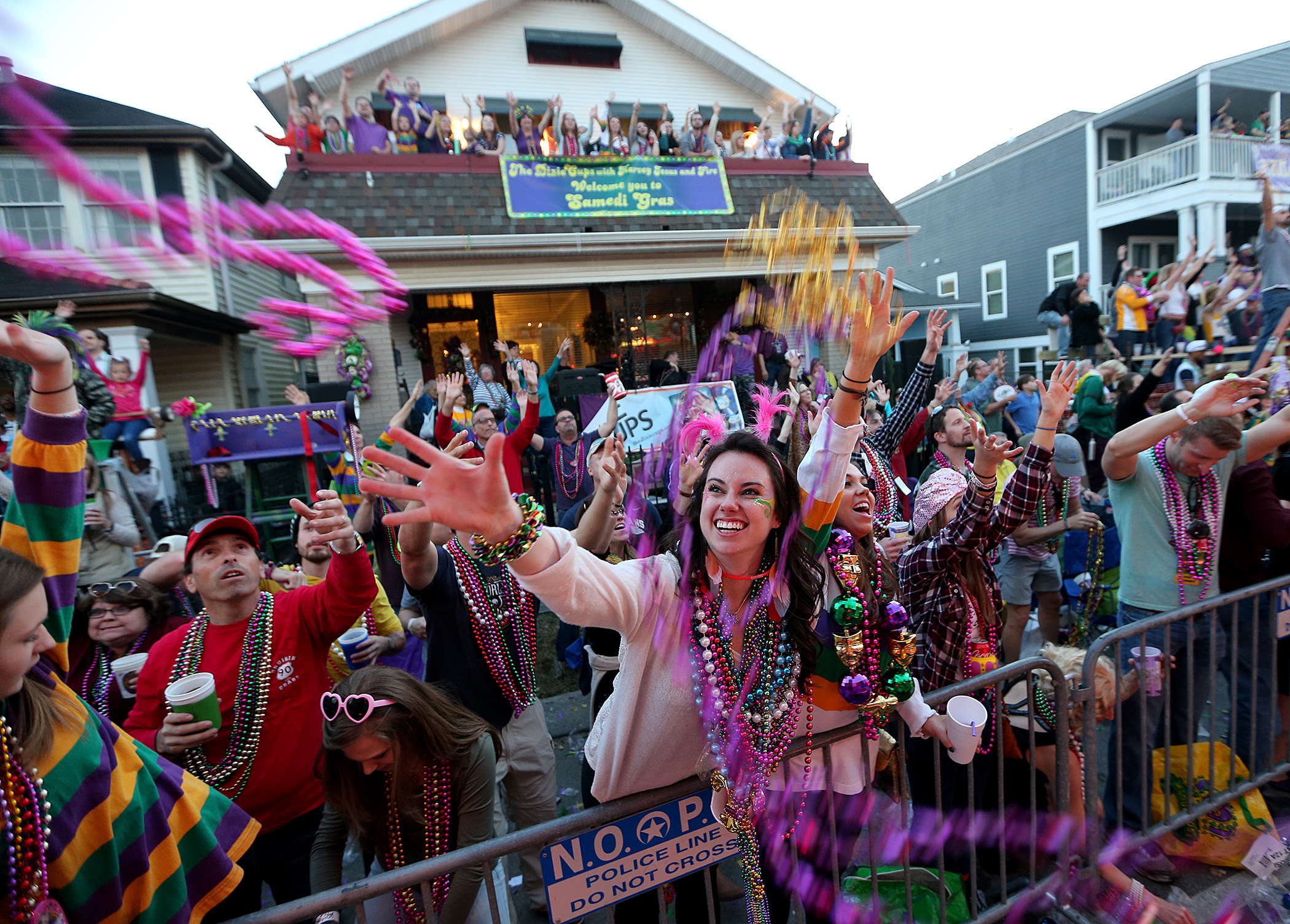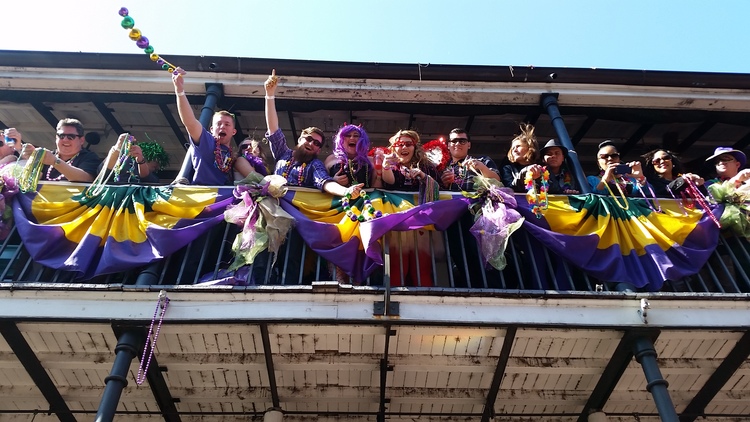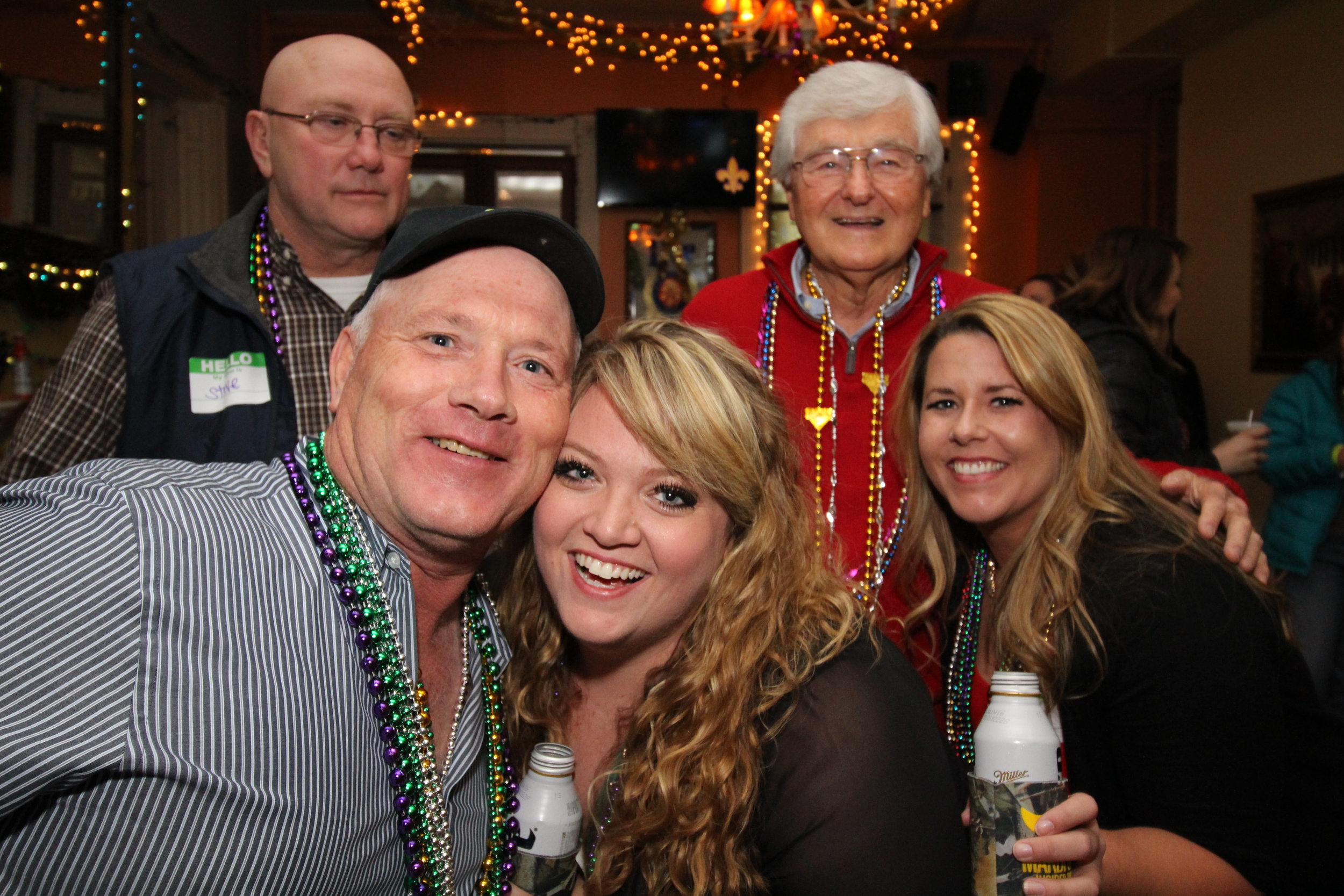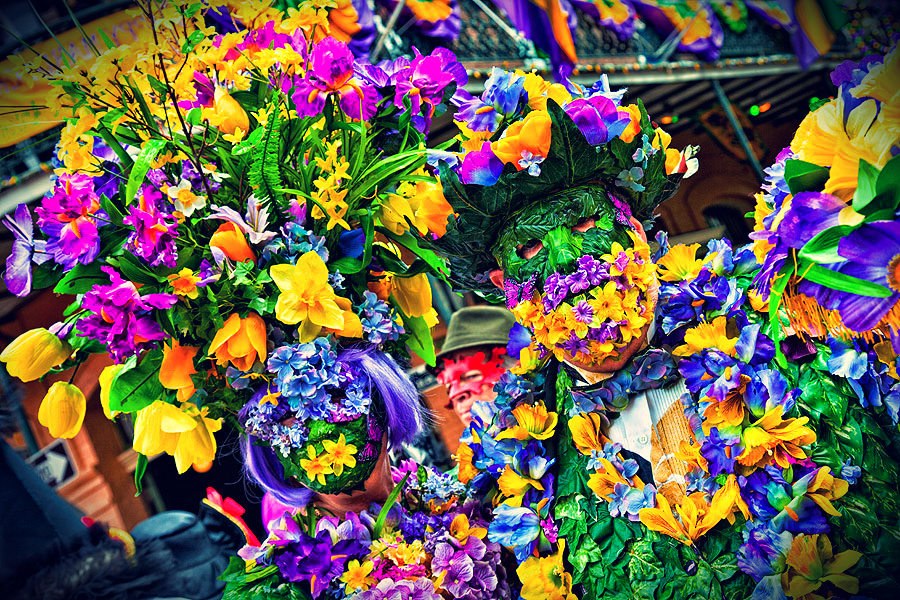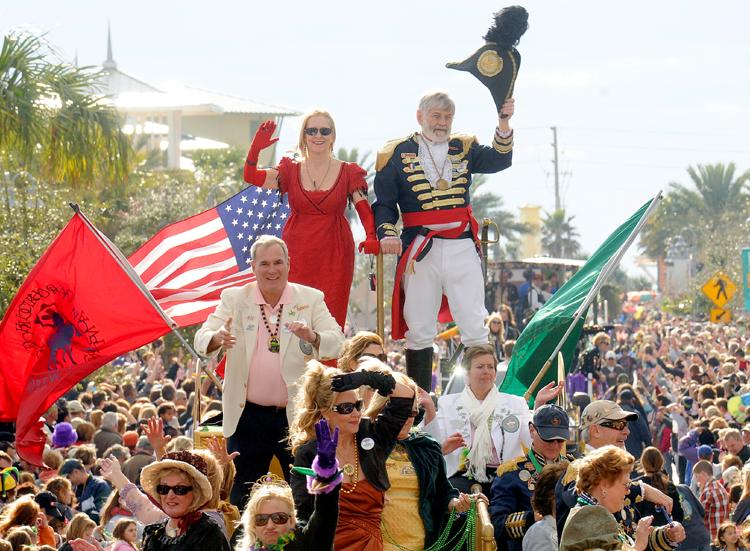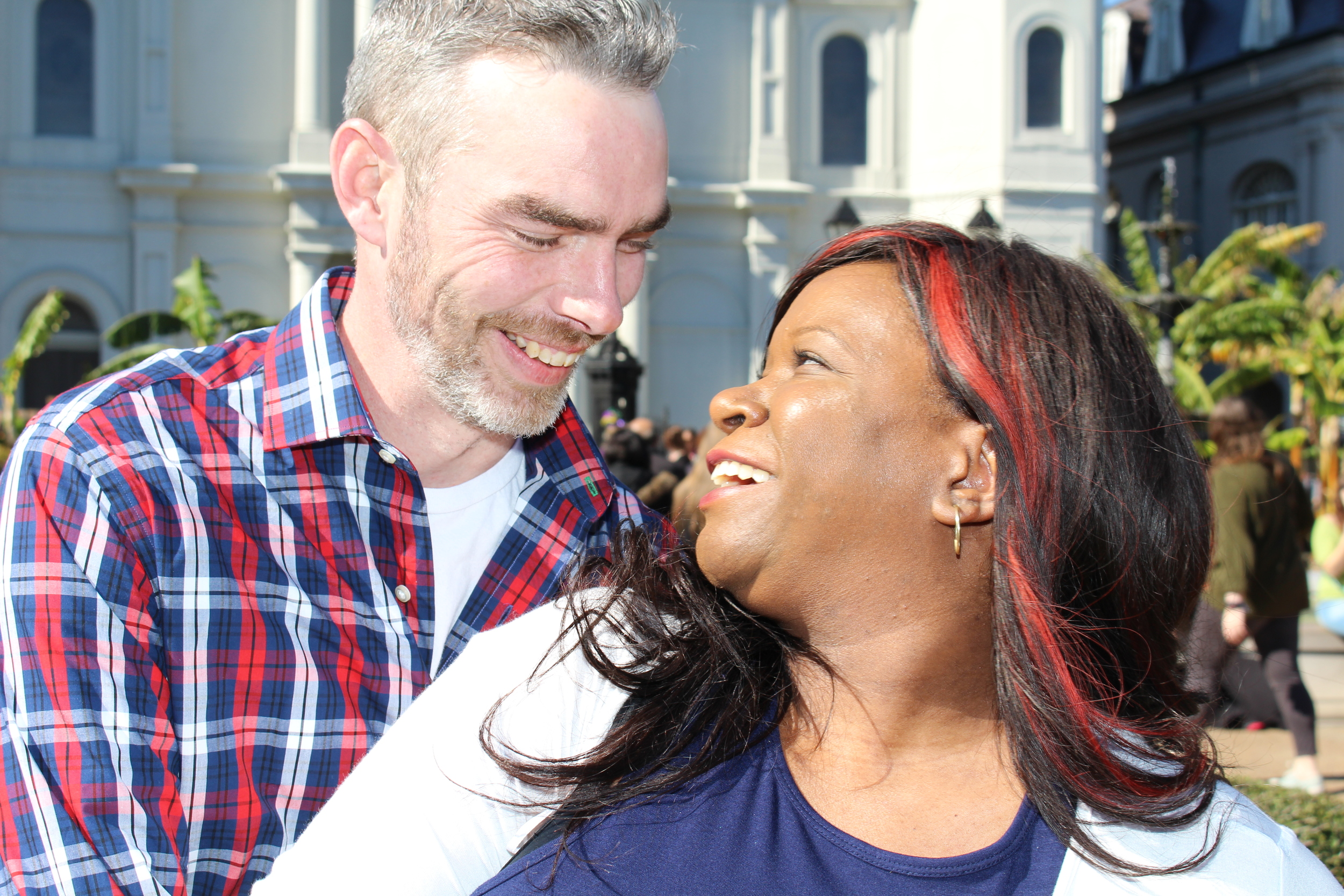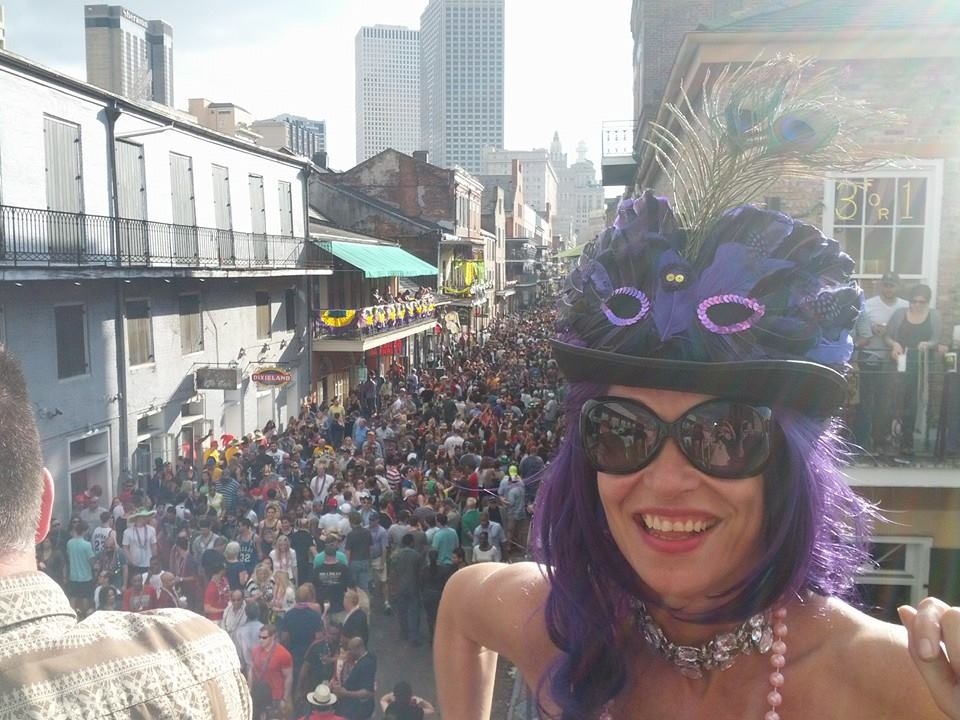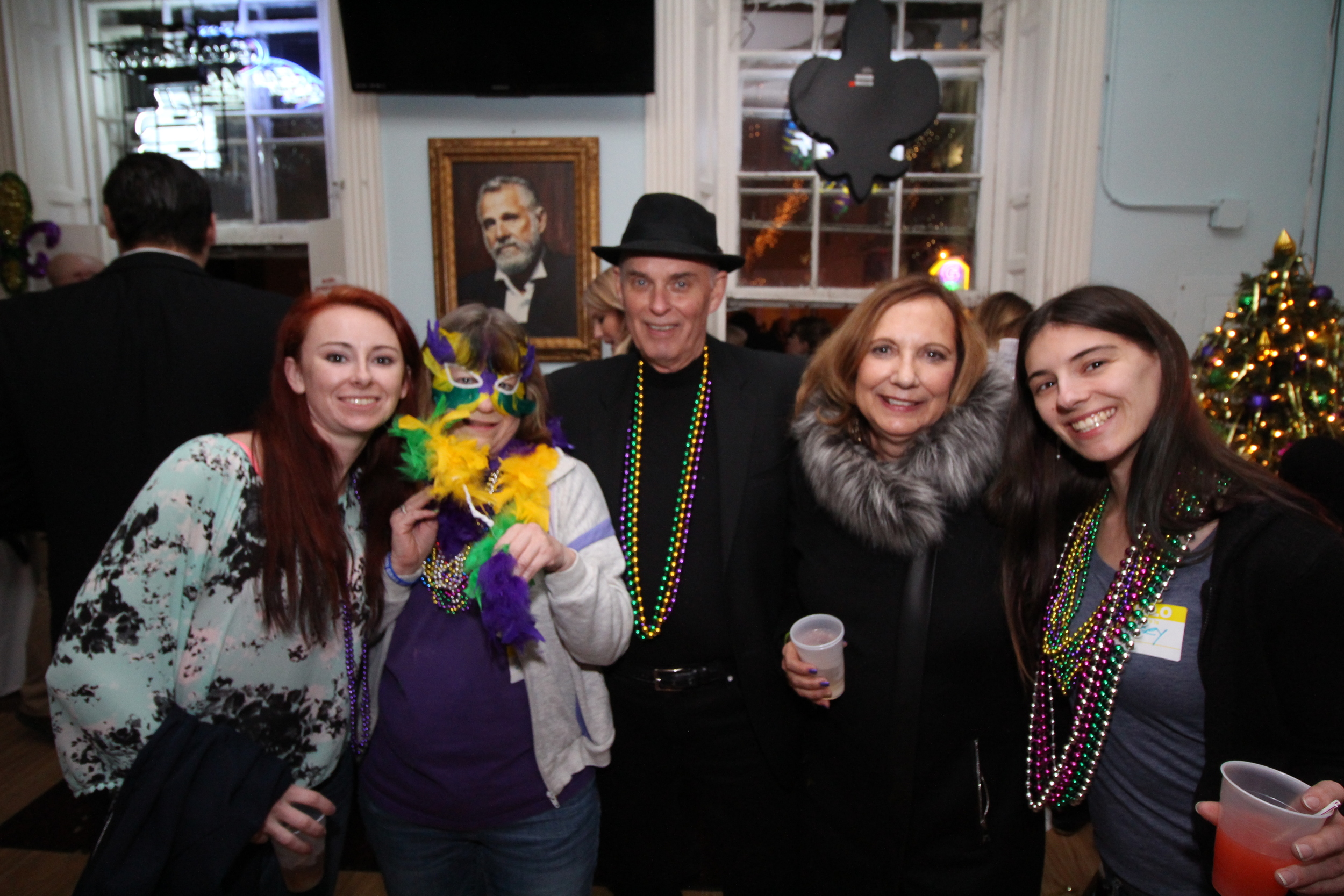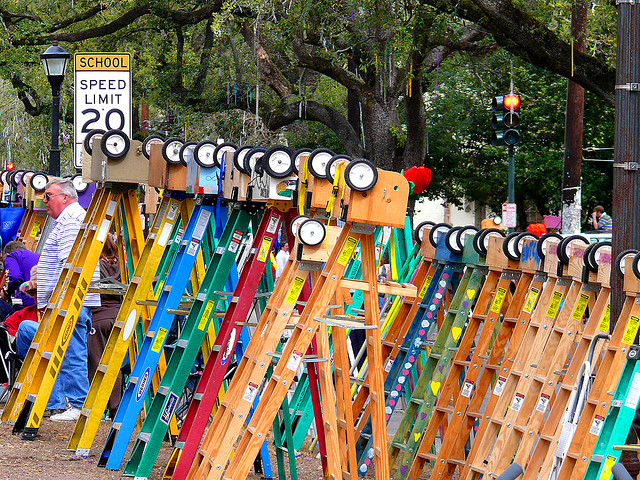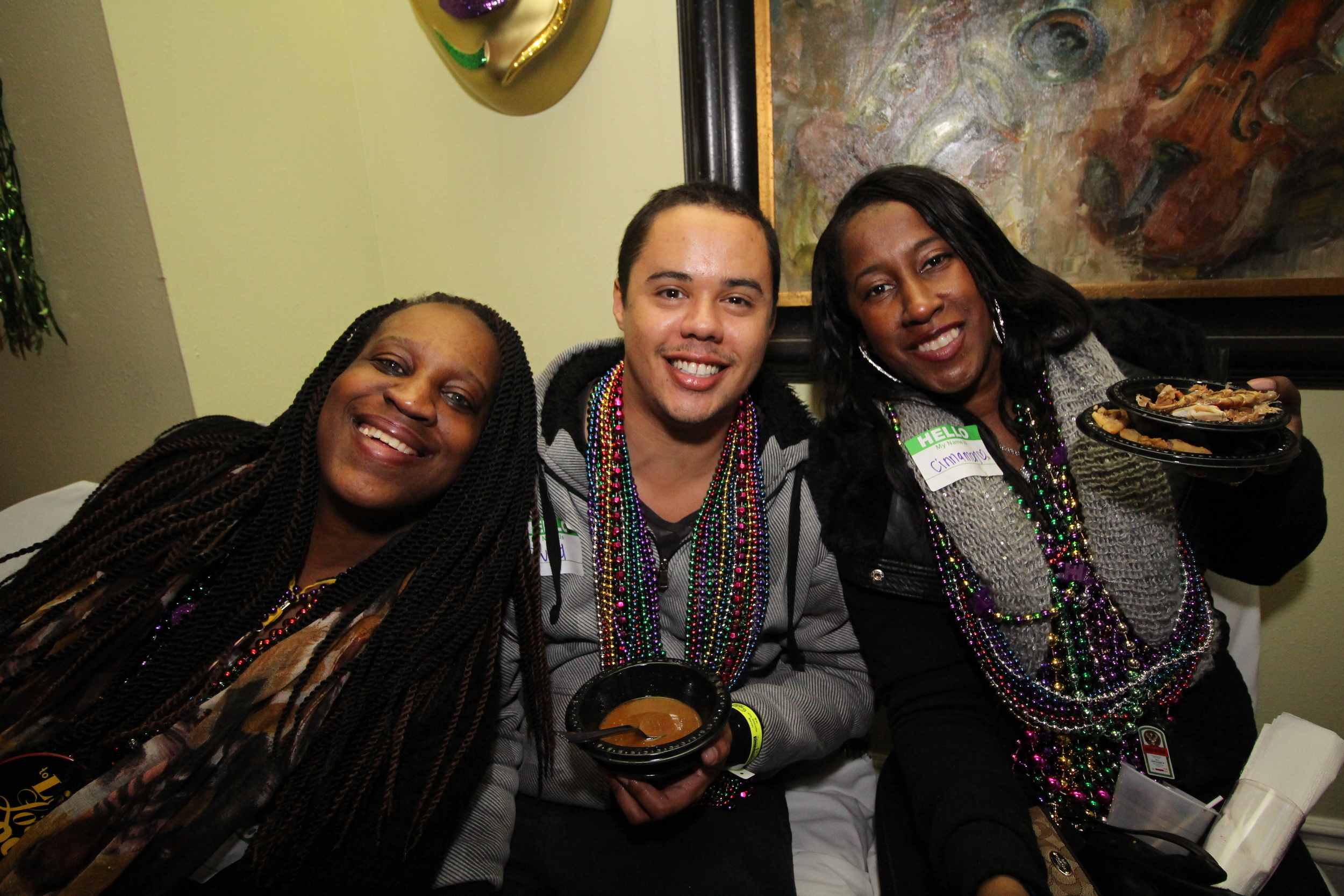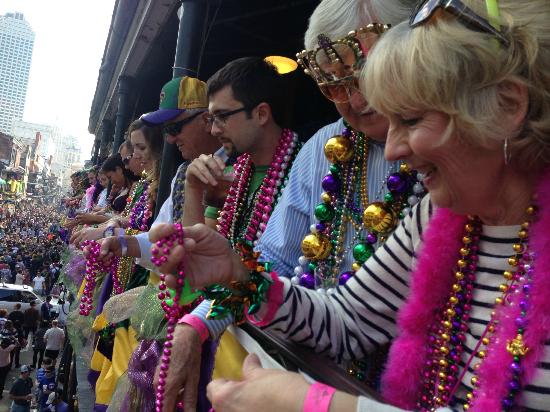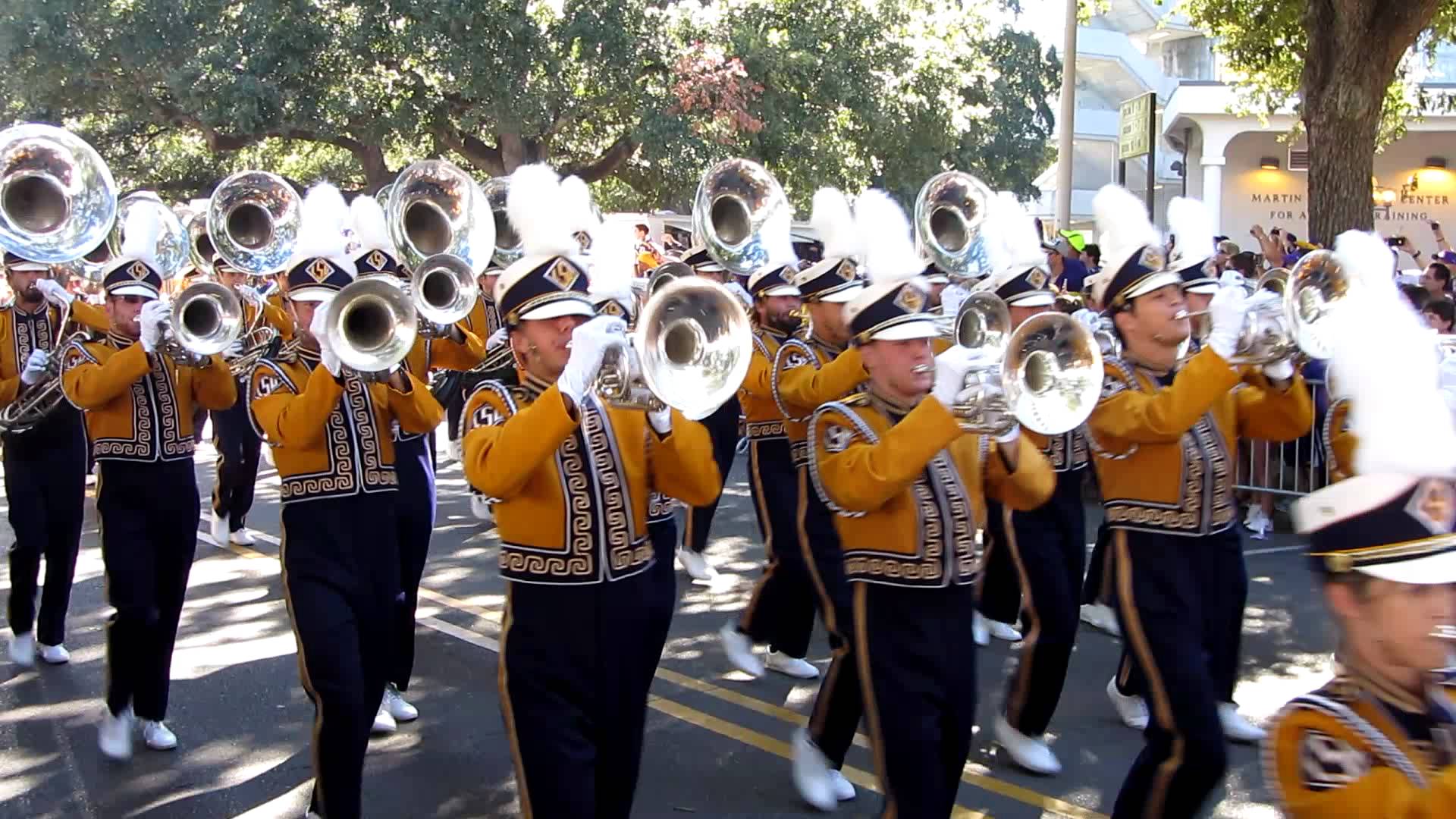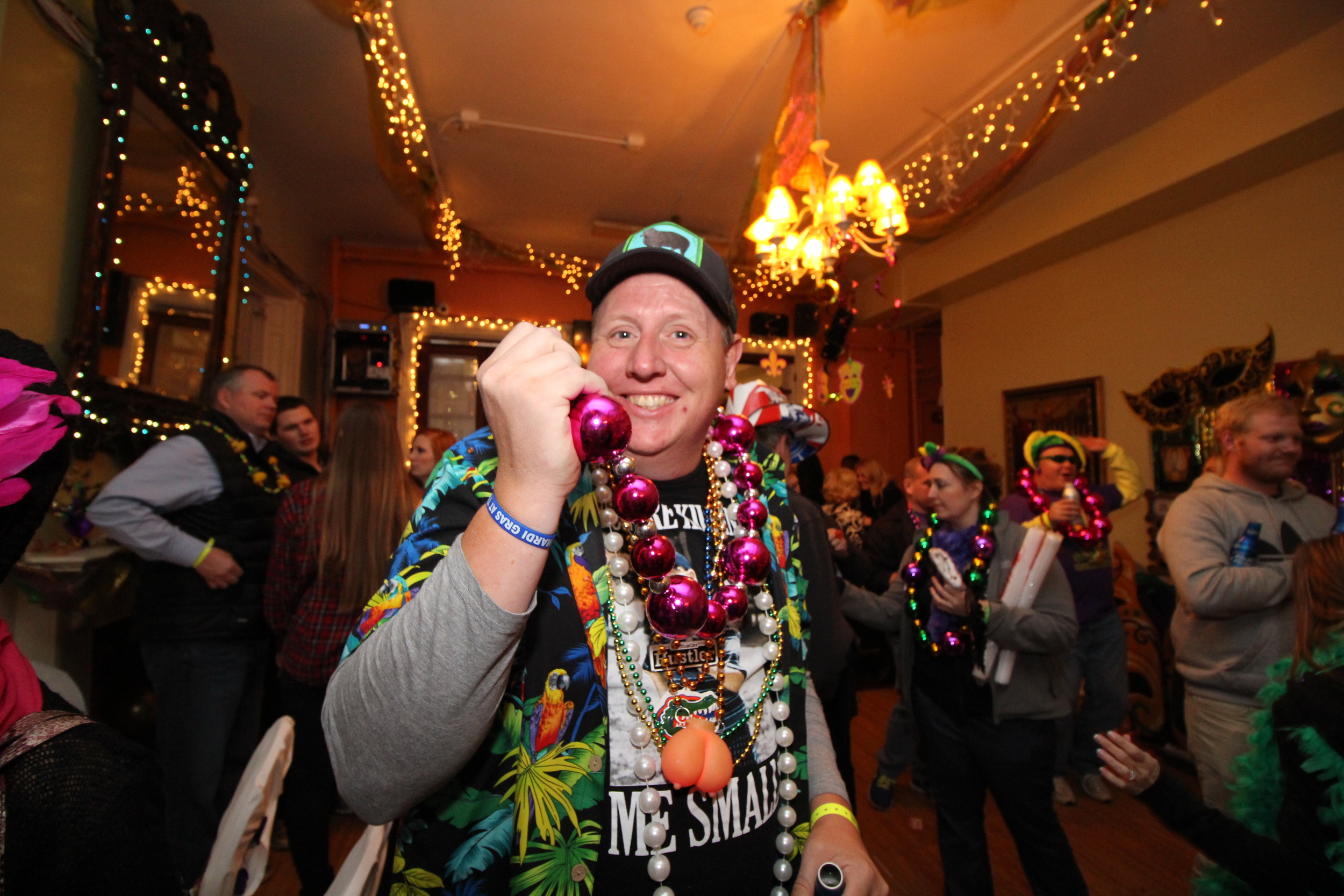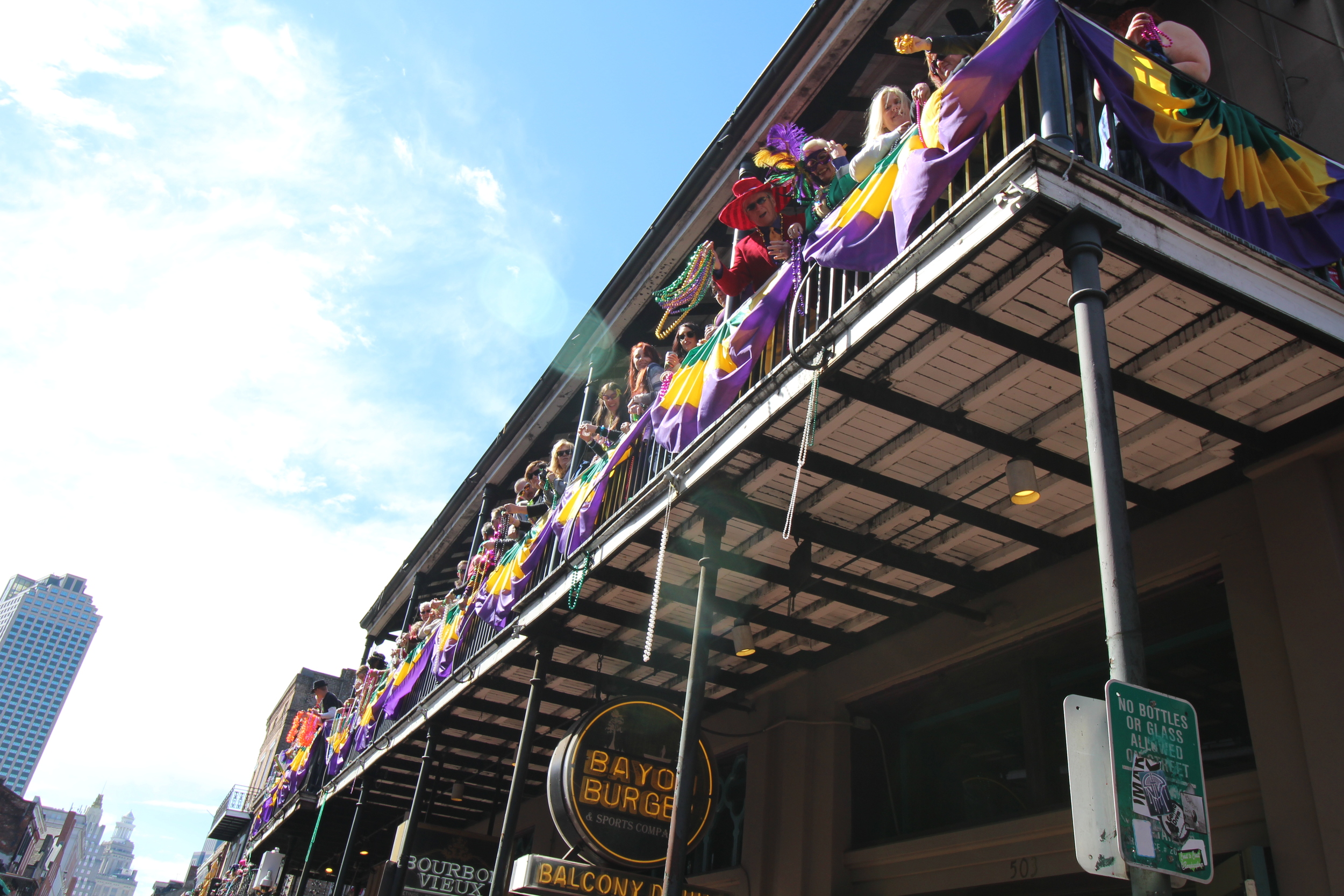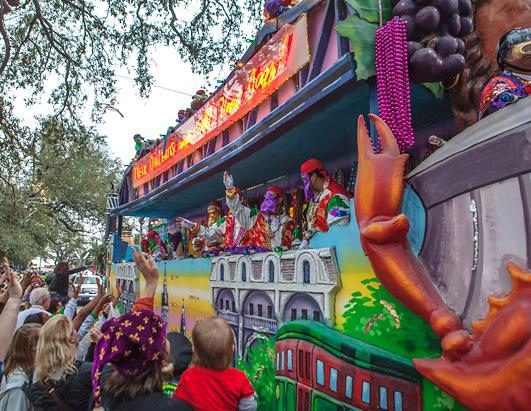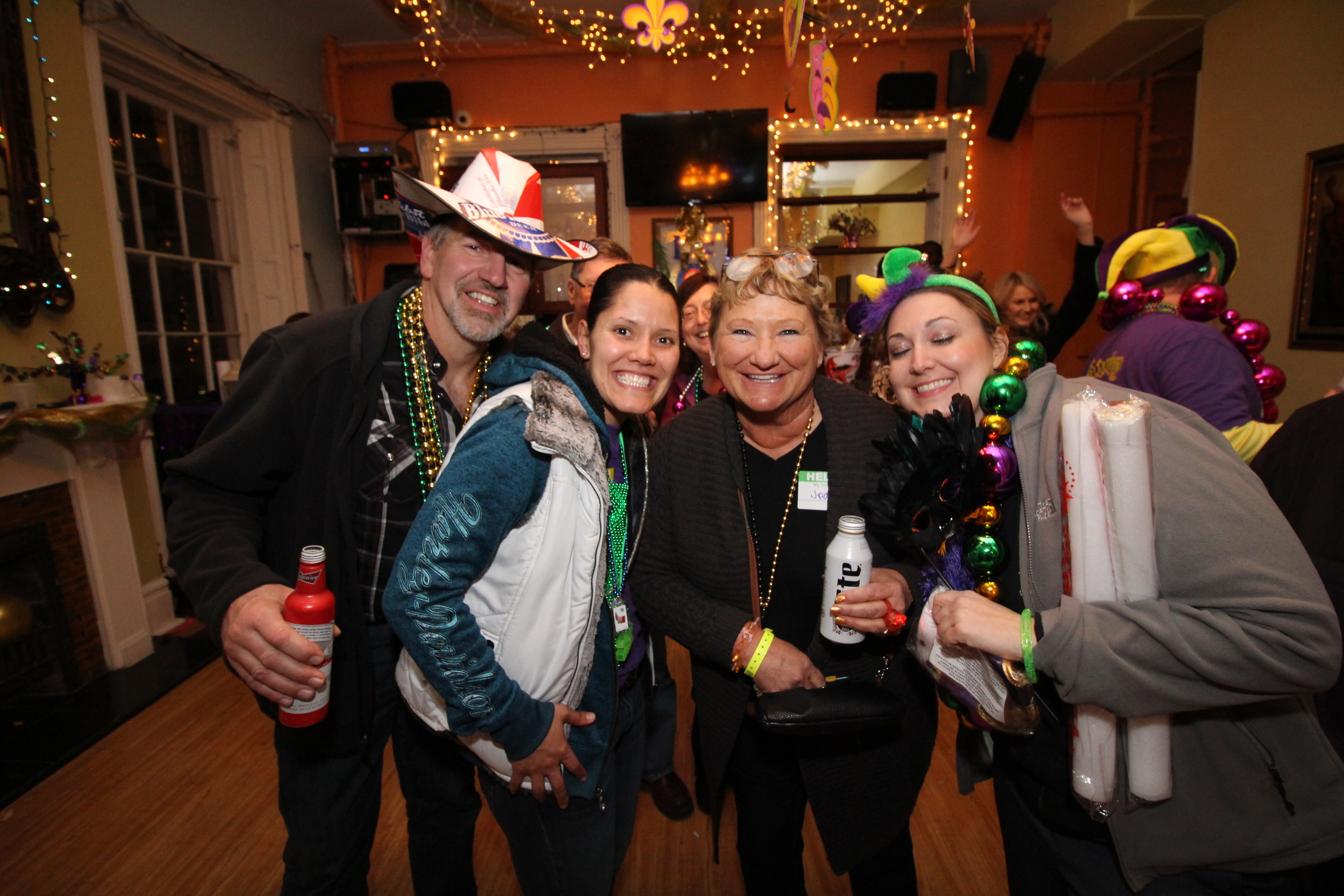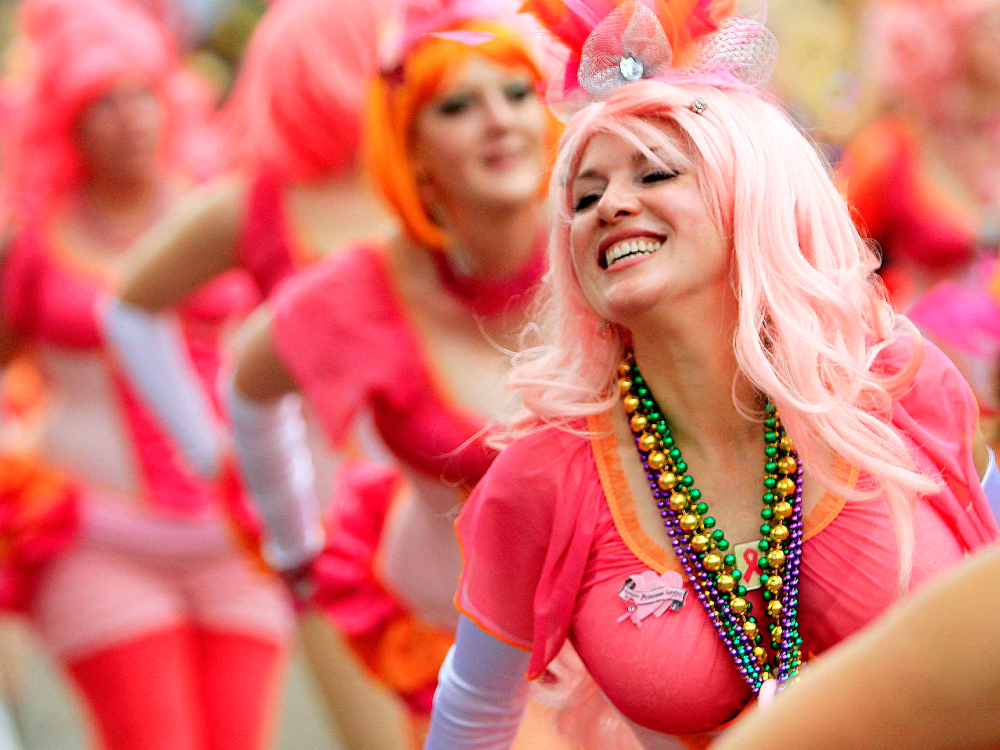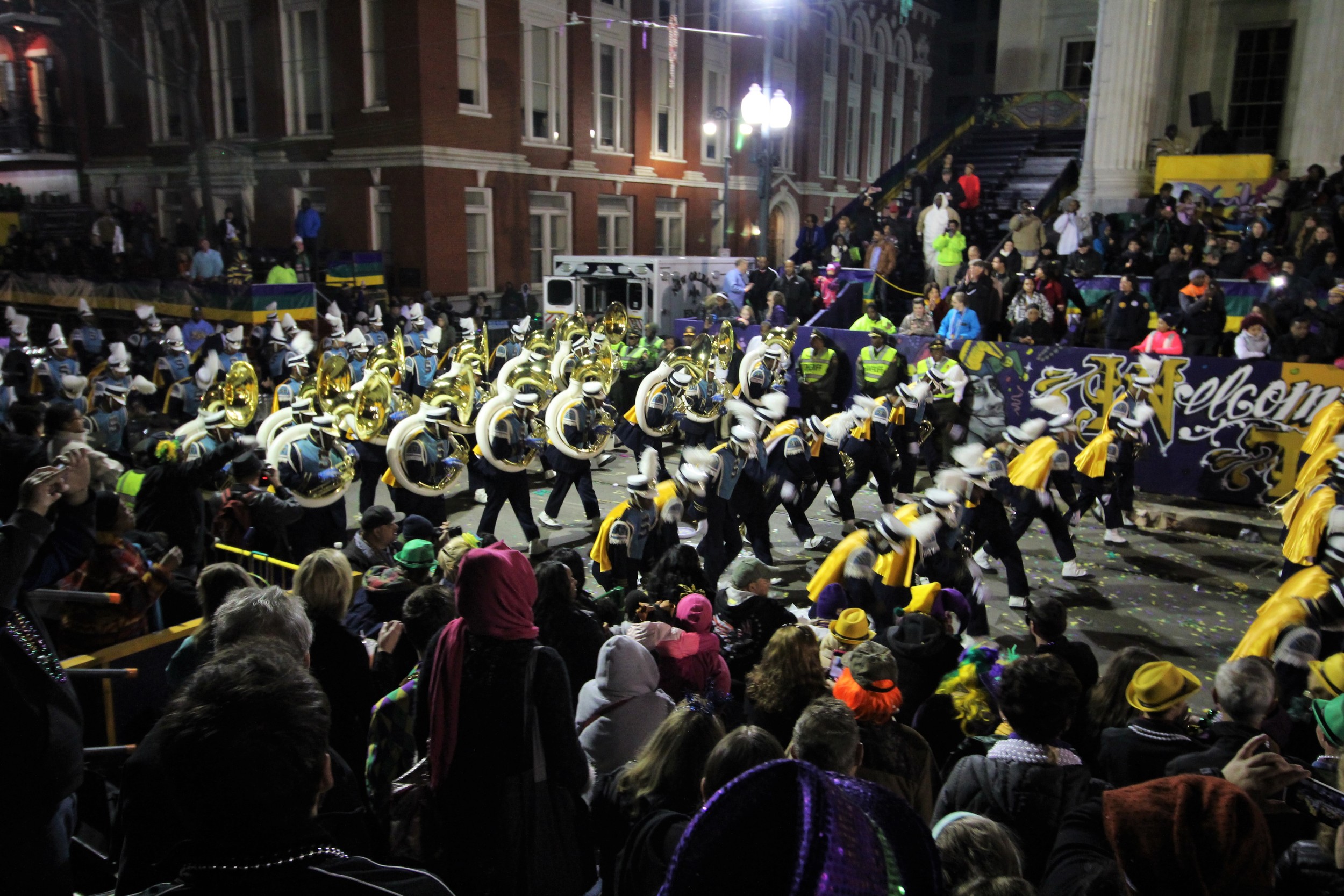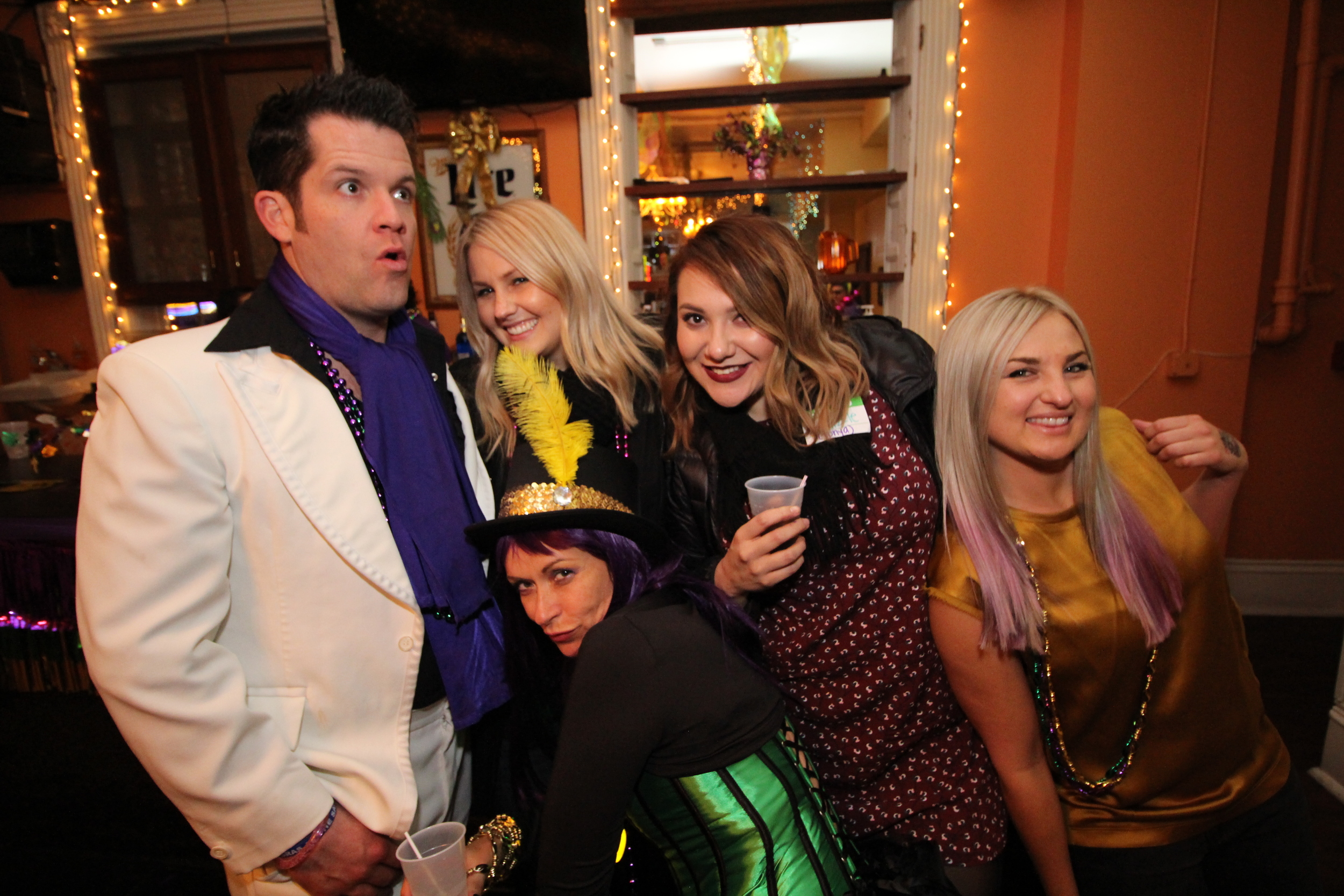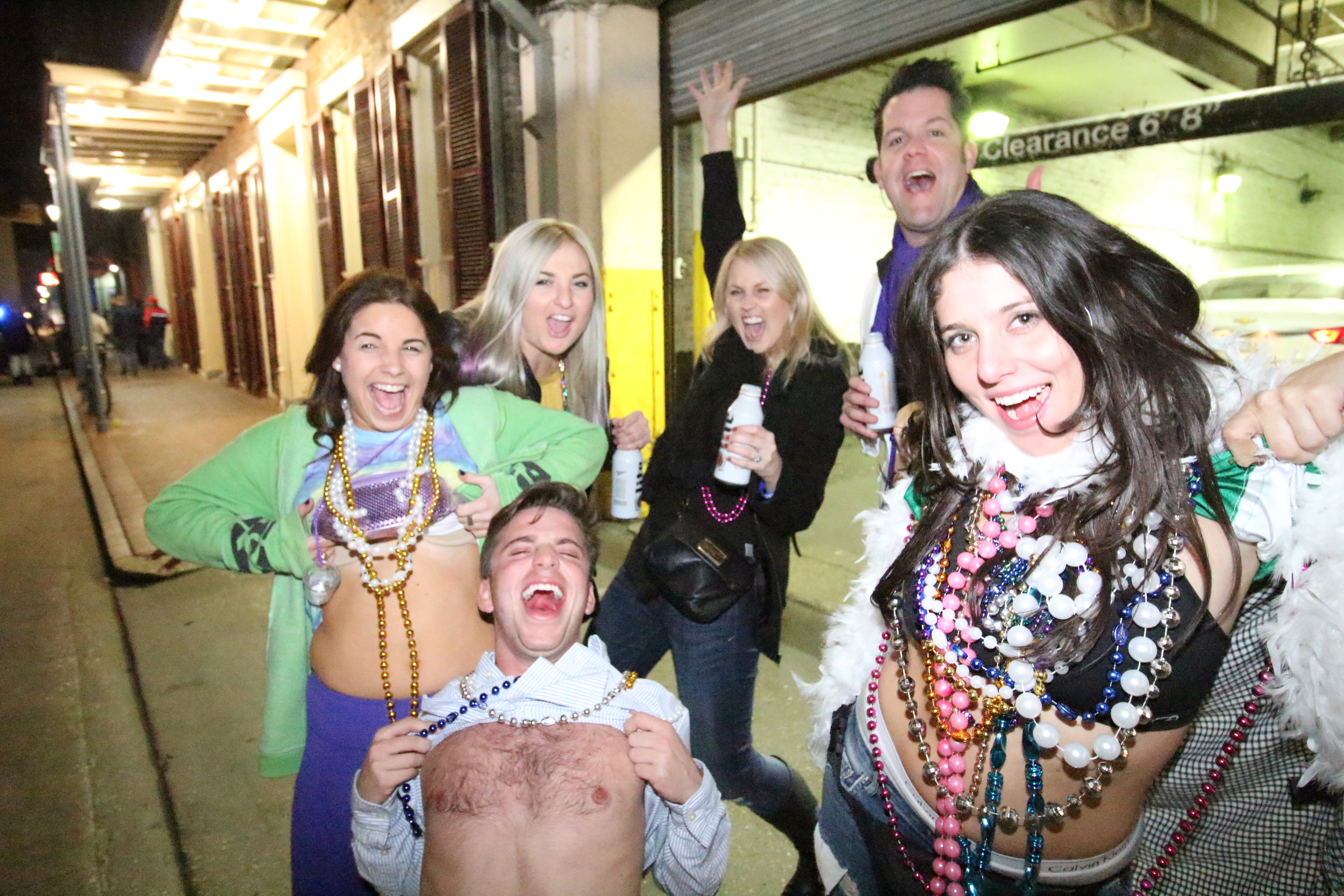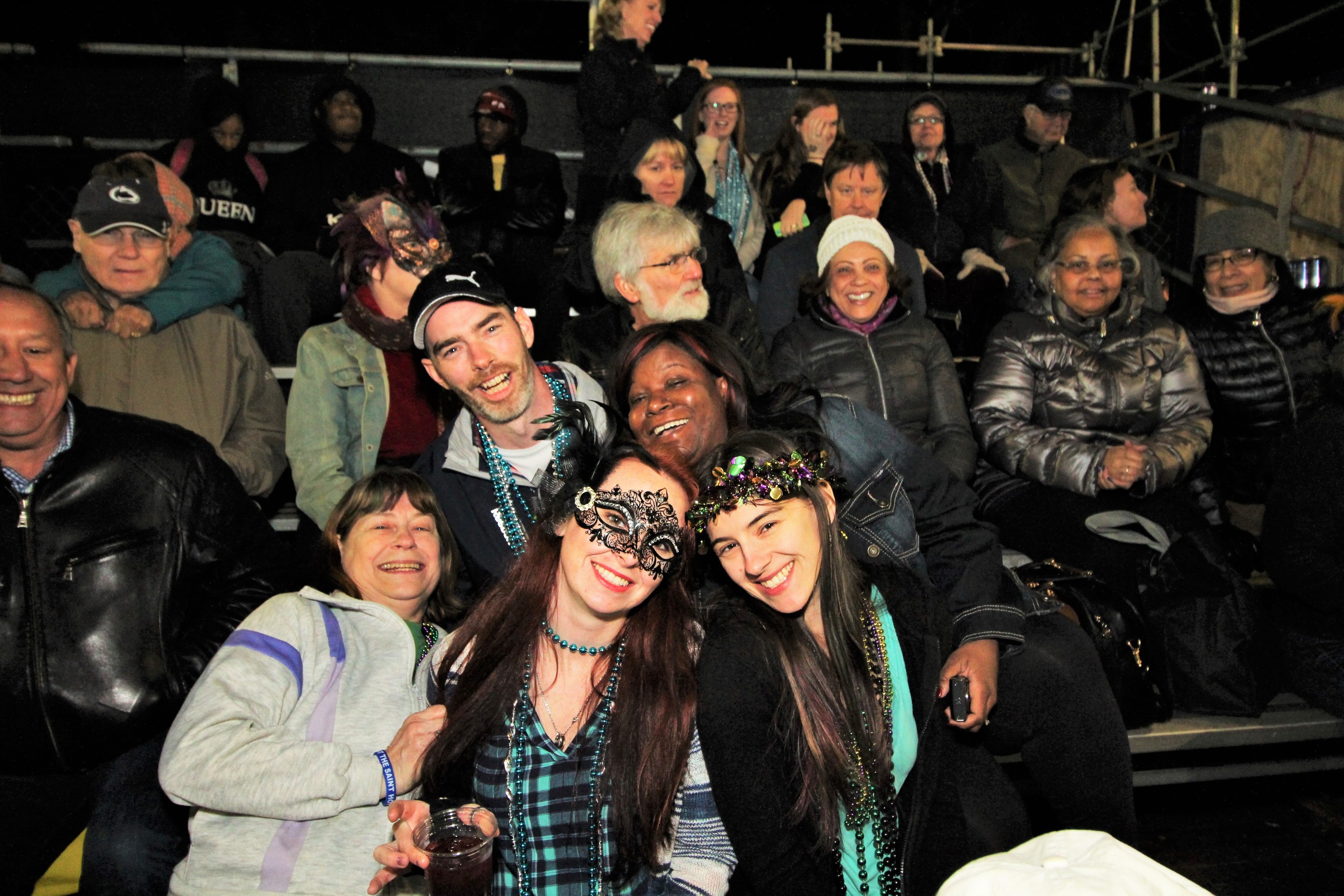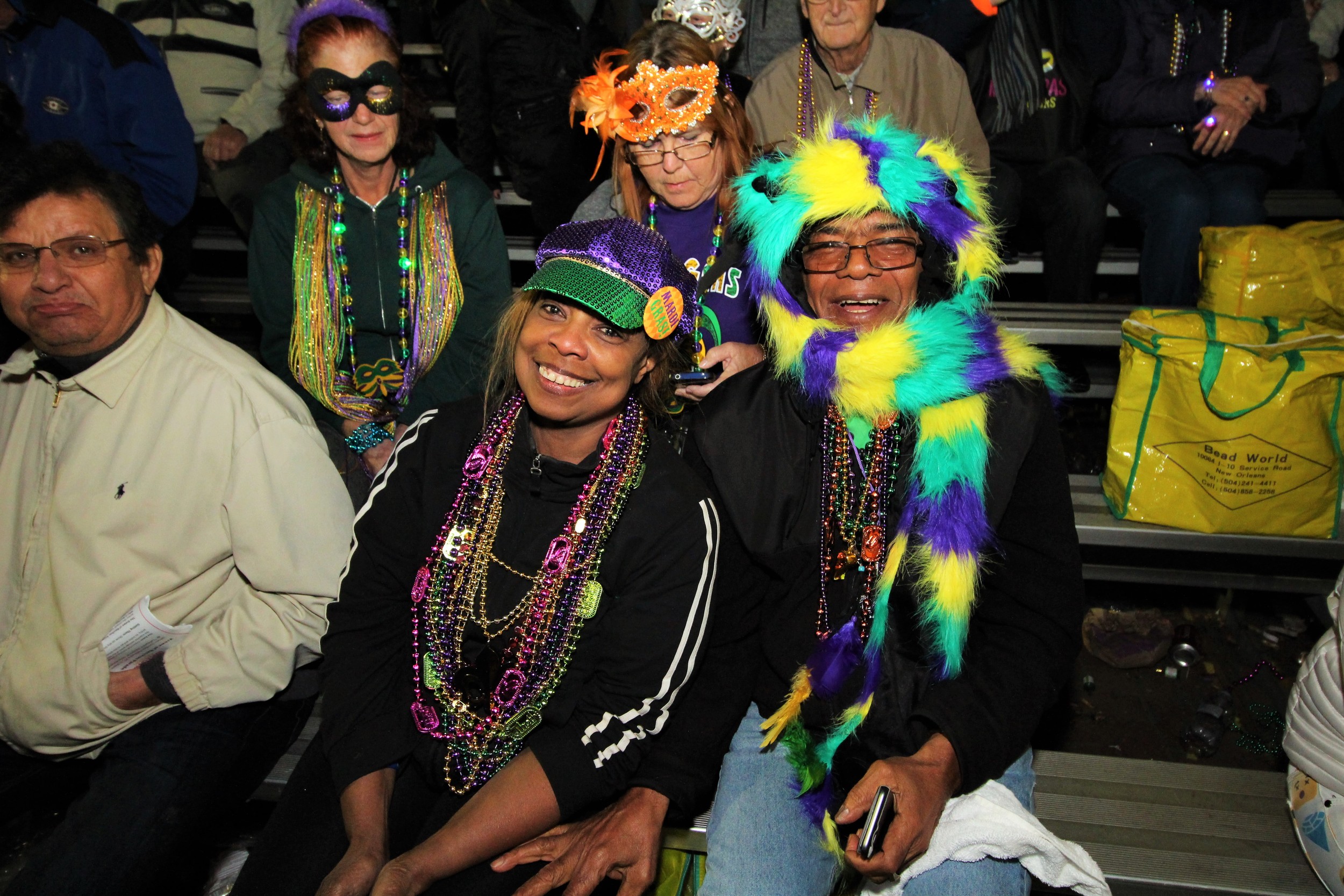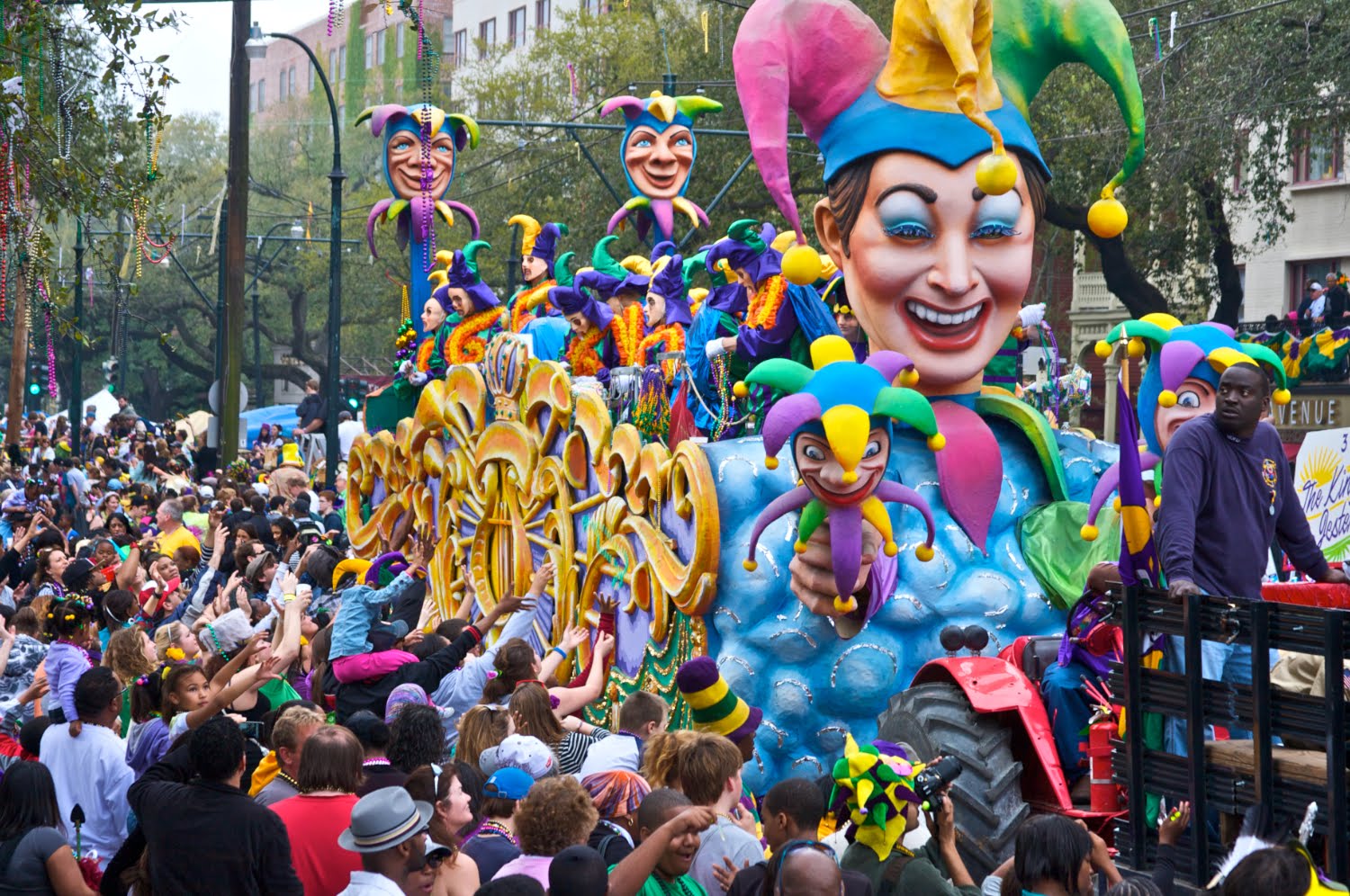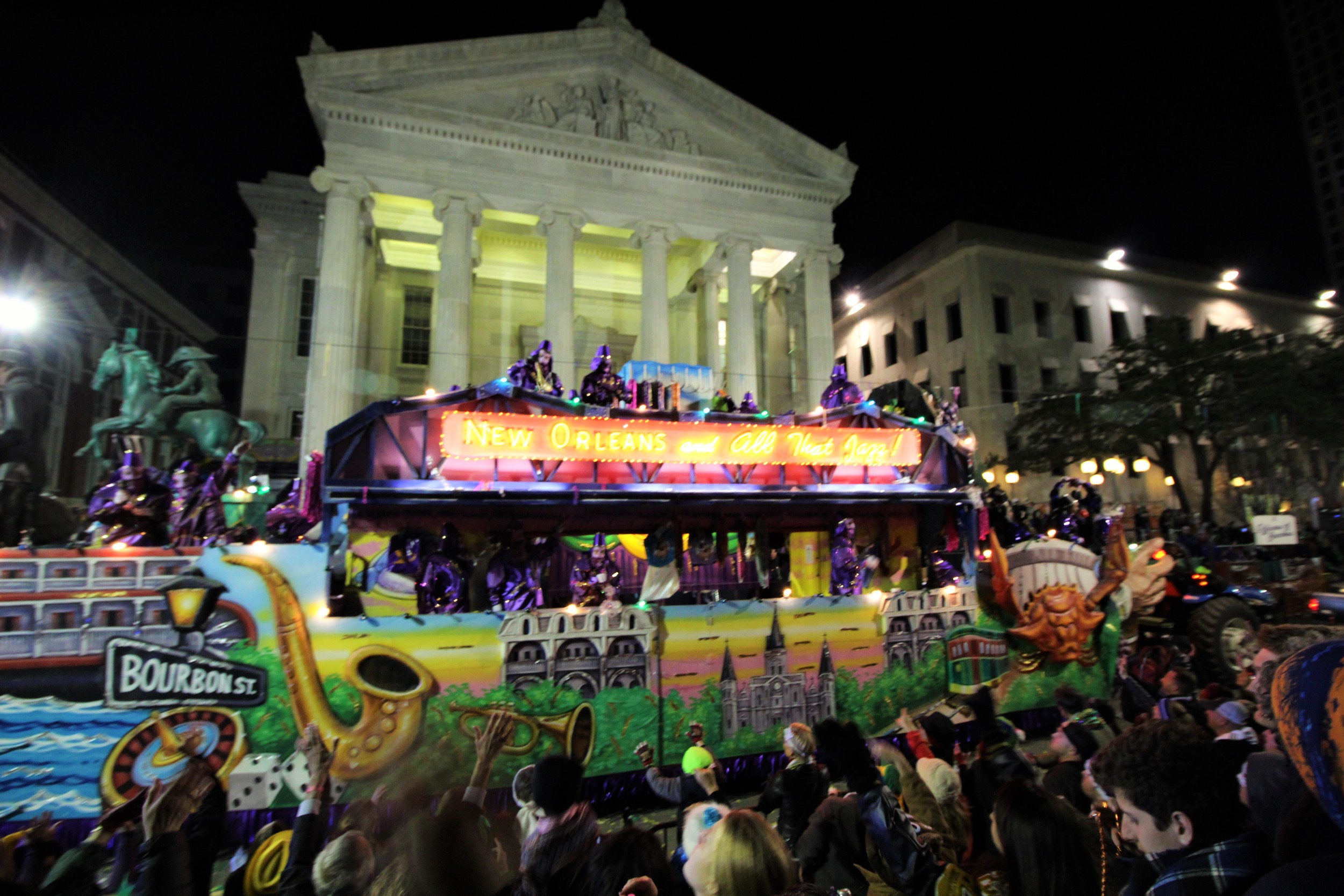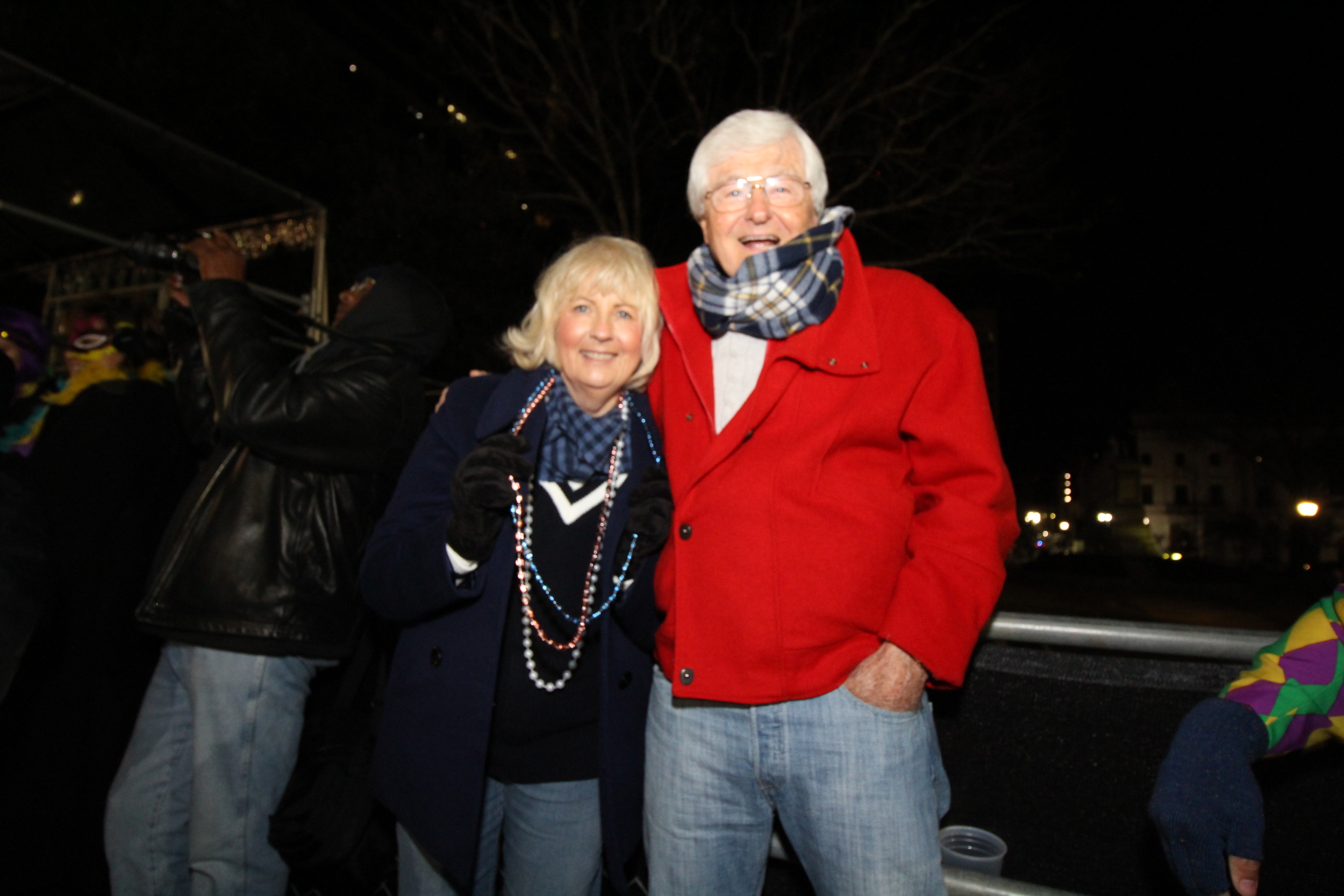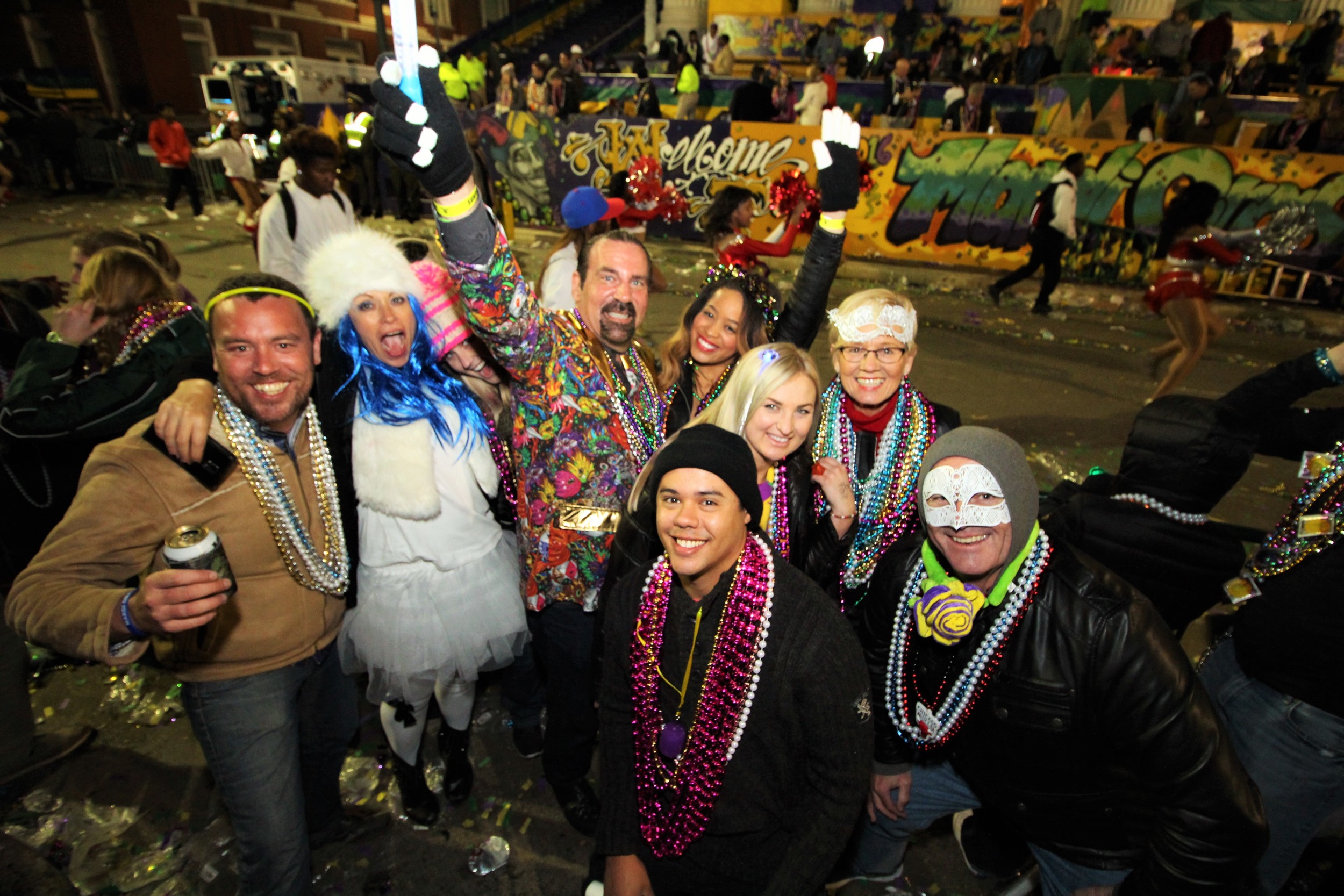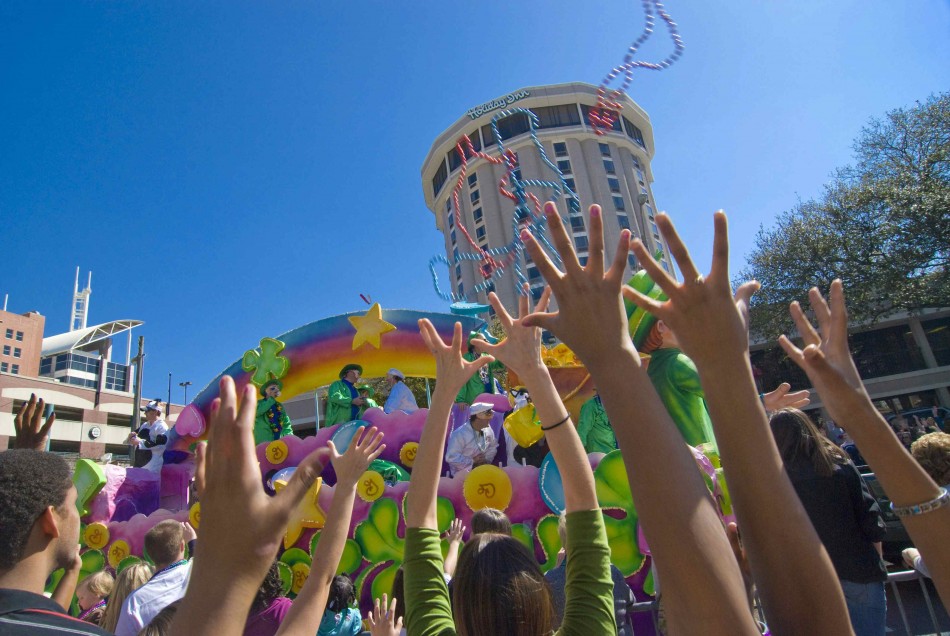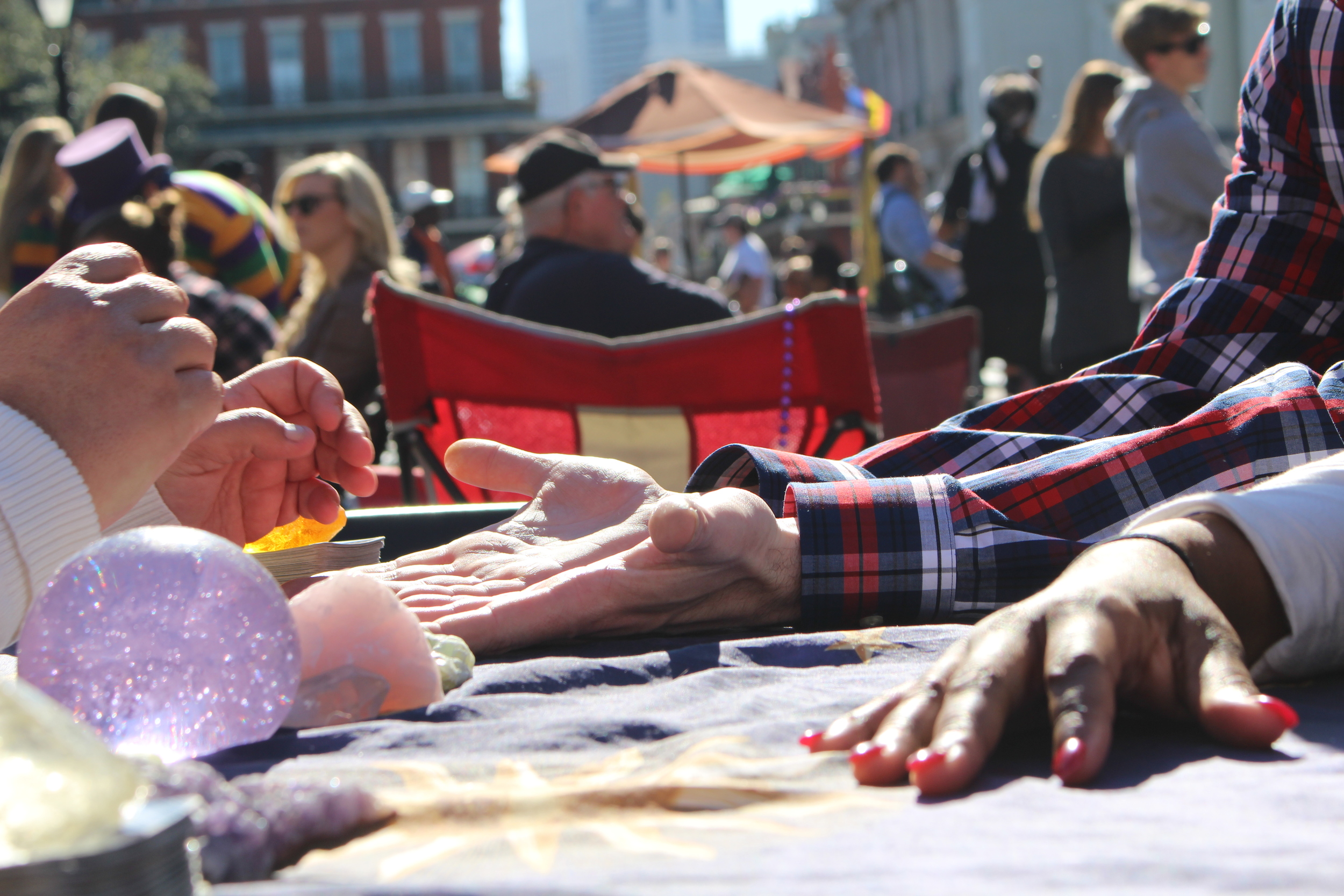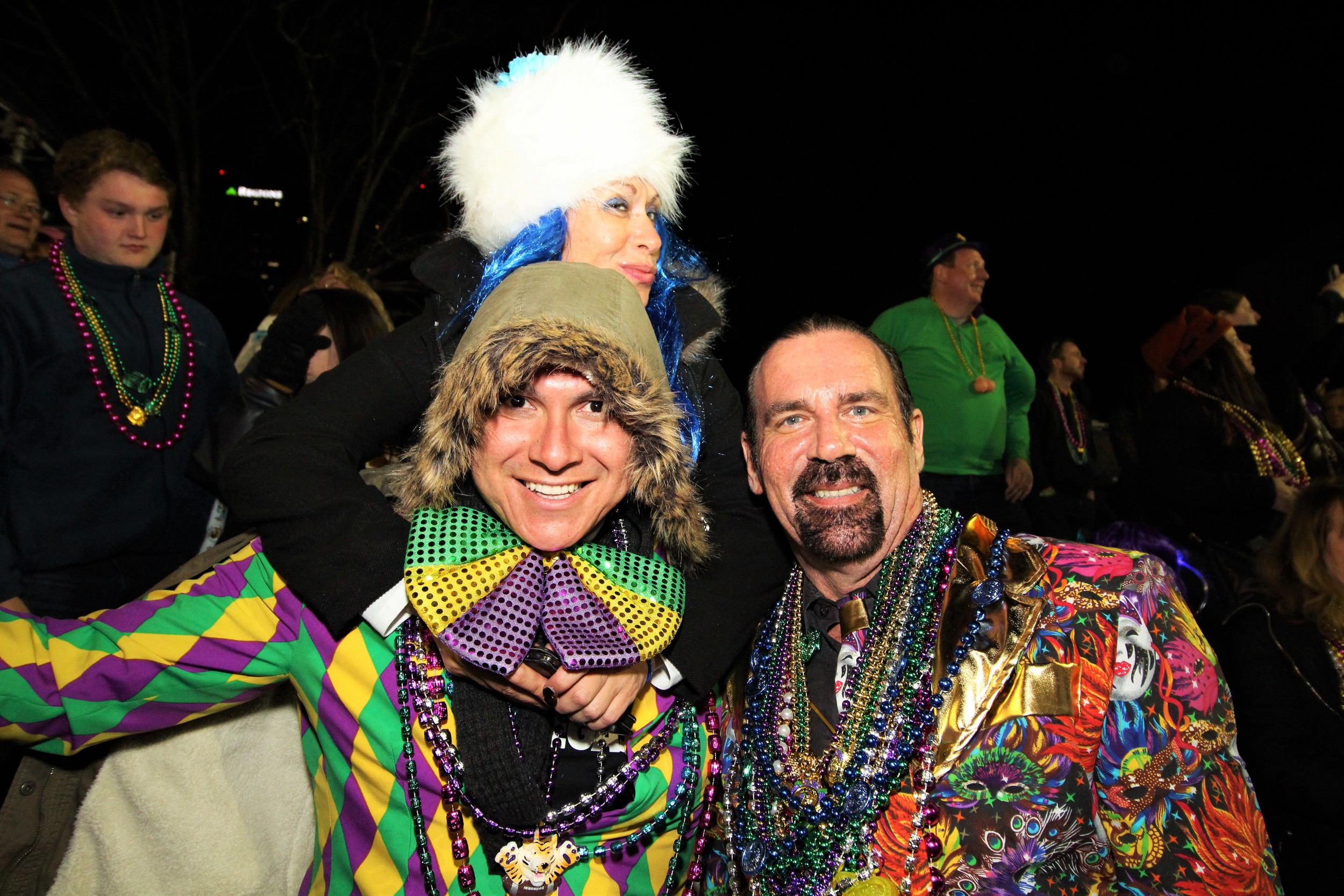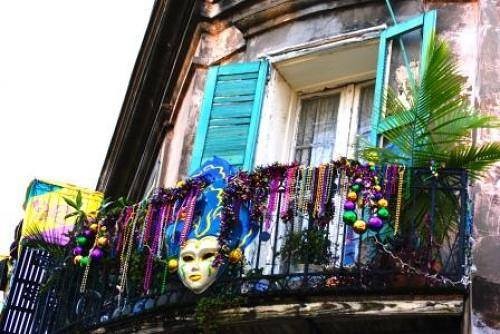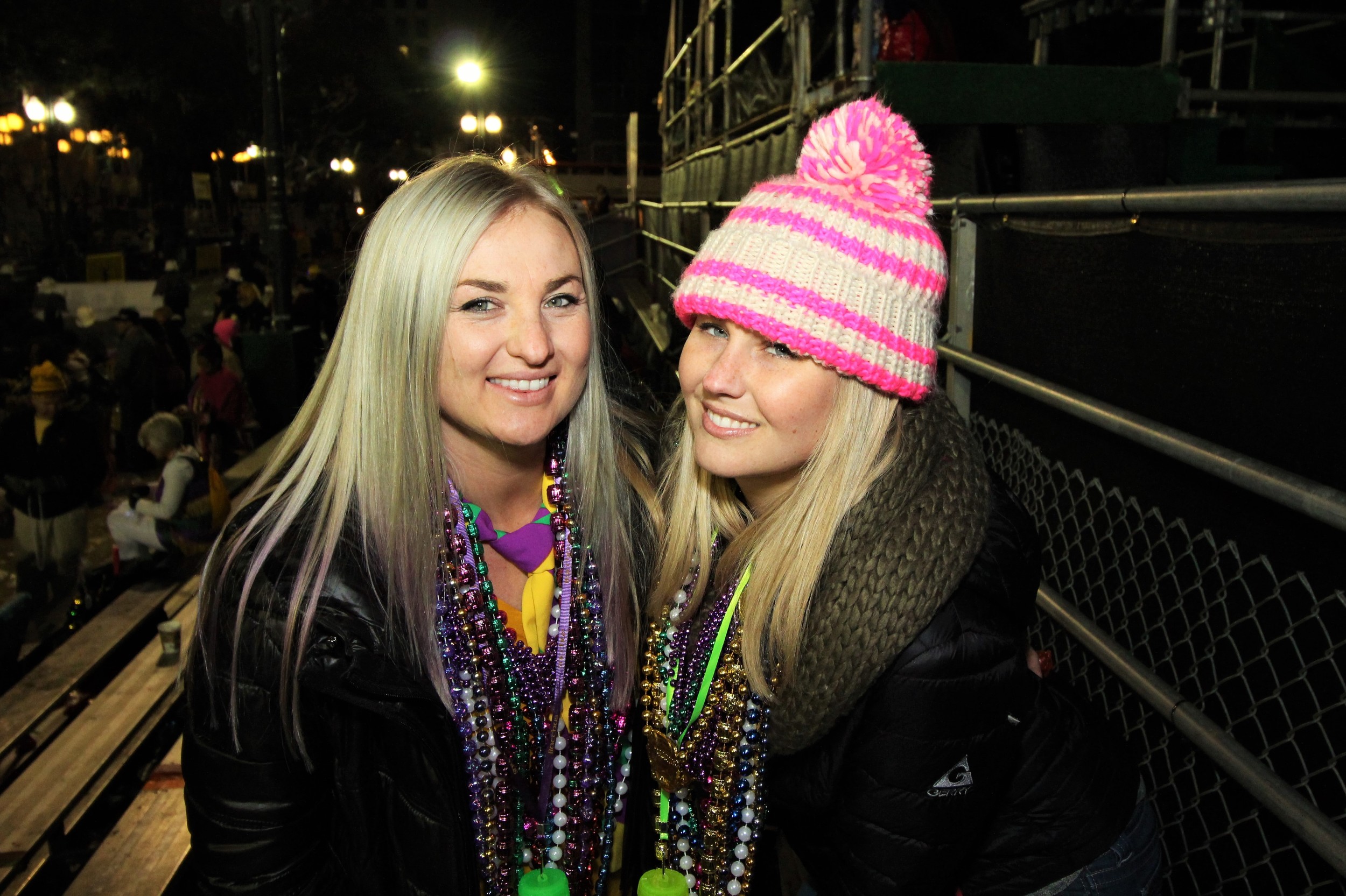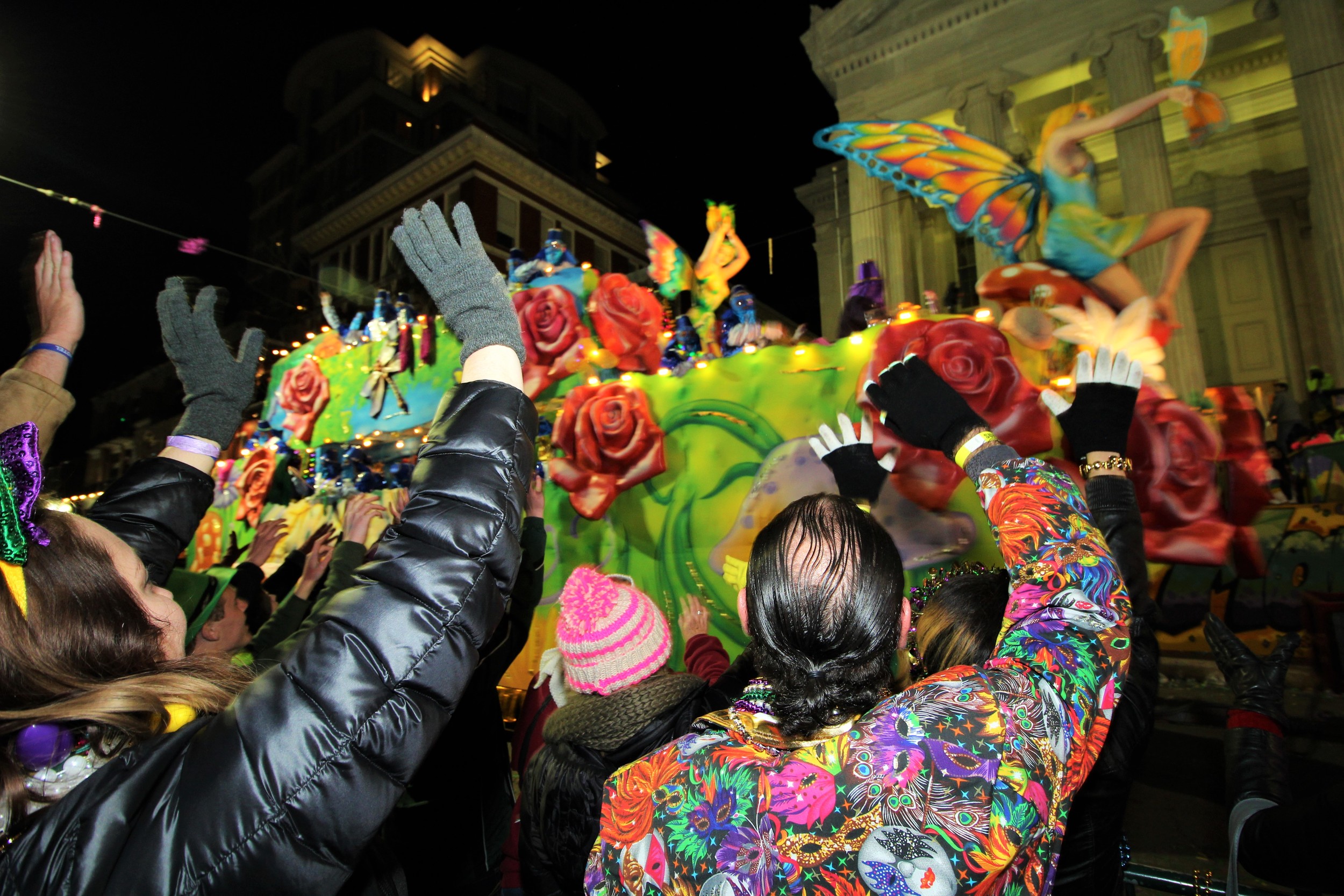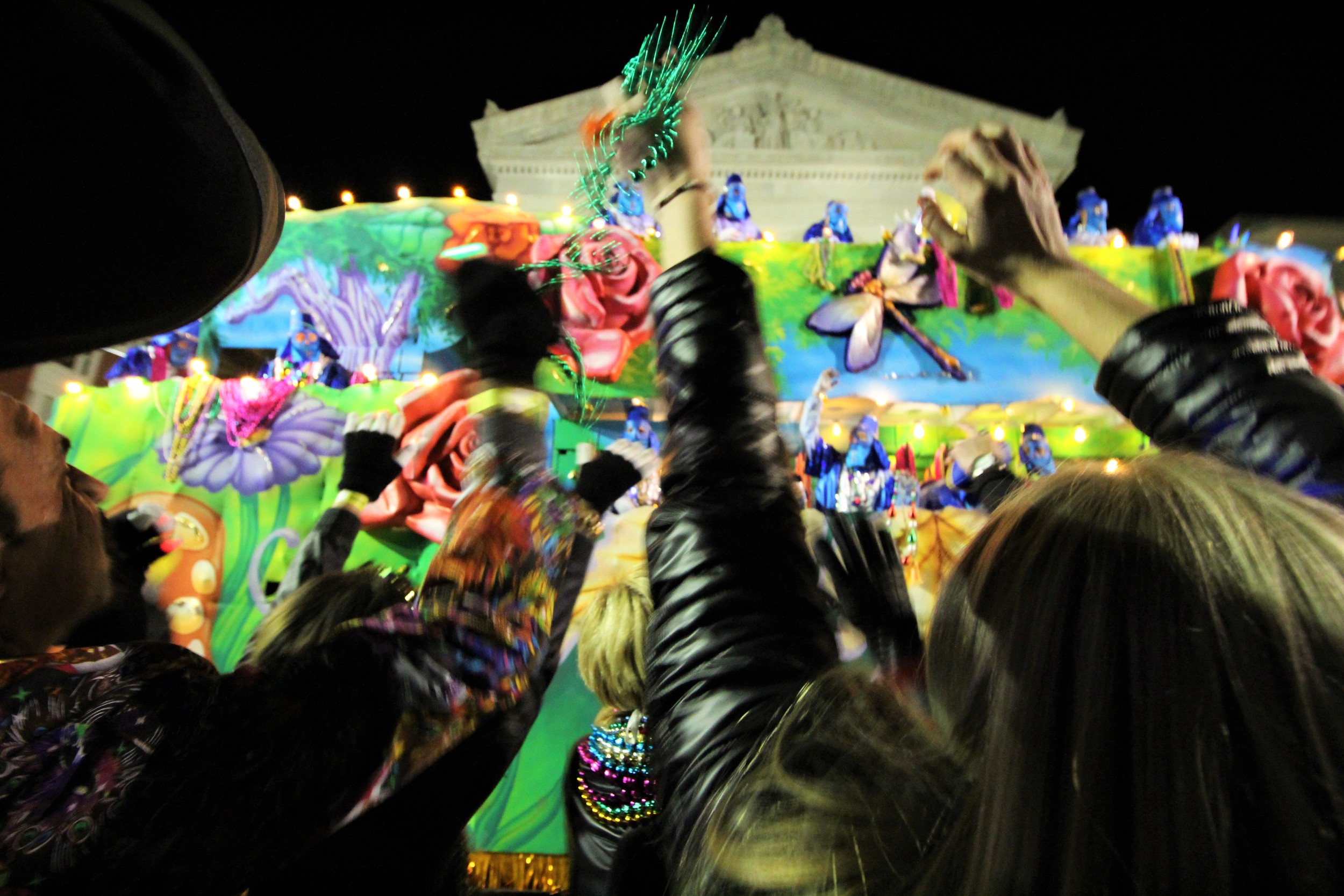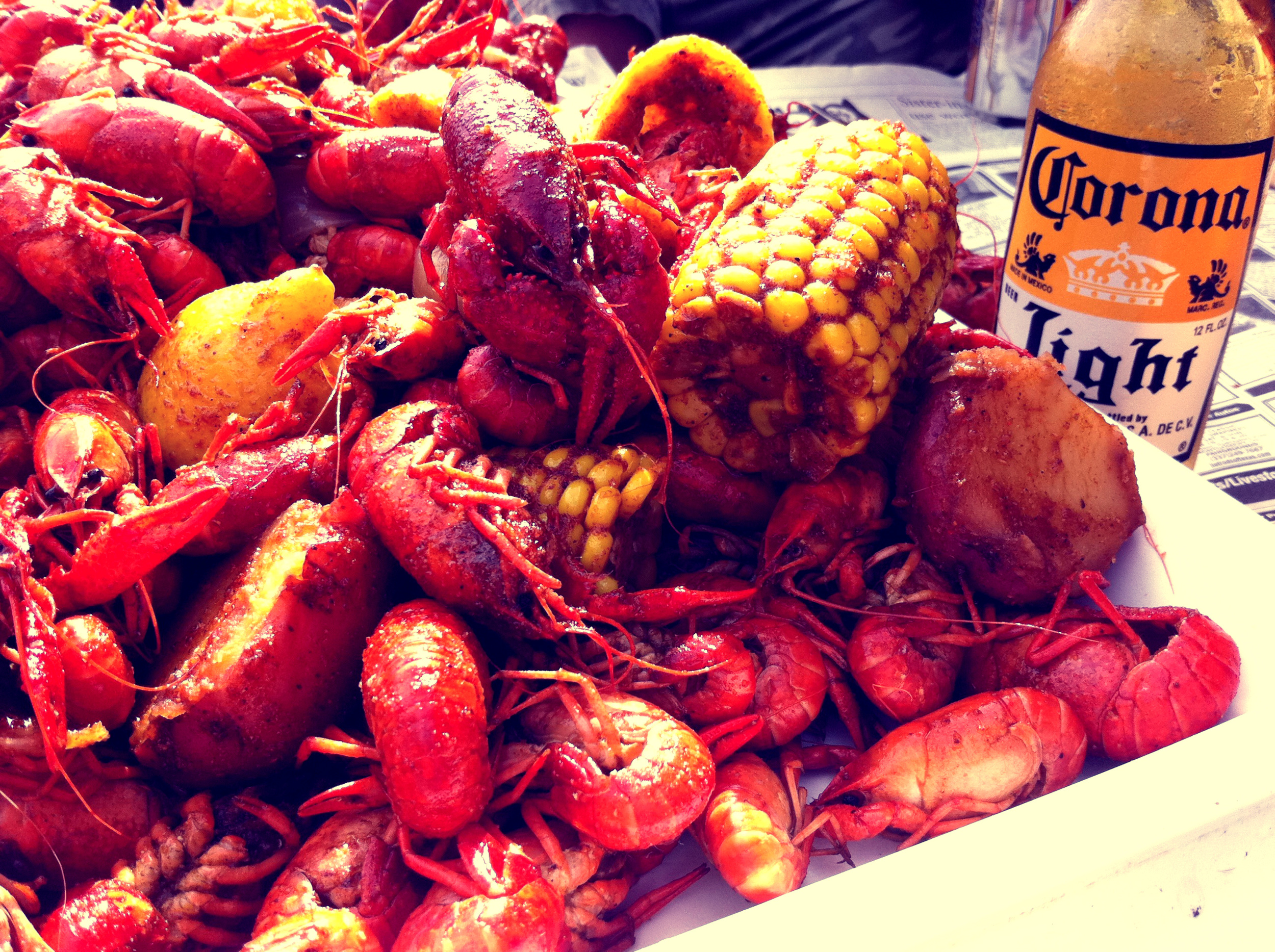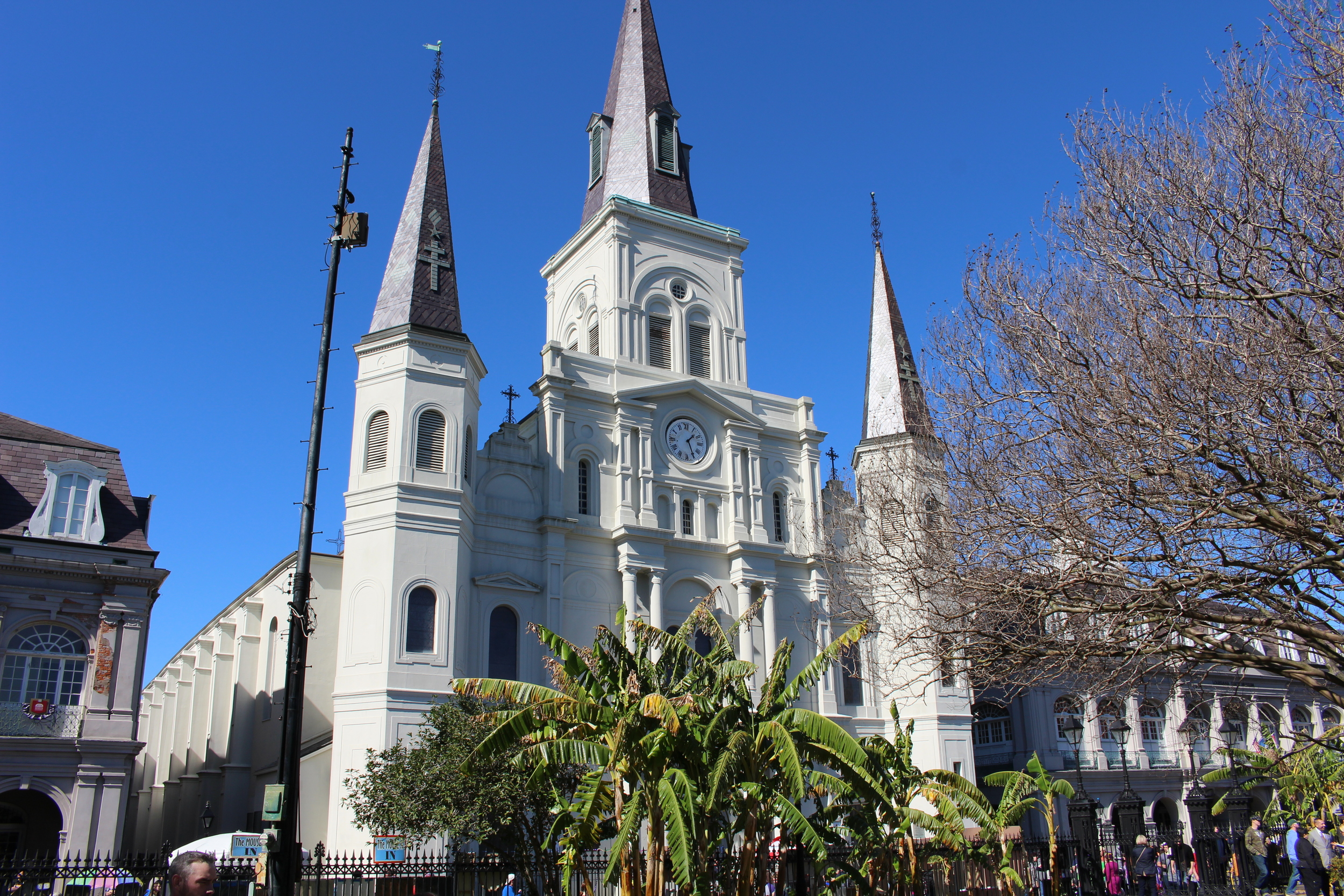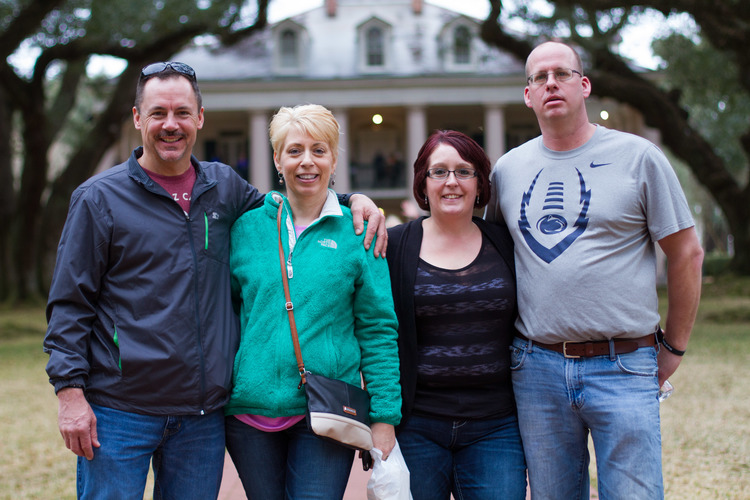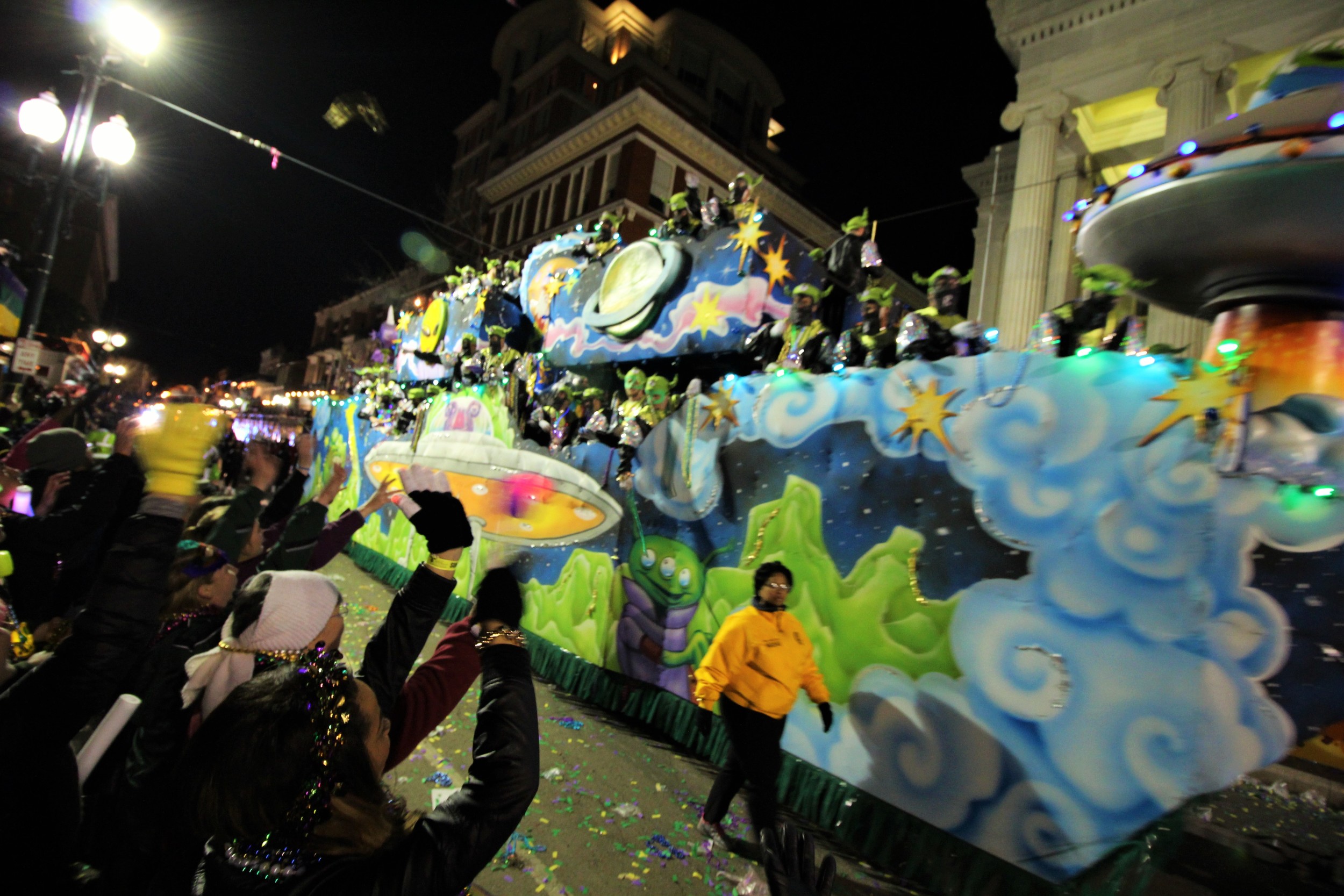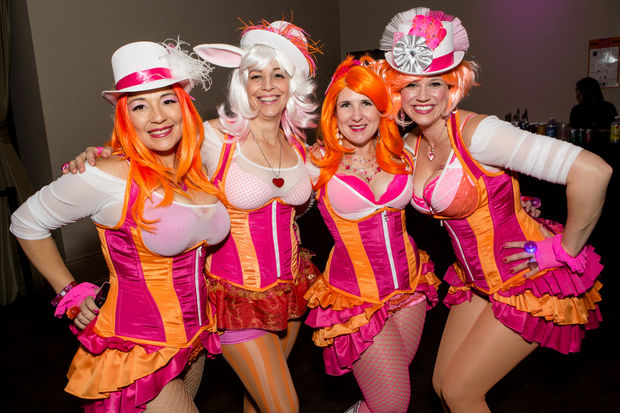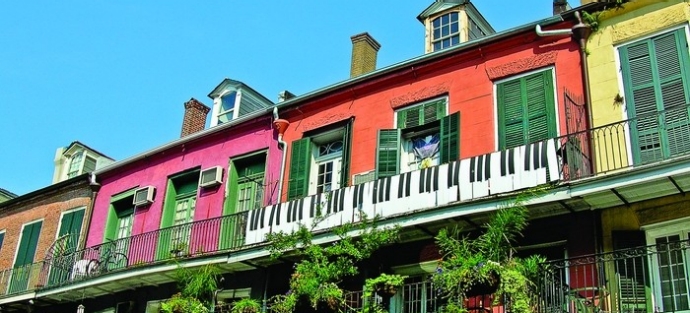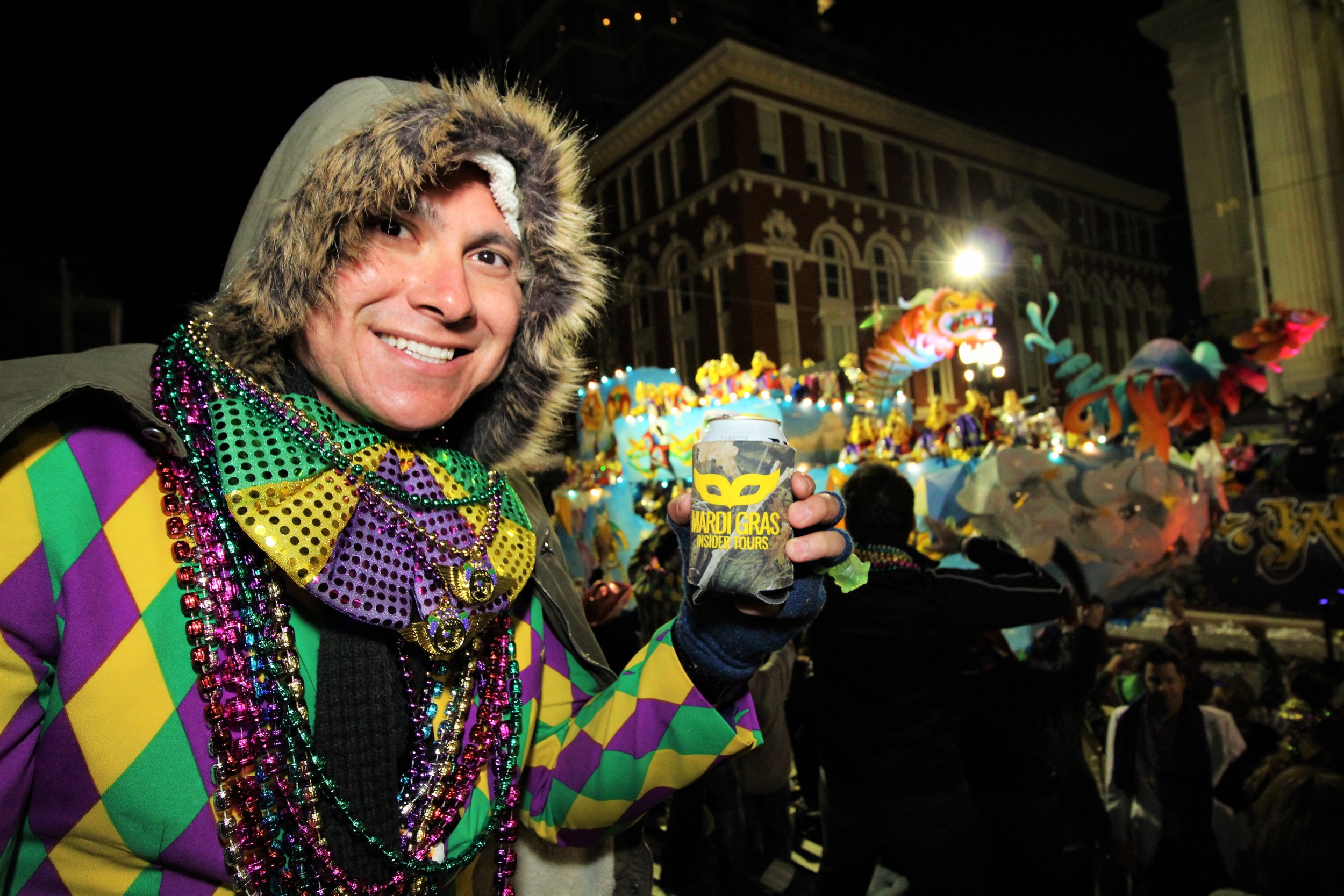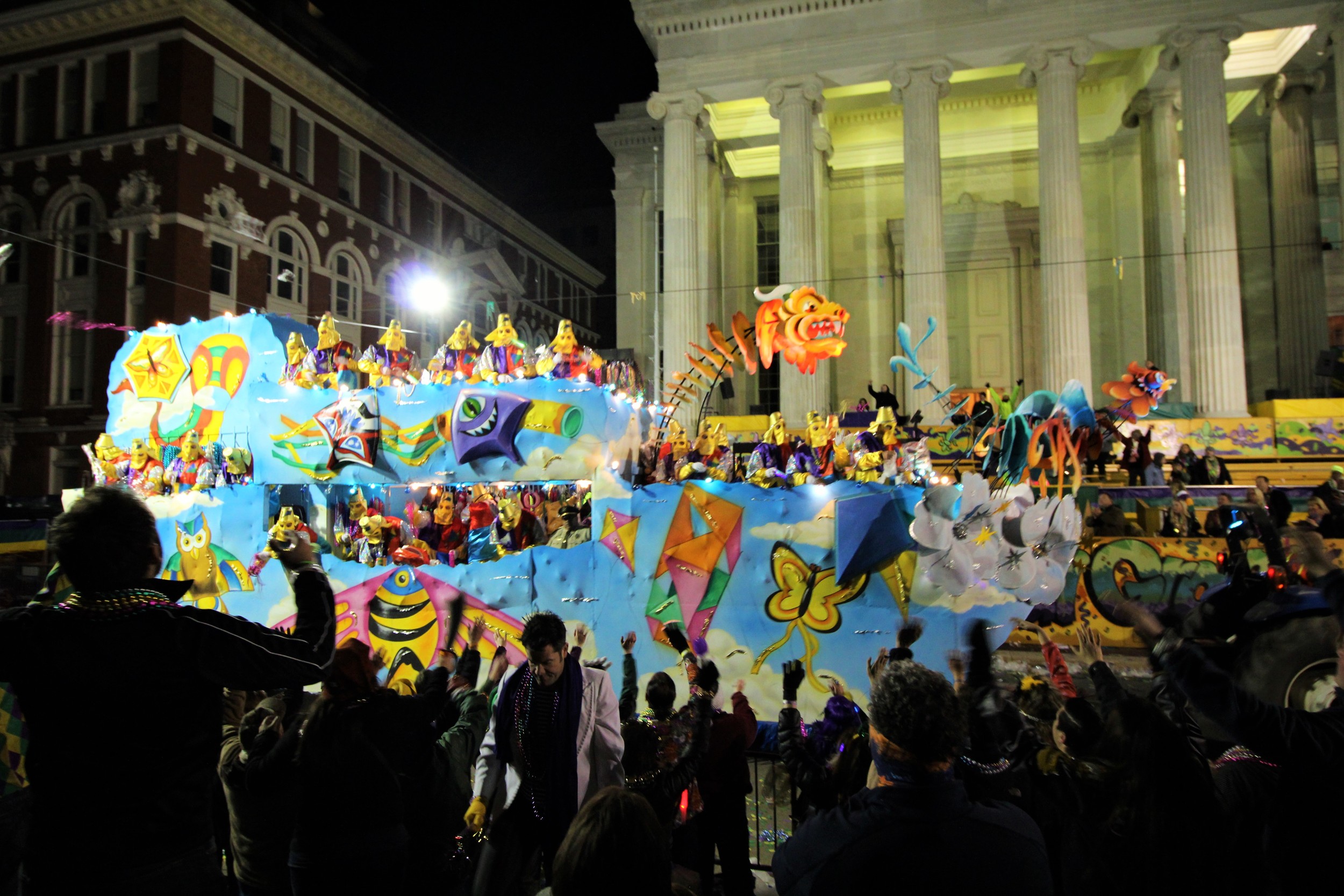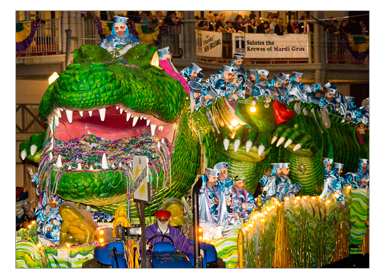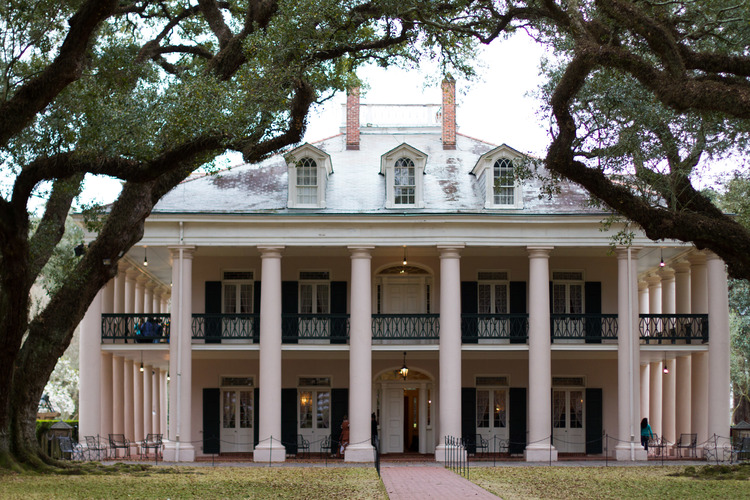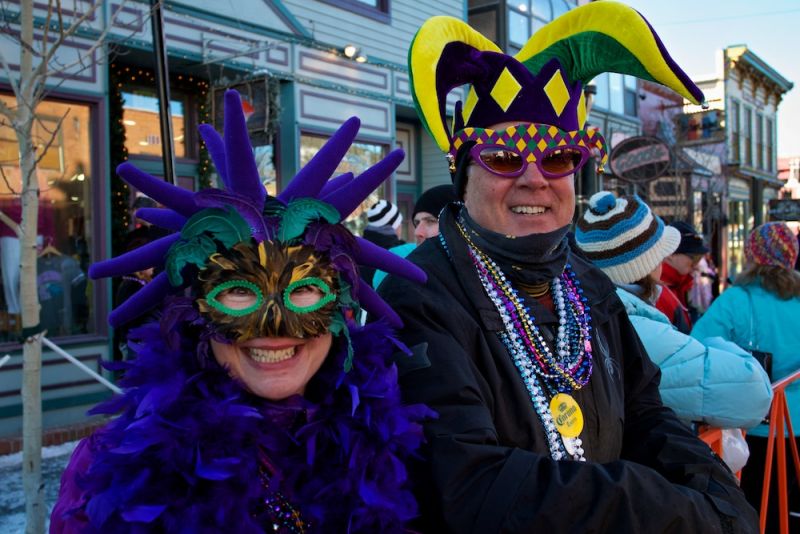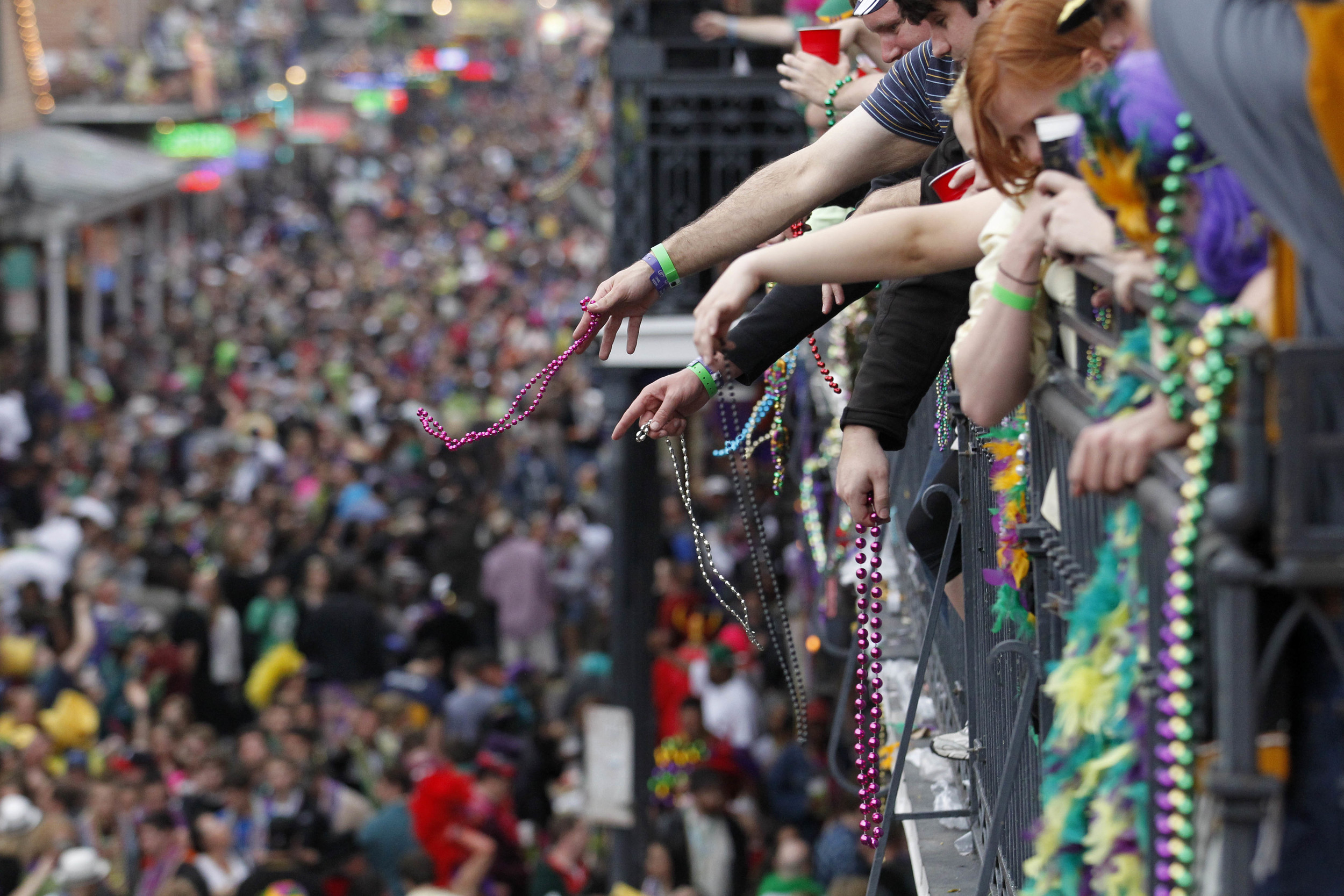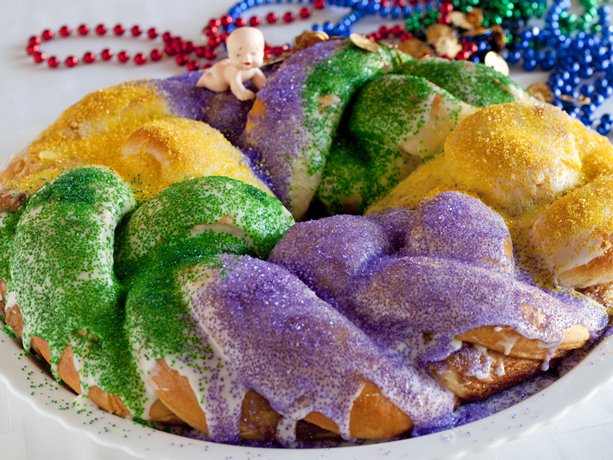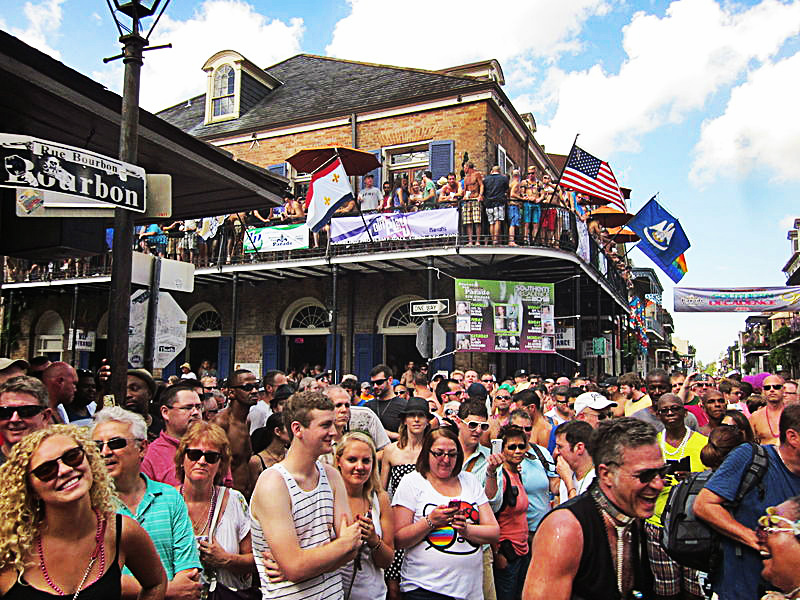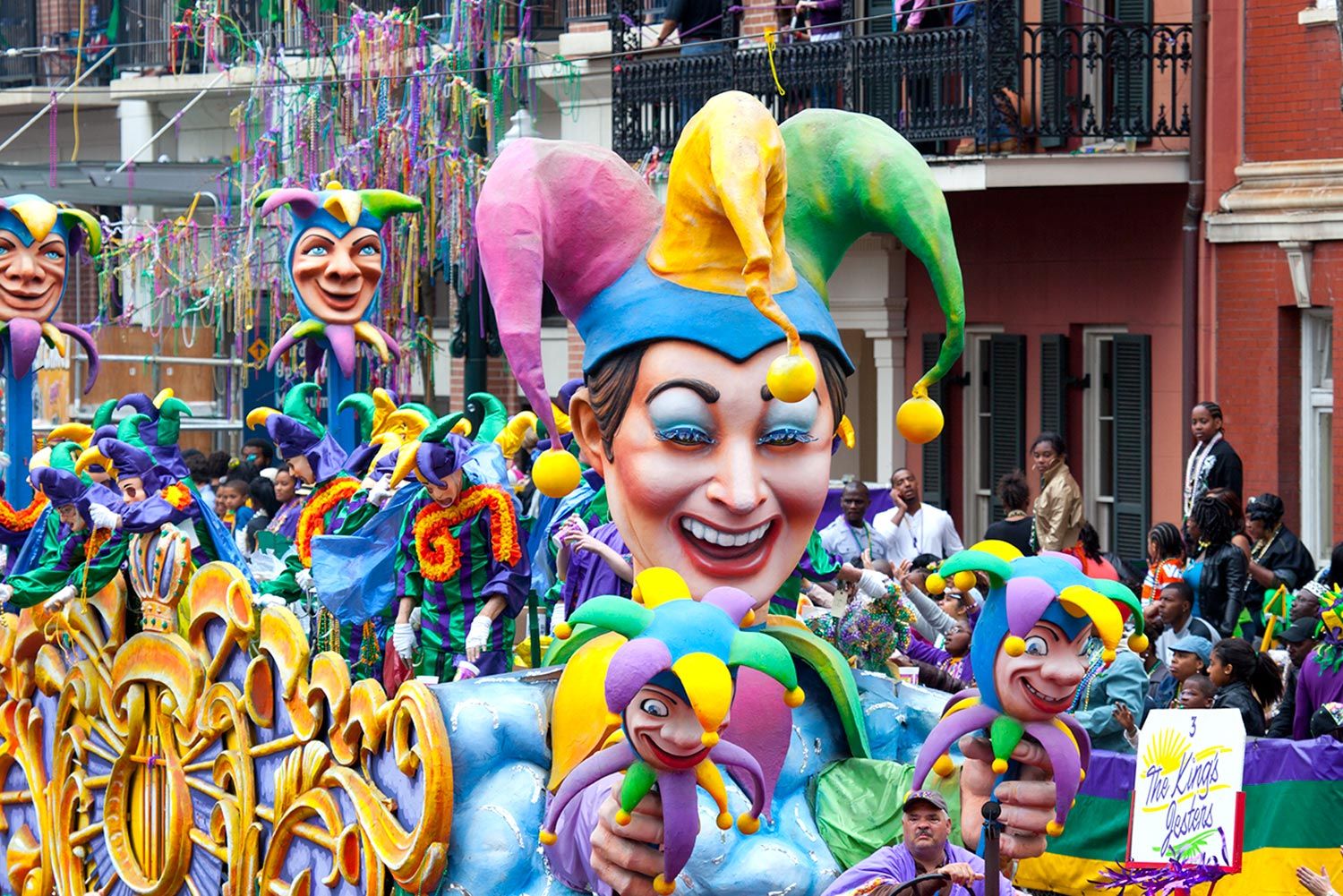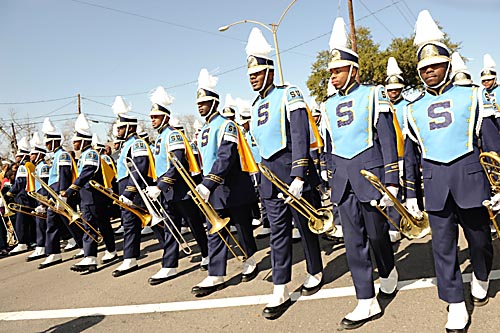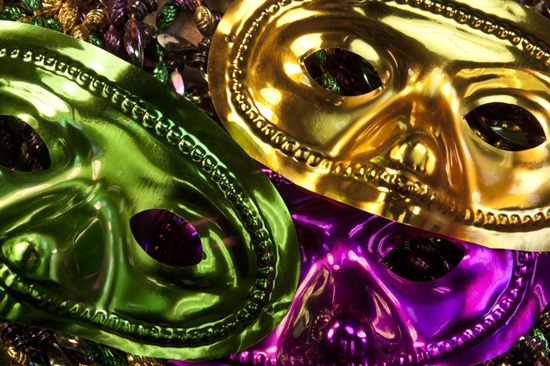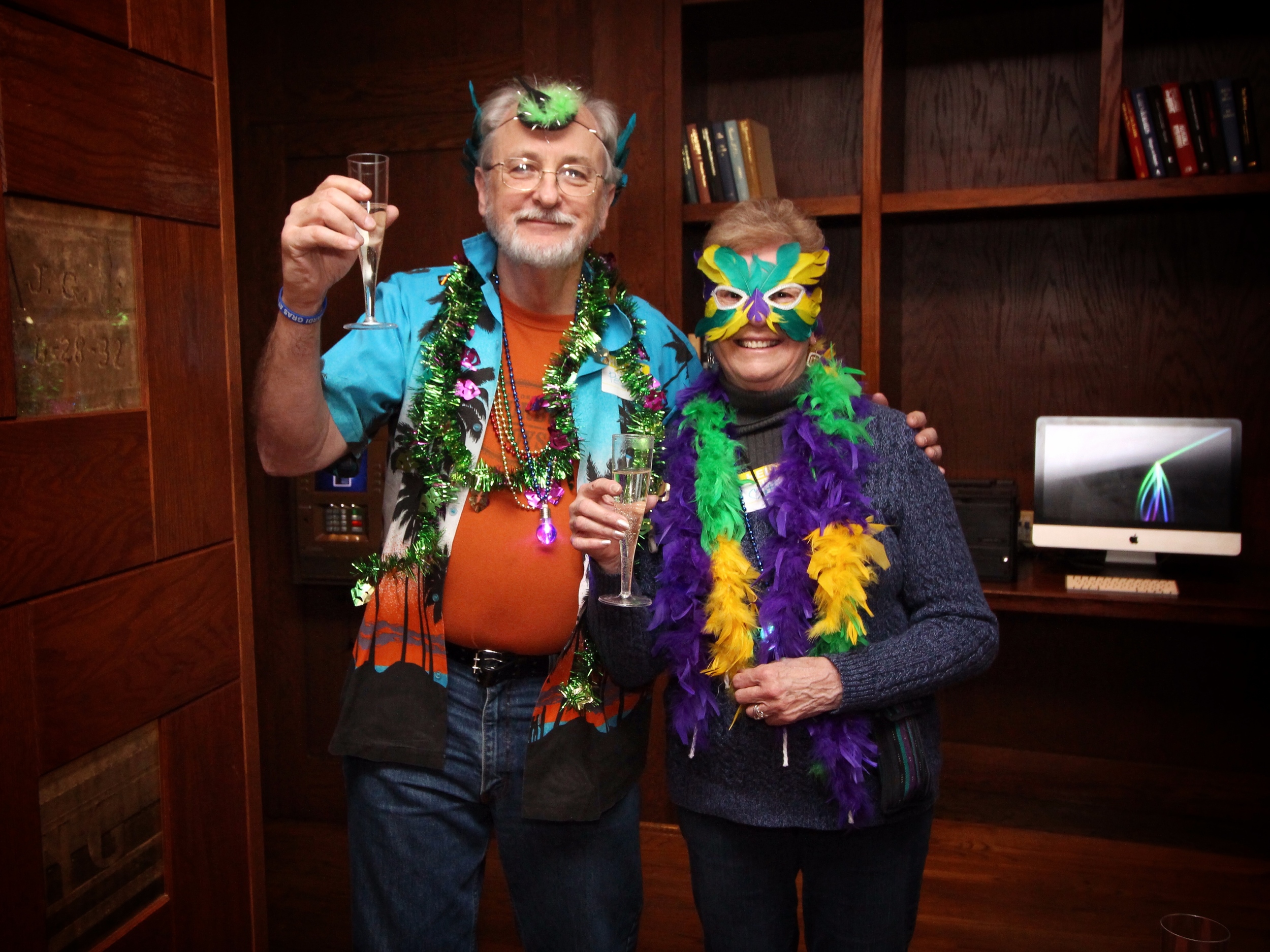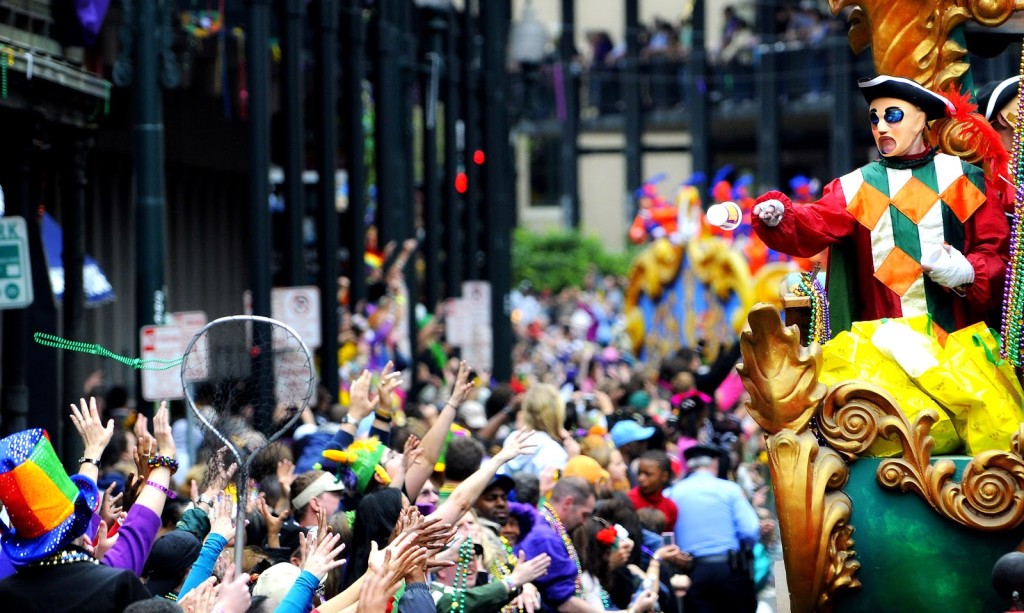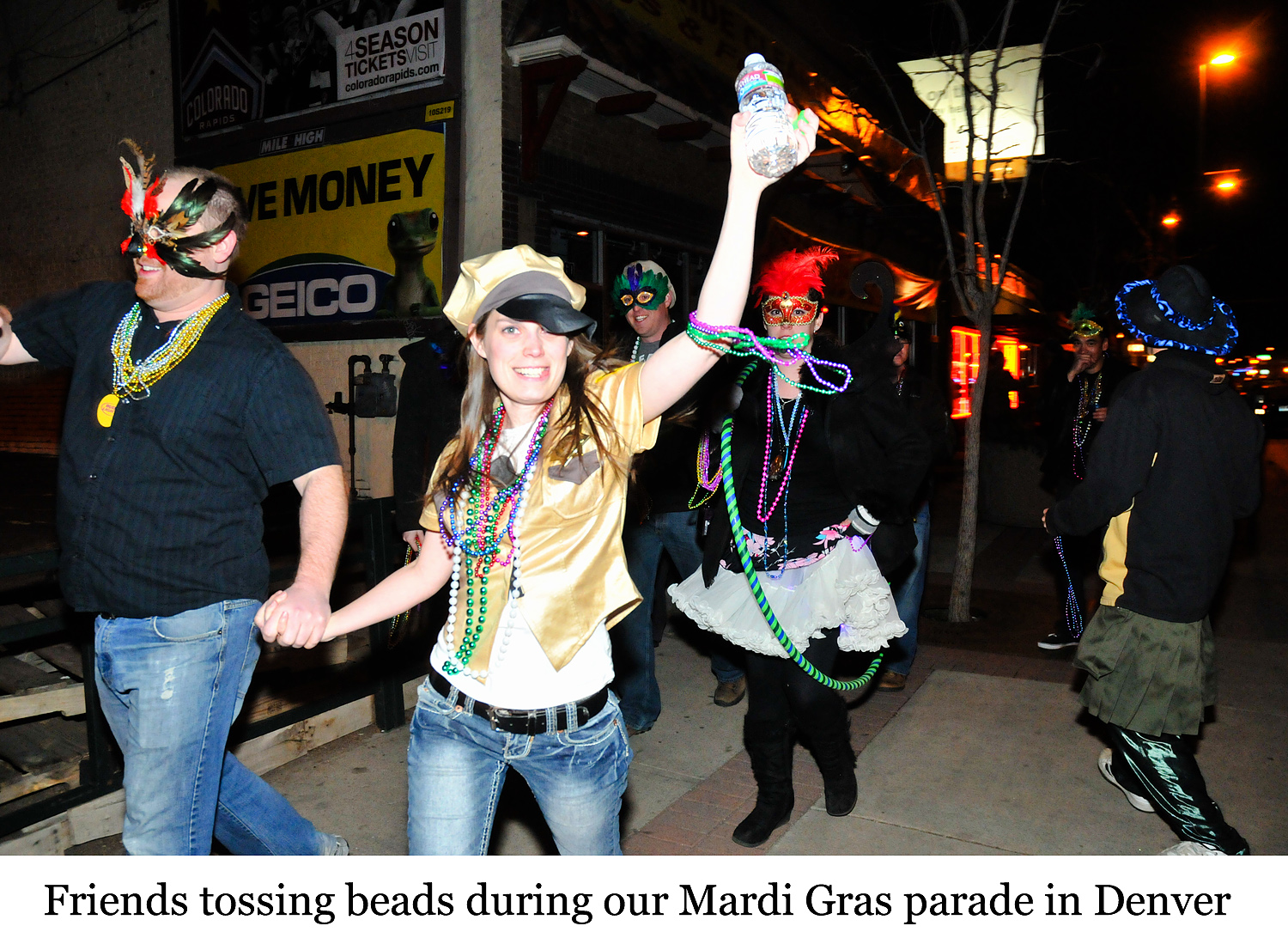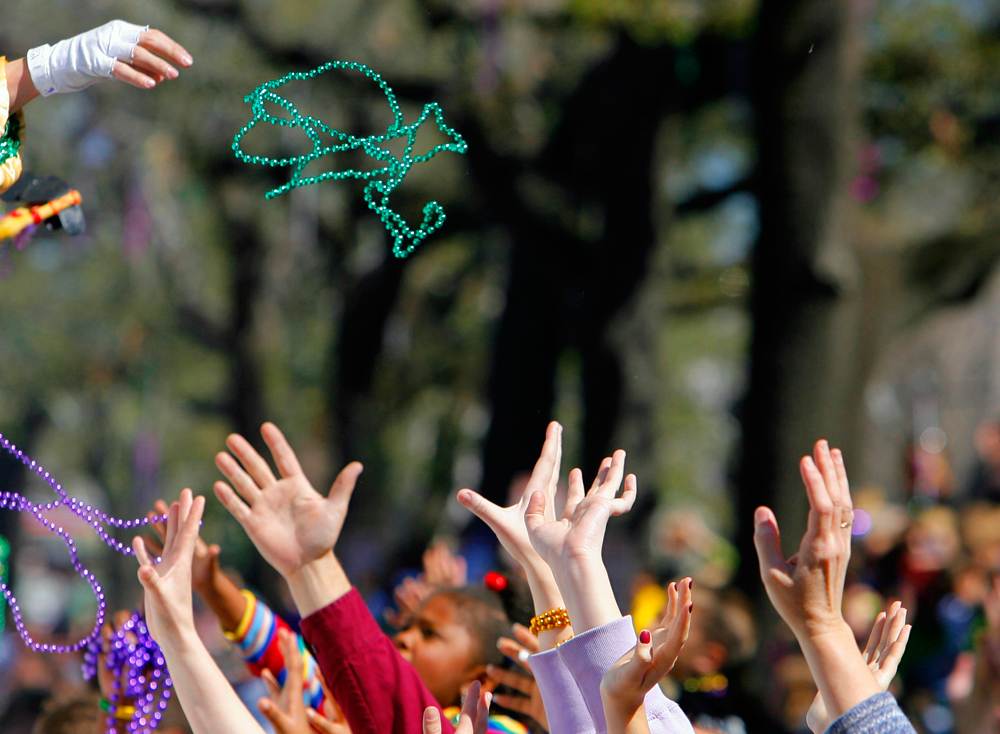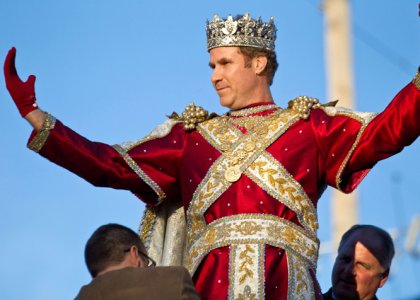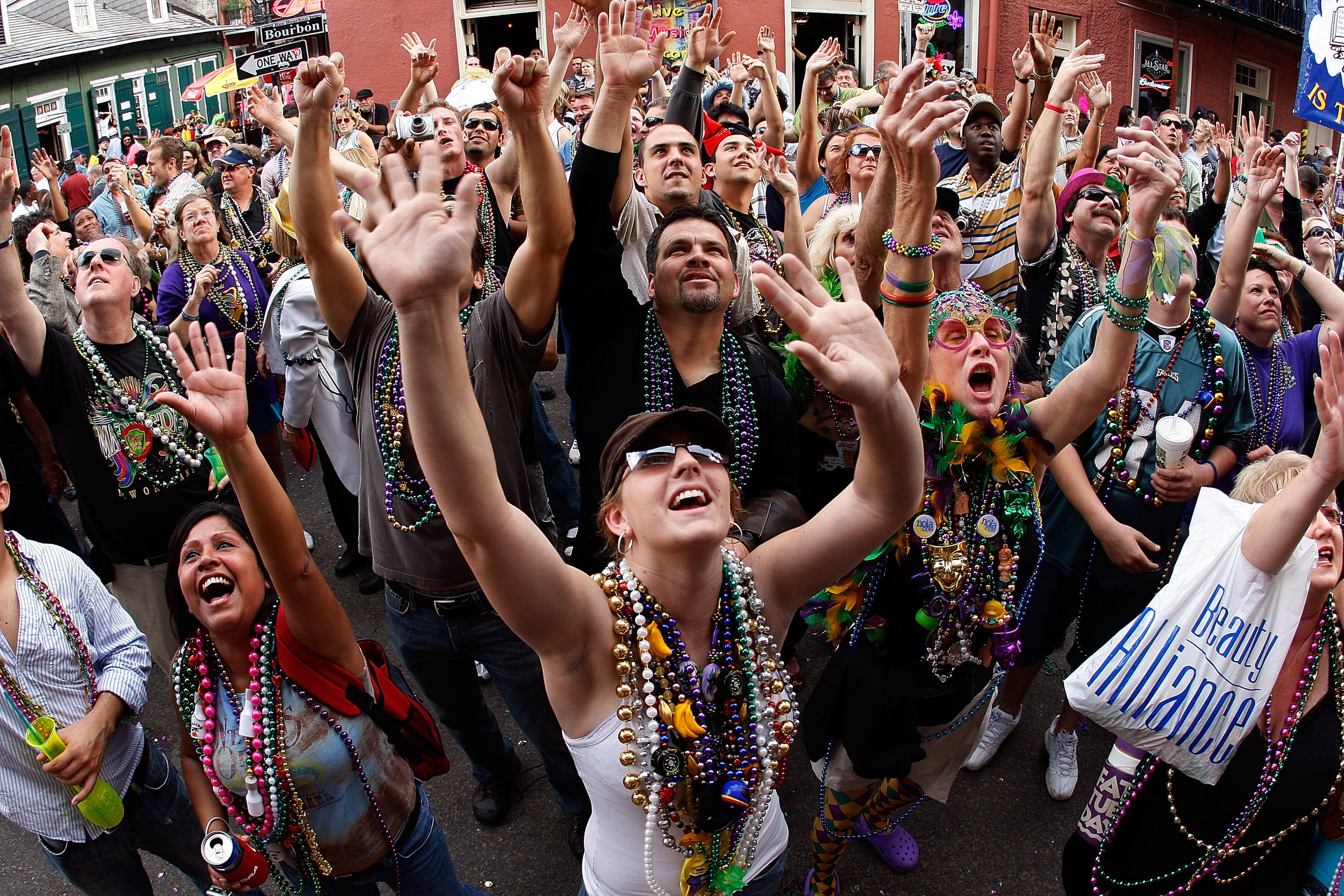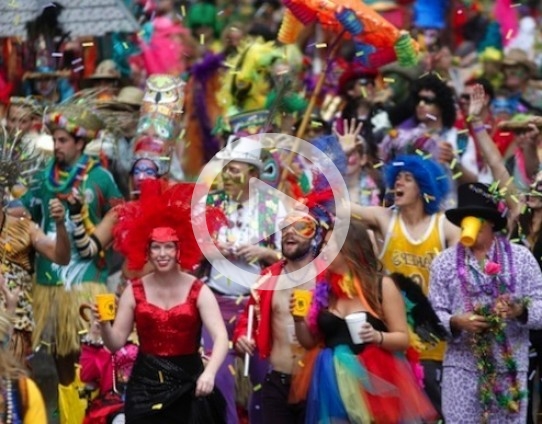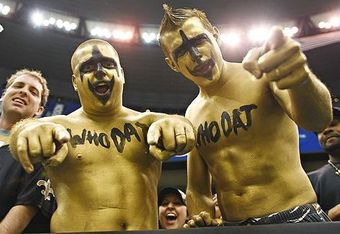2025 Mardi Gras Parade Schedule
Parades roll through New Orleans throughout the Carnival Season, but the biggest, most elaborate and most exciting parades happen during the last weekend of Mardi Gras through Fat Tuesday, which is exactly when our tour takes place! Each parade has its own unique theme, and is hosted by a different "Krewe." Parades feature floats, marching bands, dance troupes, mounted riders, Krewe royalty and more! Most visitors will plan to arrive no later than Friday, February 9, 2024 in order to enjoy an extended weekend of festivities. The 2024 Parade Schedule is below. Info provided by MardiGrasNewOrleans.com.
FRIDAY February 28, 2025
French Quarter Krewe of Bosom Buddies - 11:30am View
Uptown Krewe of Hermes - 5:30pm View
Uptown Krewe d'Etat - 6:30pm View
Uptown Krewe of Morpheus - 7:00pm View
SATURDAY March 1, 2025
Uptown Krewe of Iris - 11:00am View
Uptown Krewe of Tucks - 12:00pm View
Mid-City Krewe of Endymion - 4:00pm View
SUNDAY March 2, 2025
Uptown Krewe of Okeanos - 11:00am View
Uptown Krewe of Mid-City - 11:30am View
Uptown Krewe of Thoth - 12:00pm View
Uptown Krewe of Bacchus - 5:15pm View
MONDAY March 3, 2025
Uptown Krewe of Proteus - 5:15pm View
Uptown Krewe of Orpheus - 6:00pm View
FAT TUESDAY March 4, 2025
Uptown Krewe of Zulu - 8:00am View
Uptown Krewe of Rex - 10:00am View
Uptown Krewe of Elks Orleans - Follows View
Uptown Krewe of Crescent City - Follows View
** Thank you MardiGrasNewOrleans.com for this parade information. You can find additional info on all parades, routes, krewes and more on their website here.
Learn about the Krewes
Event Schedule: Final Weekend through Fat Tuesday
Weekend before Mardi Gras
The population of New Orleans more than doubles with visitors starting the weekend before Mardi Gras! Thursday evening kicks off with a bang with an all-ladies parade featuring the sassy Krewe of Muses. This Krewe is known for its throws of decorated shoes and other lady-themed trinkets, as well as float and costume themes poking fun at politicians, celebrities and musicians. Friday parades feature the large Krewe of Hermes and satirical Krewe D'État parades. There are also several smaller neighborhood parades like the Krewe of Barkus (one of our favorite parades where dogs and pets are dressed up in costume and walked down the streets to silly music) and the Krewe of OAK. The day ends with one of the fastest growing krewes, the Krewe of Morpheus. Several daytime parades roll on Saturday, including Krewe of Tucks.
The first of the "super krewes", Endymion, parades on Saturday night, with the celebrity-led Bacchus parade on Sunday night. Super Krewe parades always draw huge crowds and are often the biggest, most elaborate parades at Mardi Gras. Sunday also features Okeanos and Thoth, among several others.
Lundi Gras
The Monday before Mardi Gras is known as Lundi Gras, or "Fat Monday". The monarchs of both the Zulu Social Aid & Pleasure Club and Krewe of Rex, arrive by boat on the Mississippi River front at the foot of Canal Street. Here, an all-day party is staged with traditional New Orleans music, dancing and eats. The monarchs of each club then parade the following day. Uptown parades, which are less frequented by tourists, start with one of New Orleans' most prestigious organizations, the Krewe of Proteus. Dating back to 1882, Proteus is the second oldest krewe still parading in the city today. The uptown Proteus parade is then followed by the newer organization, music-themed super-Krewe Orpheus.
Mardi Gras Day
Celebrations begin quite early on Mardi Gras Day and continue all day and through the night. Depending on the Lenten season and ultimately the date of Easter, Mardi Gras can fall on any Tuesday between February 3 and March 9. Uptown, the Zulu parade rolls first, with the Rex parade following immediately after. Both end on Canal Street which is at the border of the French Quarter. A number of smaller parades with "truck floats" follow the Rex parade down the tree-lined streets.
Numerous smaller parades and walking clubs also parade around New Orleans, featuring costumed members, floats, bands and dance routines. The Jefferson City Buzzards, the Lyons Club, the Irish Channel Corner Club, Pete Fountain's Half Fast Walking Club and the KOE all start earlier in the day Uptown and make their way toward the French Quarter. At the other end of the old city, the Society of Saint Anne travels from the Bywater through Marigny and the French Quarter, to finally meet Rex at Canal Street. The always-entertaining Pair-O-Dice Tumblers journey from bar to bar in Marigny and the French Quarter from noon to dusk. Various groups of Mardi Gras Indians, divided into uptown and downtown tribes, parade in their traditional costume and finery.
End of each Mardi Gras
The formal end of Mardi Gras arrives with "the Meeting of the Courts", a term describing the ceremony at which Rex and His Royal Consort, the King and Queen of Carnival, meet with Comus and his Queen at the ball of the Mistick Krewe of Comus, New Orleans' oldest active Carnival organization. The Meeting of the Courts happens at the conclusion of the two groups' masked balls, which in modern times have both been held at the New Orleans Municipal Auditorium. Since 2006, following Hurricane Katrina, the Ball has been held in the Marriott Hotel.
Promptly at the stroke of 12am midnight at the end of Fat Tuesday, a horse- mounted squad of finely dressed New Orleans police officers make a show of clearing upper Bourbon Street, where the bulk of out-of-town party people congregate. The mounted police officers announce through the streets that Mardi Gras is officially over, and that the party must end as it is now the start of Lent. The Lenten season commences with Ash Wednesday.
The Day After...
Ash Wednesday, the day after Fat Tuesday, is sometimes jokingly referred to as "Trash Wednesday" due to the huge amounts of trash, etc. left in the streets by the previous day's celebrations. The tons upon tons of refuse picked up by the city sanitation department always proves to be a local news item. It also reflects the positive economic impact brought by the droves of tourists who visit New Orleans at each year's Mardi Gras celebration.

